August 23, 2020
Martha O'Kennon
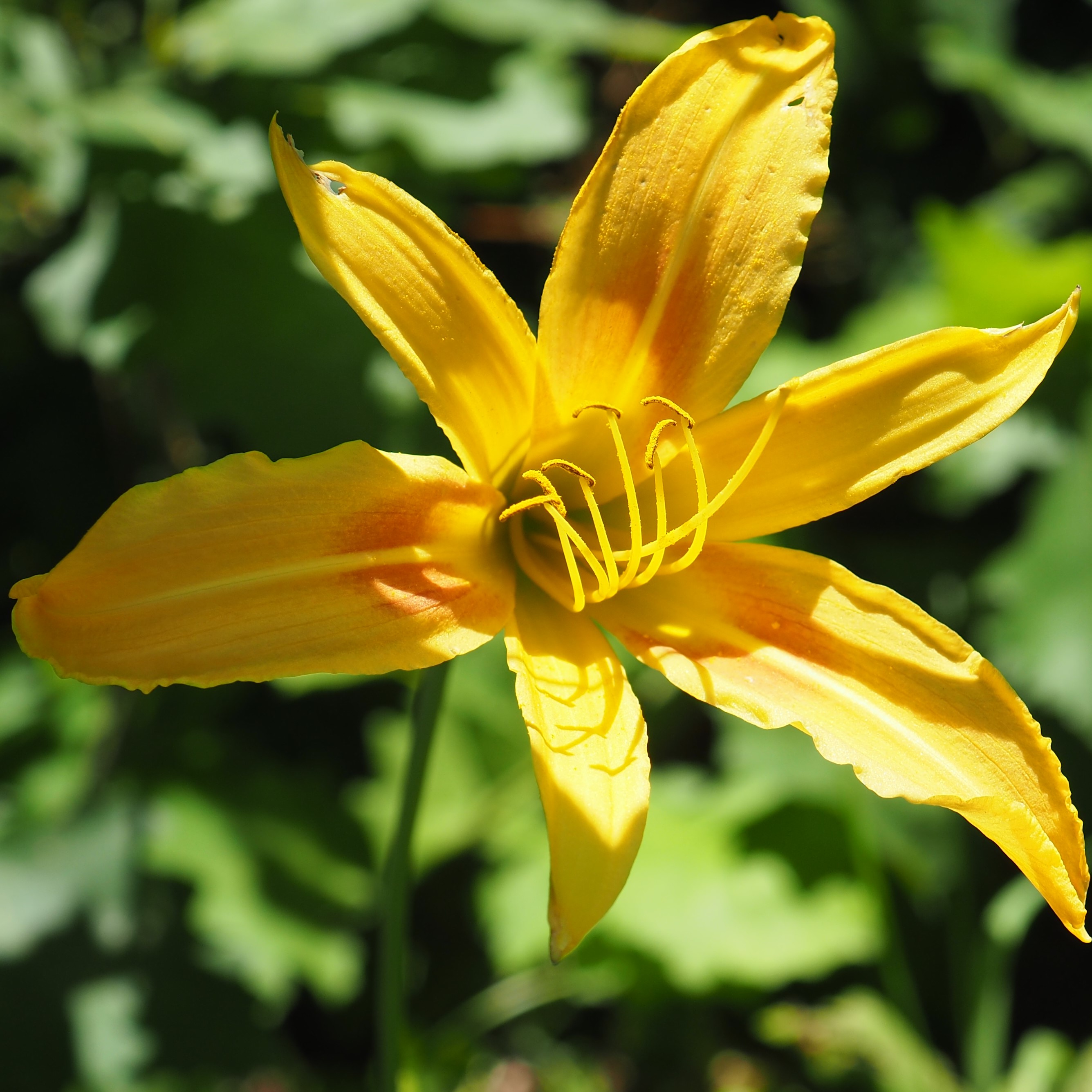
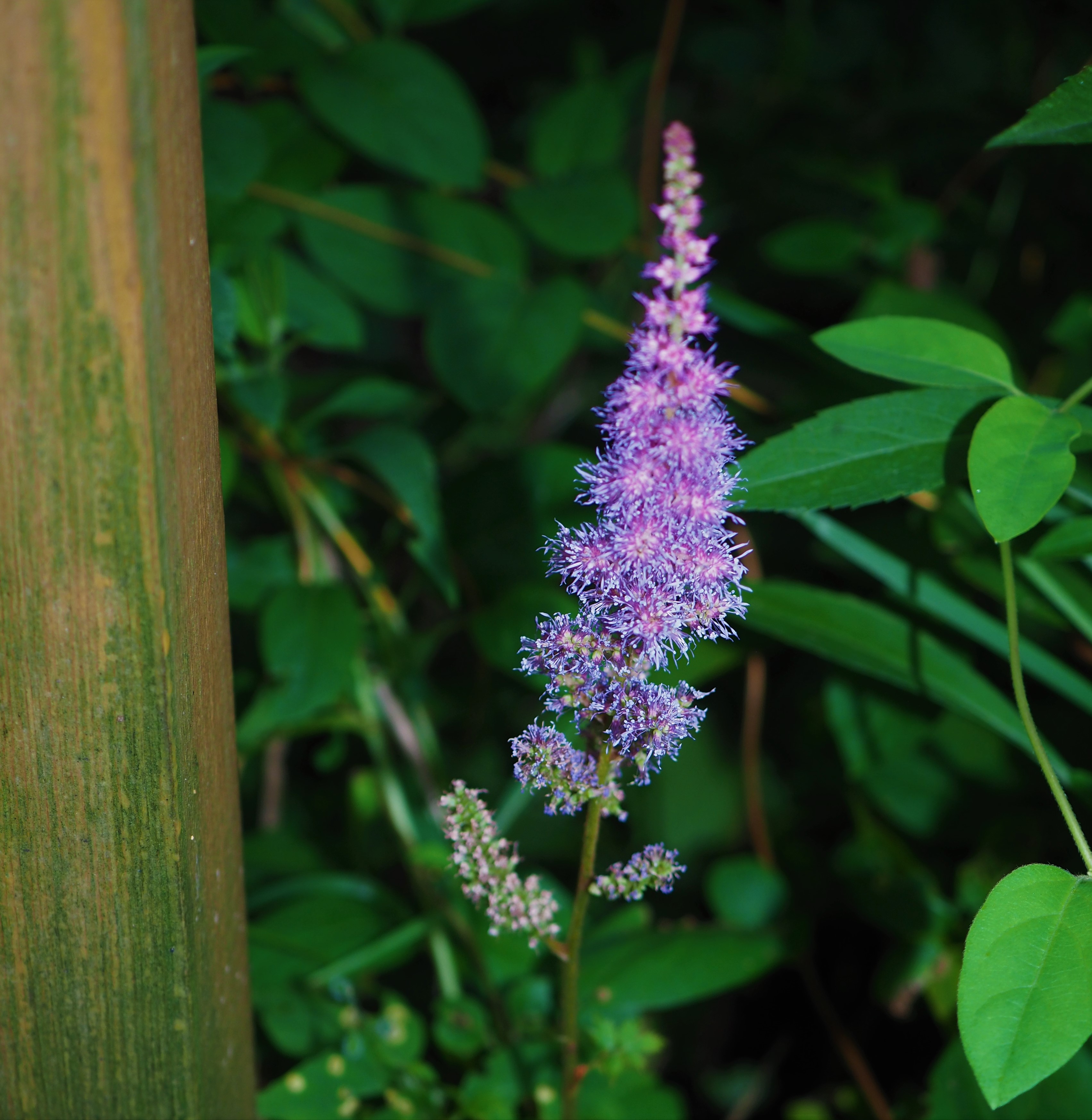
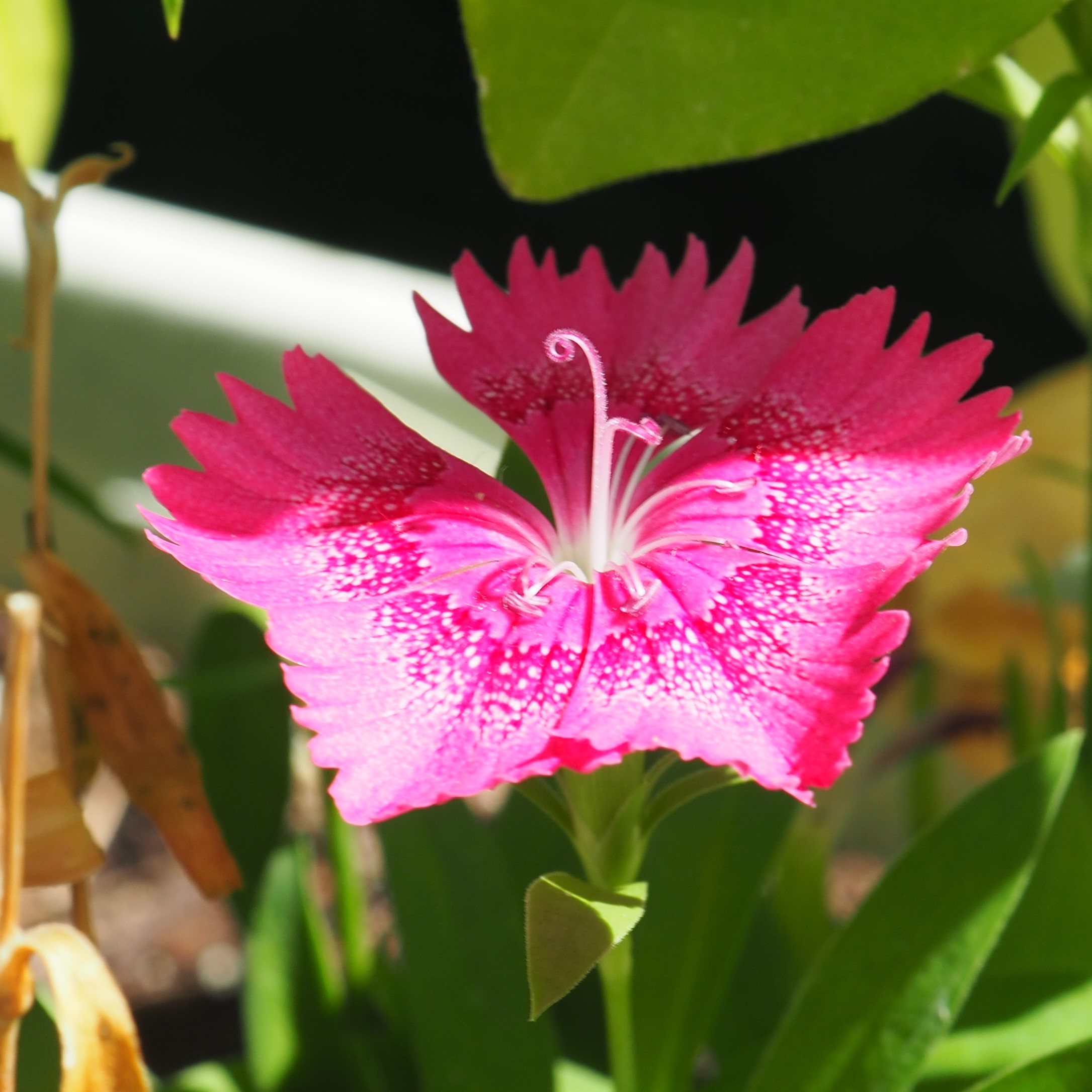
Here are some of the flowers blooming now. First is a variant of August Orange, a late Day Lily. Then you see Betty Beese's miniature Astilbe again; and finally one of the Dianthus flowers from the Deck Plant Boxes.
It is still cooler. The bad news is that the Raccoons have figured out that the smell of Foxes was a ruse, and have once more torn up the liner at the shallow end. Terminix is bringing in the cages on Monday and hopefully can get rid of the coons until we are able to redig the pond (It's only been here since 2006, a pretty good life span for a fake pond.) I'm sick of looking out my back upstairs window to see yet another onslaught. The newly constituted pond will be fairly deep at both ends. I'll have to pull out the lilies and the fish for a while, and only replace them when it's all redug and relined. Then we'll see what tricks our furry fiends can come up with.
Remember that there is information in the name of the file for each image. You can see it by mousing over the image - look at the lower left of the screen. Or you can click on the image to get to the (usually) larger image. Then the info is displayed in the address line above. Sometimes the second click will actually display a different view of the original image.
I'm going to start off with a Rogue's Gallery of the Ants seen this week, then will add pictures of them in places of interest as they enter the discussion later. First is an Acrobat Ant, recognizable because of its heart-shaped gaster. Next is one of the genus Camponotus, probably C. nearcticus. Third is Lasius americanus, while fourth is Mystery so far.
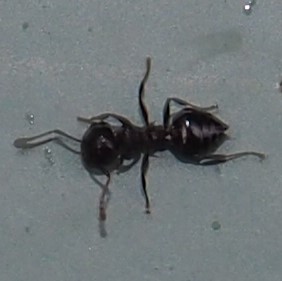
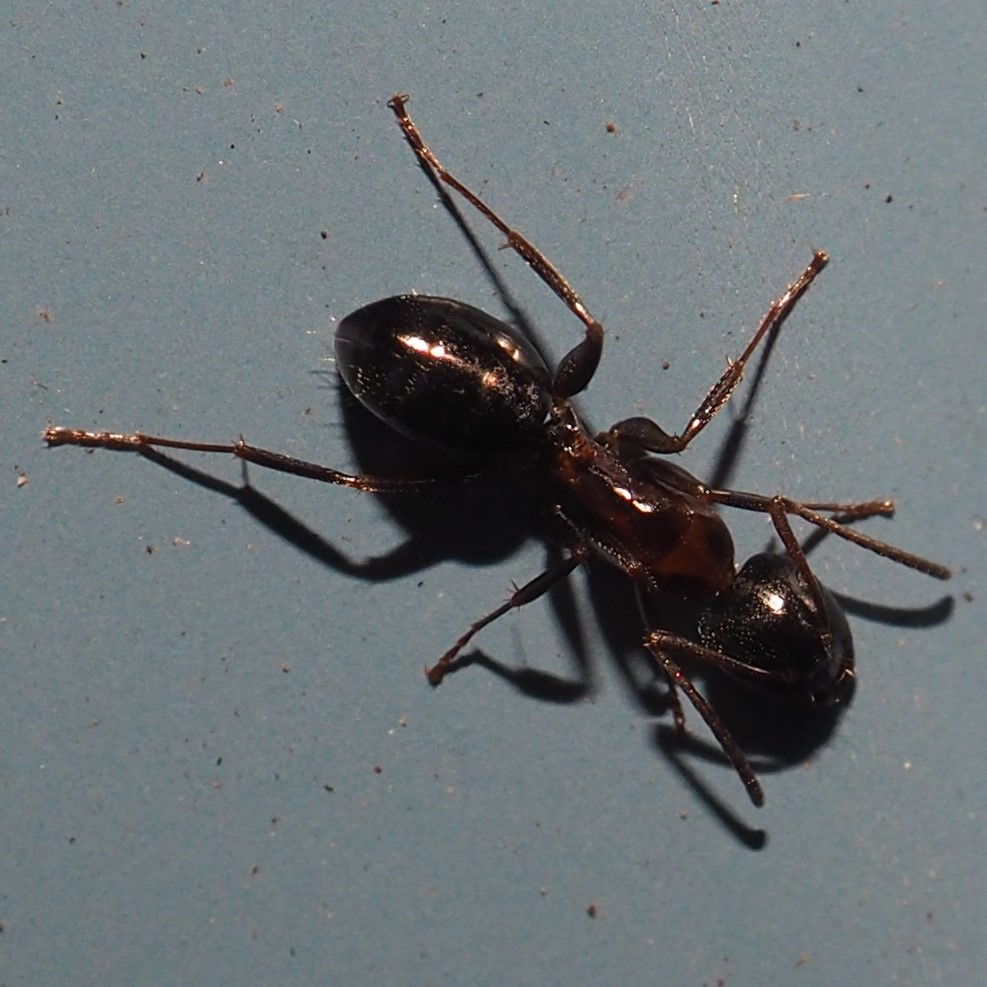

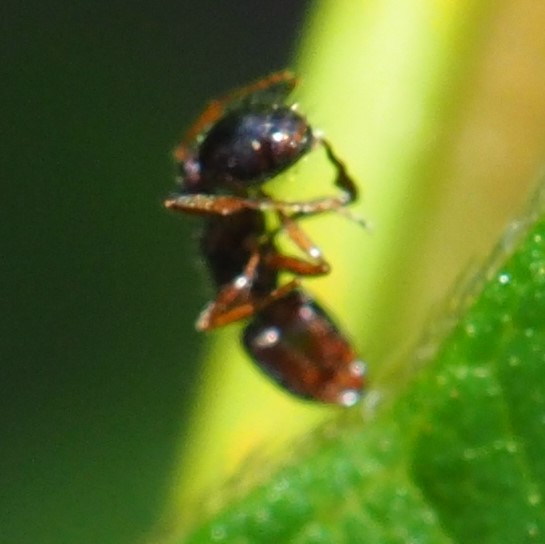
First off, a Small Honey Ant, one of the most common Ants around here. Then you see the Eastern Black Carpenter Ant; then an Odorous House Ant, Tapinoma sessile. And finally a Punctured Ant, recognizable by its drooping gaster and its interesting complexion, similar to many of the Myrmicine Ants.
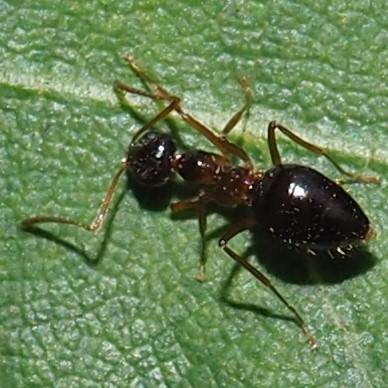
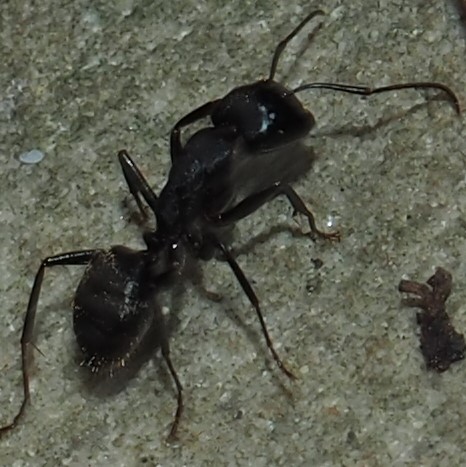
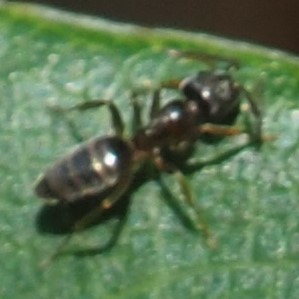
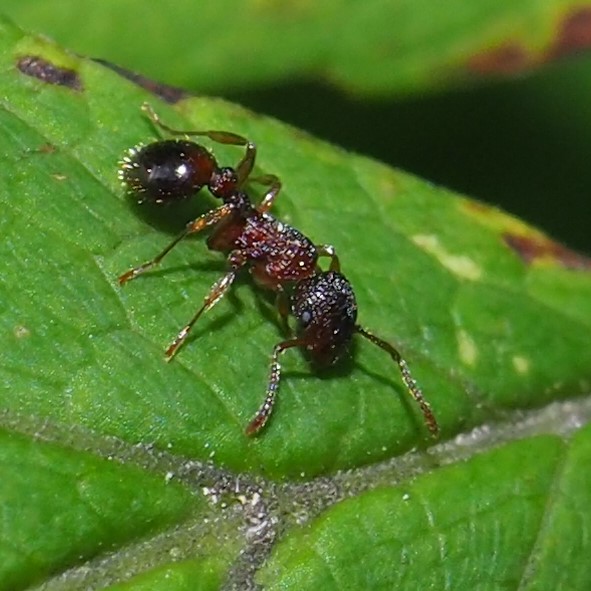
A lot of action going on in the Aphid colonies on the Goldenrod. As before, there is some conversion from Aphid to Aphid Zombie, er Mummy. But this week for a couple of days, I was seeing creatures I don't recall ever seeing. There seem to be orange "caterpillars" for lack of a better word. Further on, in a paragraph about Caterpillars in the Butterfly and Moth larvae, I show a picture which I'm repeating here (repeating since I wrote that section first, intending to come back here later. Well, now it's later. The second picture shows some black creatures which seem to be green aphids turning black, instead of the usual brown mummy-color. In the third picture, you can see mottled critters that resemble aphids. Could they be an intermediate stage? Okay, if anyone out there knows anything about these things: the orange "caterpillars", and the black and mottled forms; or the creature that looks like a jumbling of a green aphid AND an orange caterpillar for its abdomen, please email me - I'll quote you next week. PS. This will be a good place for you to use the click and possible reclick to enlarge a picture.
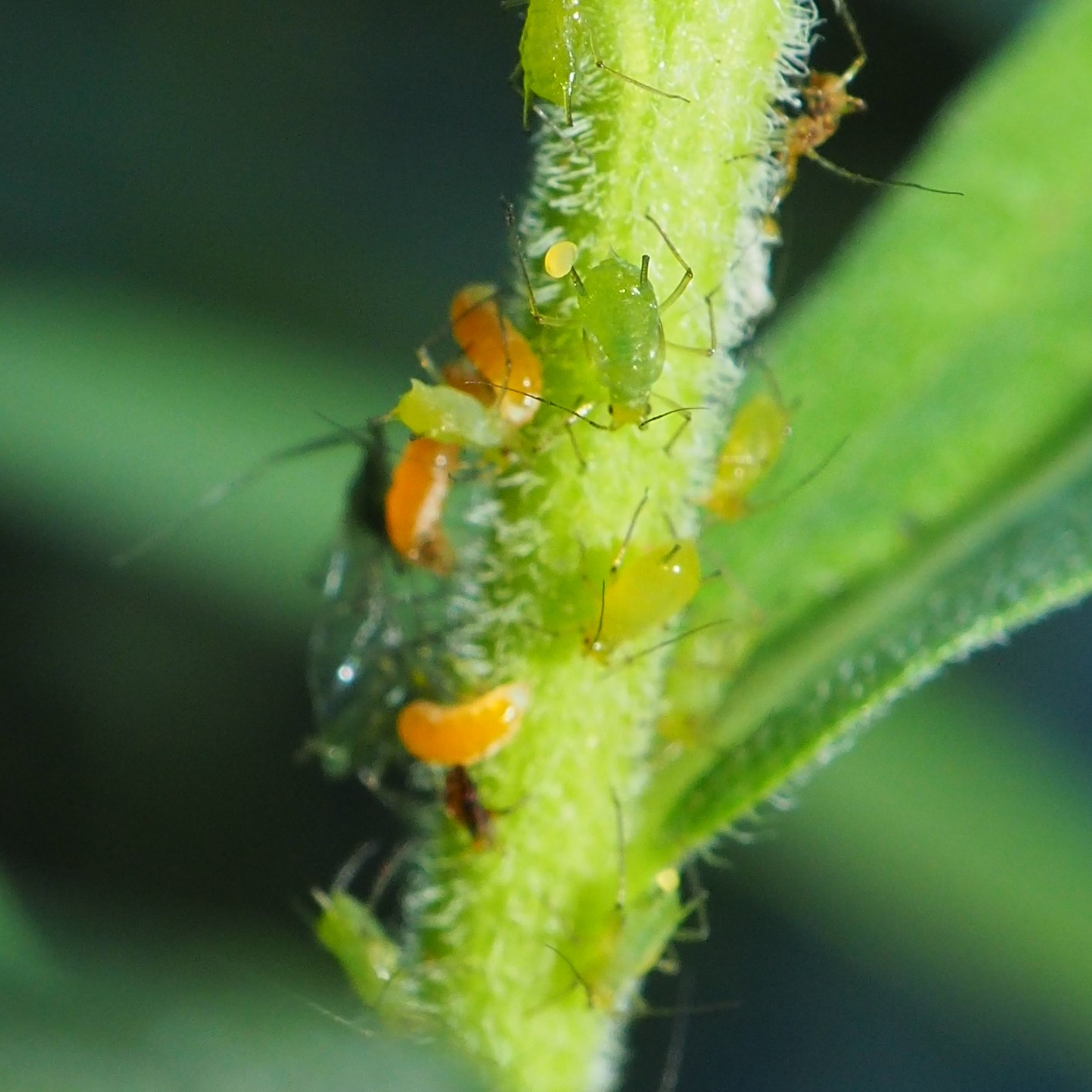
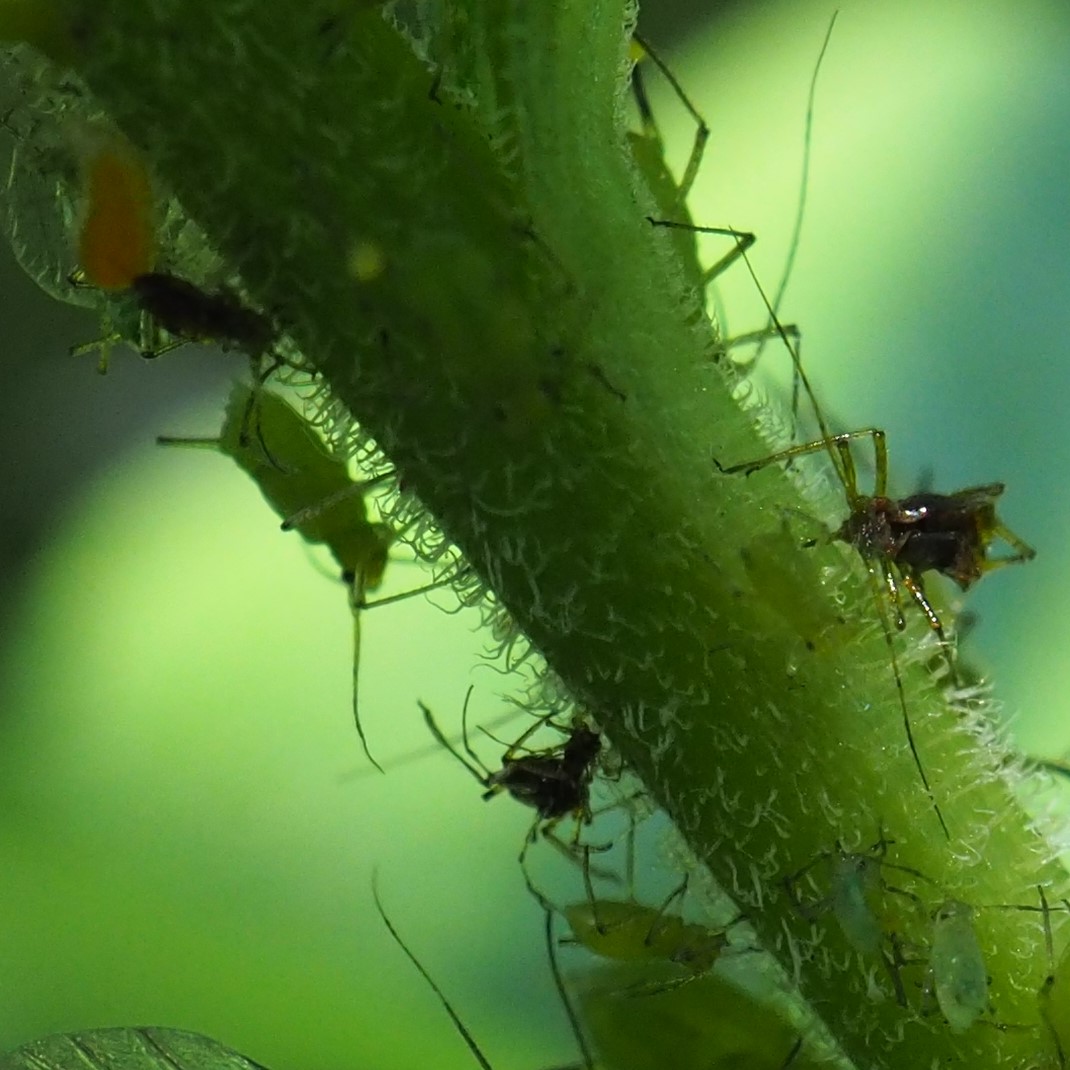
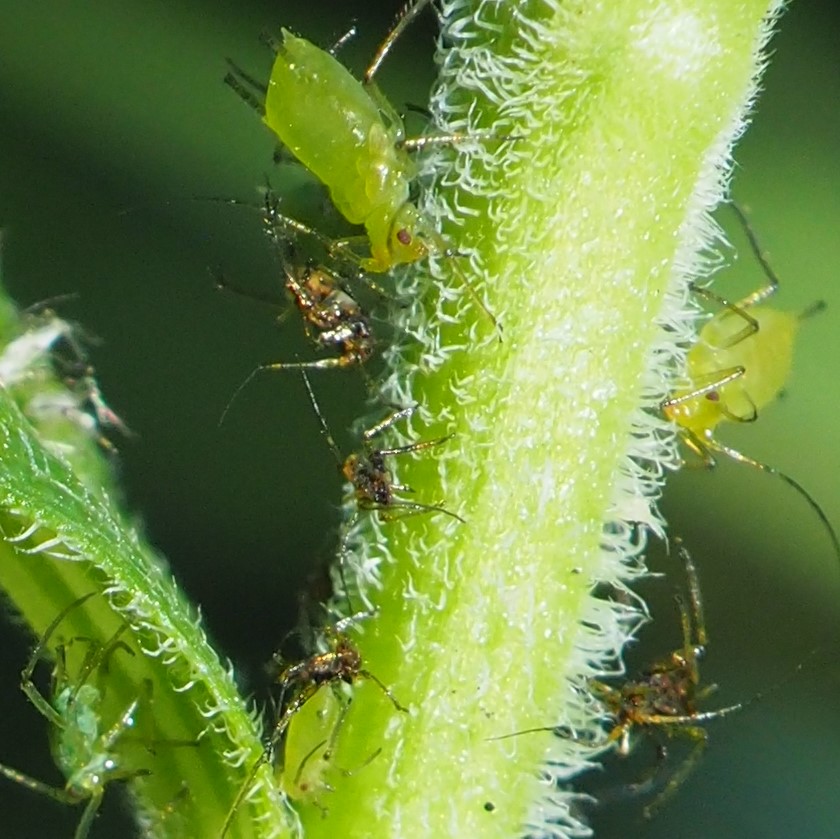
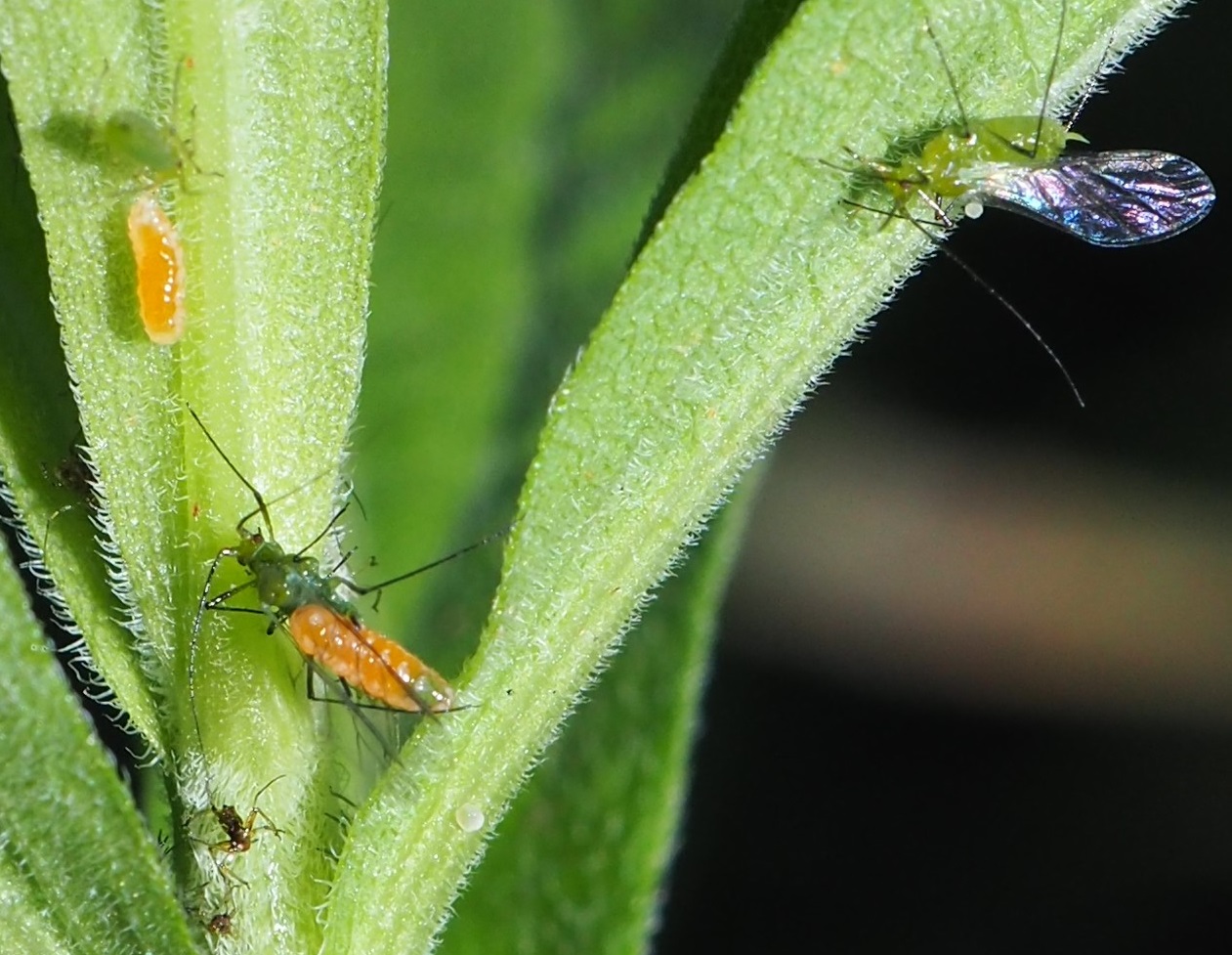
The Barklice have been very quiet this week. The Graphopsocus cruciatus are back in droves, having hatched from all those nymphs of the past couple of weeks. I think last time I was bemoaning the fact that we haven't had an adult Graphopsocus cruciatus. Well, a lot of those nymphs have decided to open up and let their adults out. I haven't seen a Polypsocus corruptus for some time, but there are always a few Echmepteryx hageni around. There was one new one.
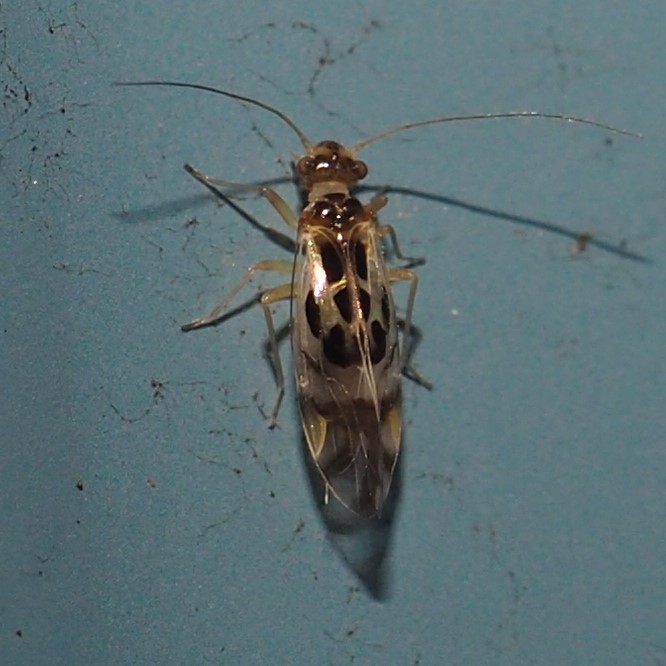
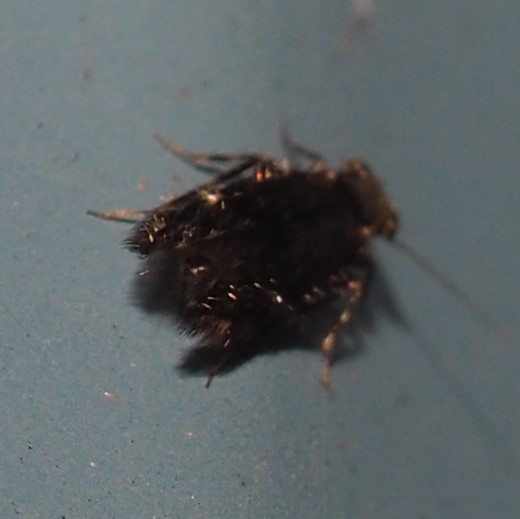
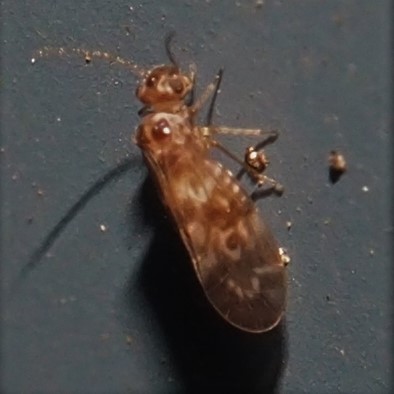
Here is another of those black Flea Beetles. And another Redbud Bruchid. And an Asian Lady Beetle with some kind of prey. I have never seen a Beetle eating an Ant, but it could be one of the Lasius americanus Ants that have been frequenting those Oak Galls. (I also don't know what kind of Fly that is up on top of the Gall.)
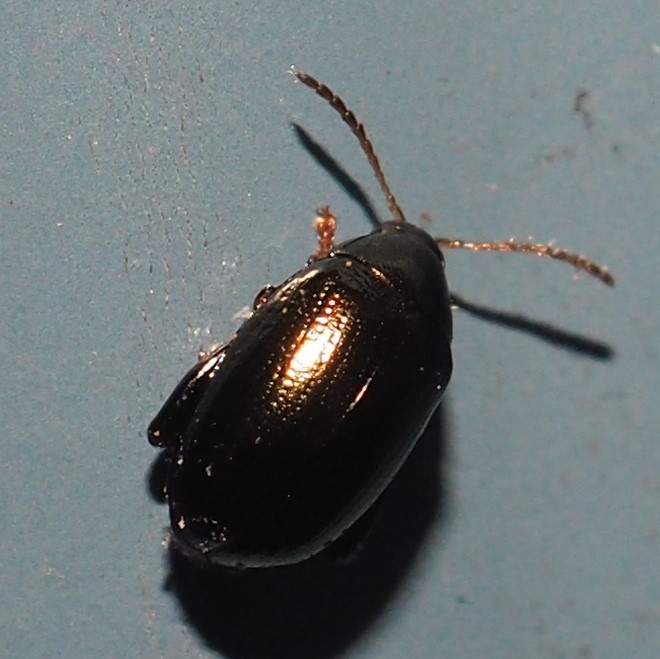
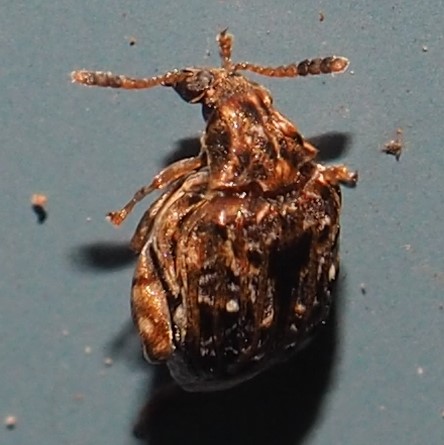
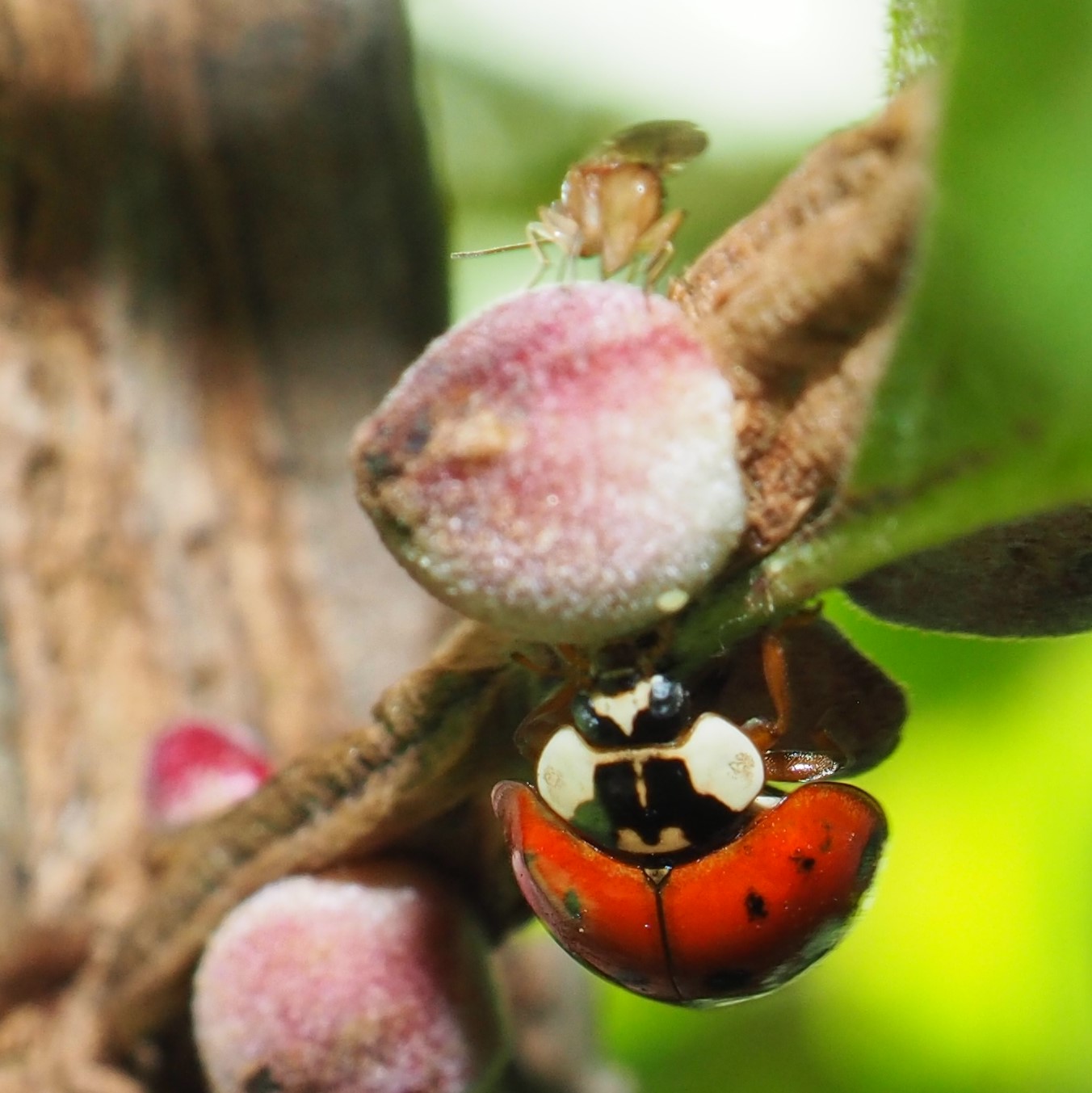
This was a good week for Lady Beetles. Besides the seemingly endless Asian Lady Beetles, we also had a Polished Lady Beetle. It isn't so easy to see in this picture, but instead of a "W" on its forehead like the Asians, the Polished has some pretty curlicues. The second picture shows you the polished, almost spotless top view. Third is a Fourteen-spotted Lady Beetle. Count 'em!
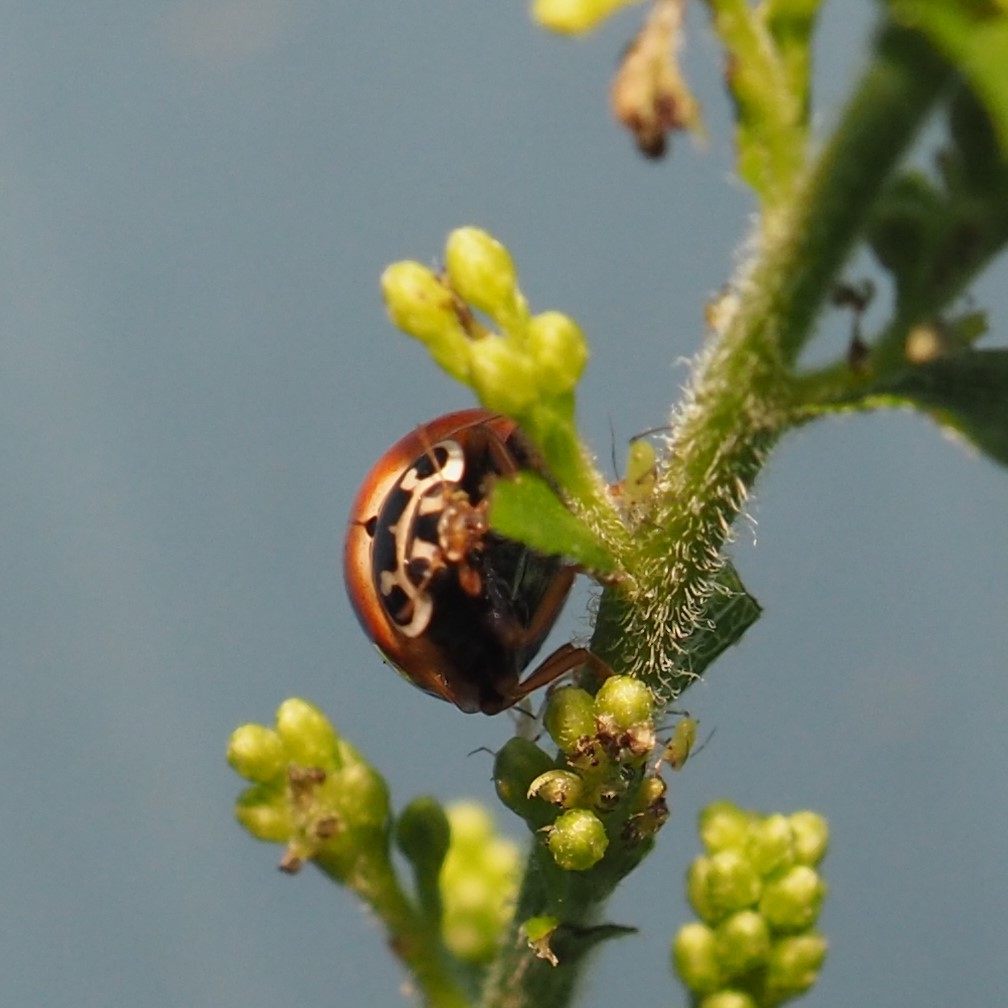
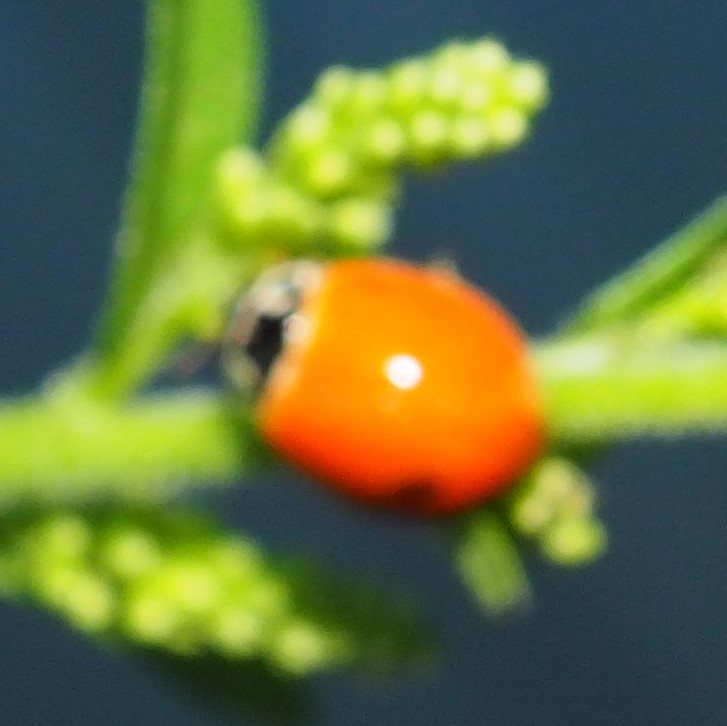
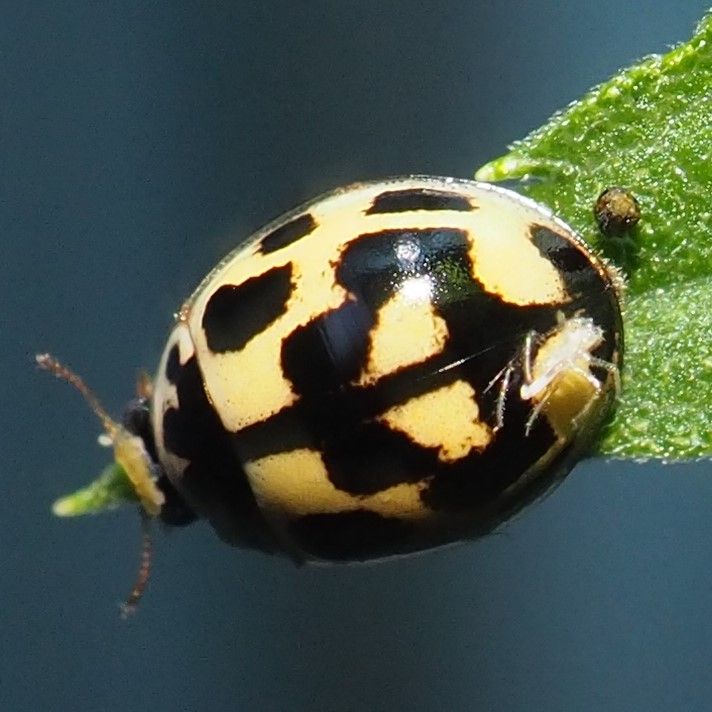
So we step into the midst of the Bugs. By far, the most common are those baby Assassin Bugs.

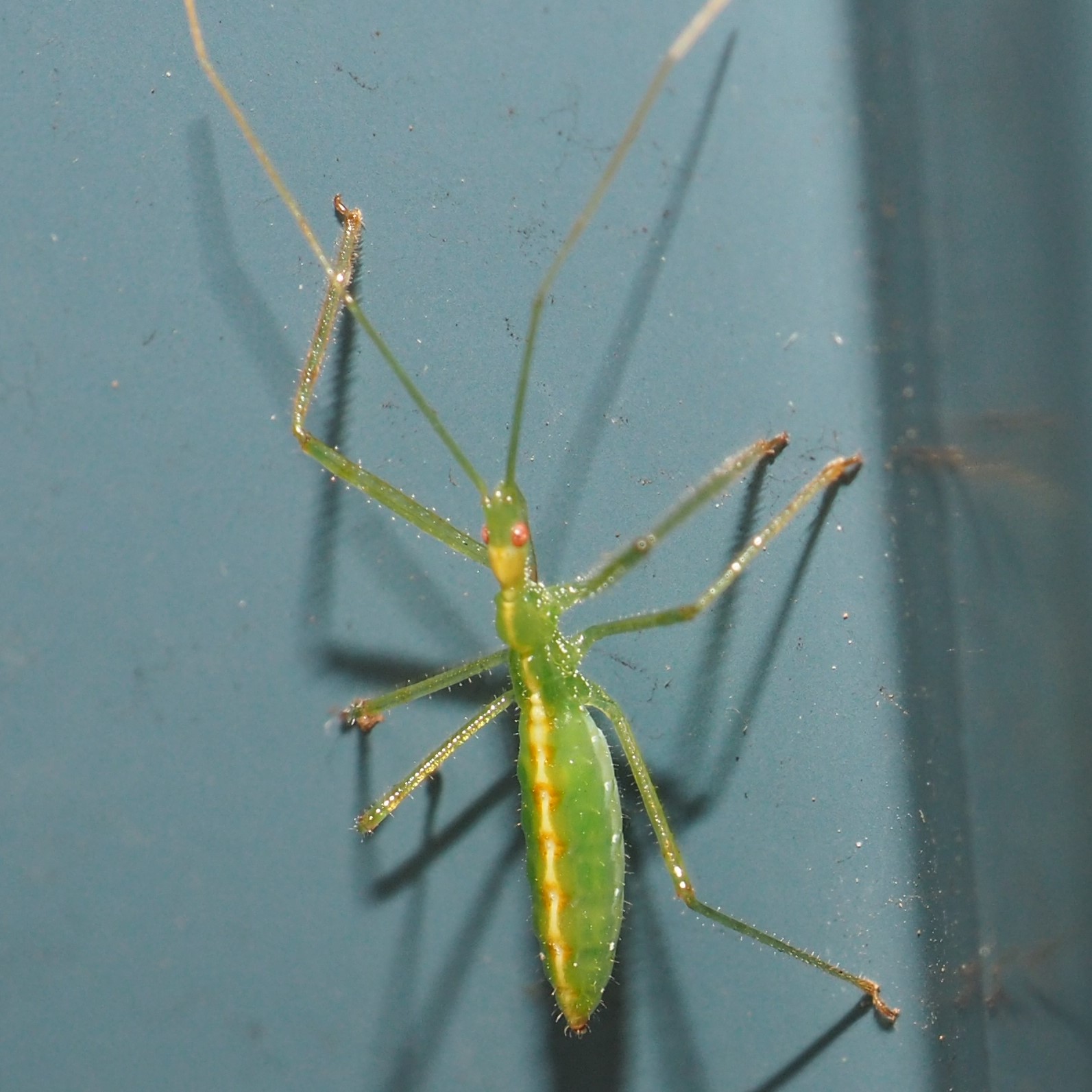
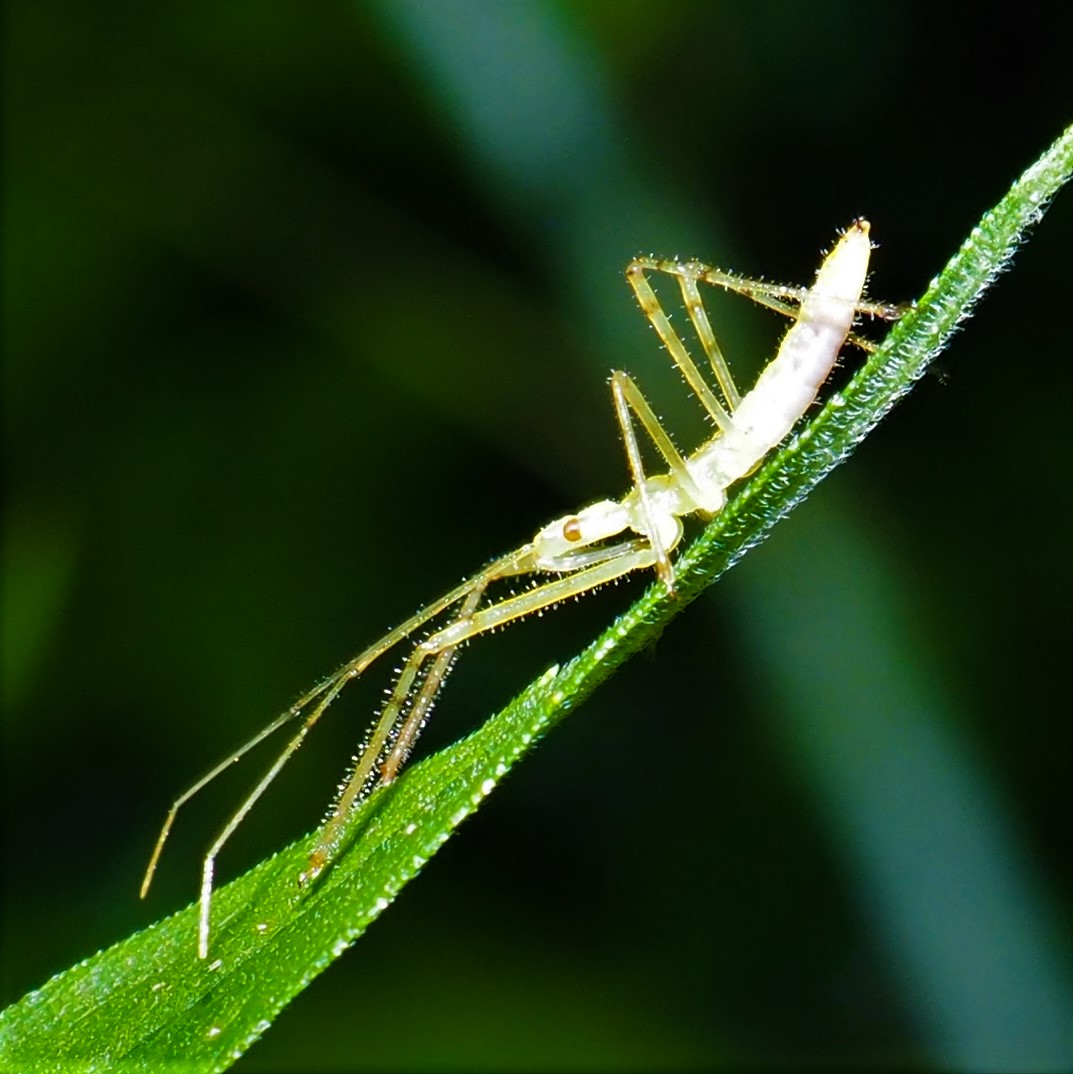
Of course, you're dying to see what kinds of Leafhoppers we saw this week. Not too shabby a lot. There was one Aphrodes remaining as the last of the Keeled Treehoppers left their Thistle in tatters.



Back at the Wall of Fame, we had a couple of variants on the basic Eratoneura model. The pattern in the first is a little more reddish and in the second a bit more yellow. And you can tell if you look closely that their patterns aren't the same. So these are two different individuals.
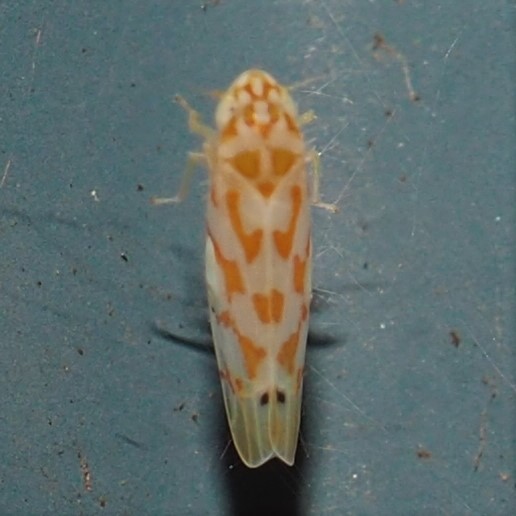
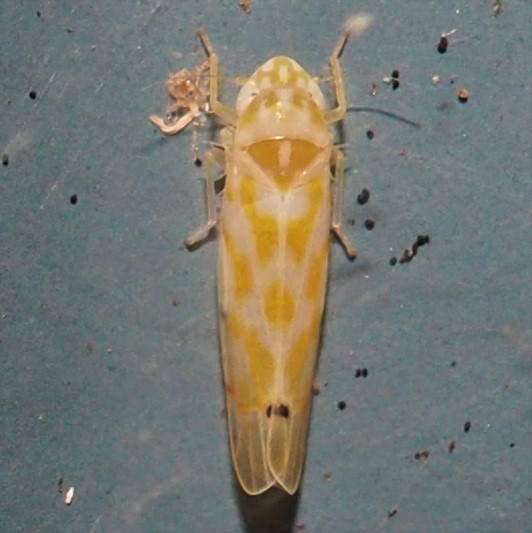
In this row, three different members of genus Erythroneura. First, E. vulnerata; then E. aclys; then E. elegans. Wow, elegant indeed, isn't it?
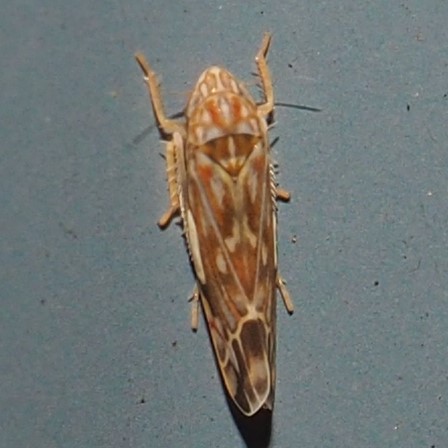


Most people's special favorites, I hear, are the Graphocephala Leafhoppers. They come in red and blue, and red and green. The nymphs, however, are whitish or maybe white with a splash of pink or yellow.
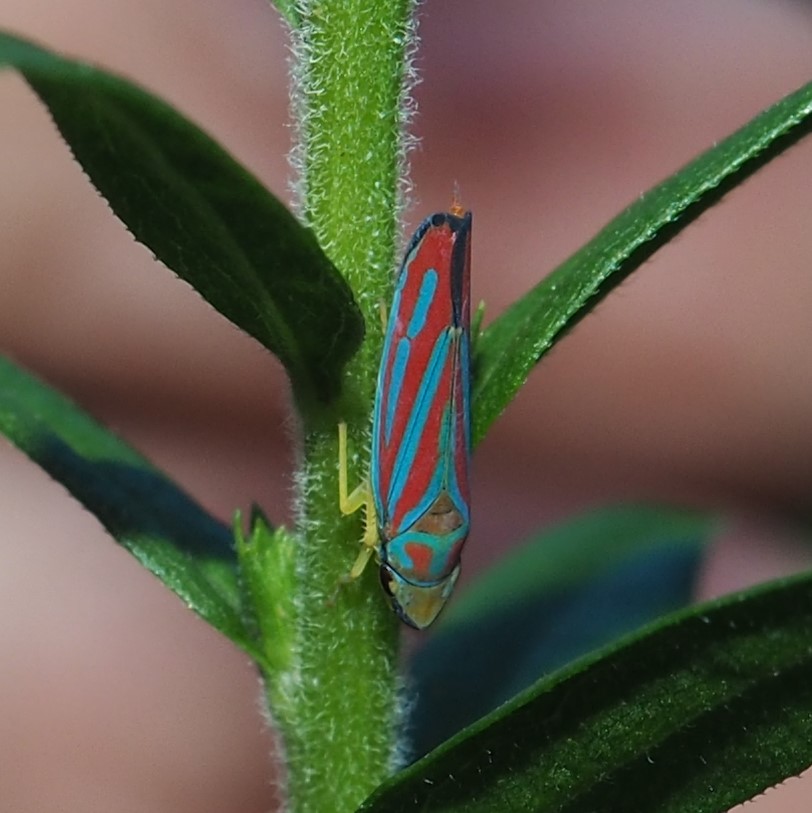
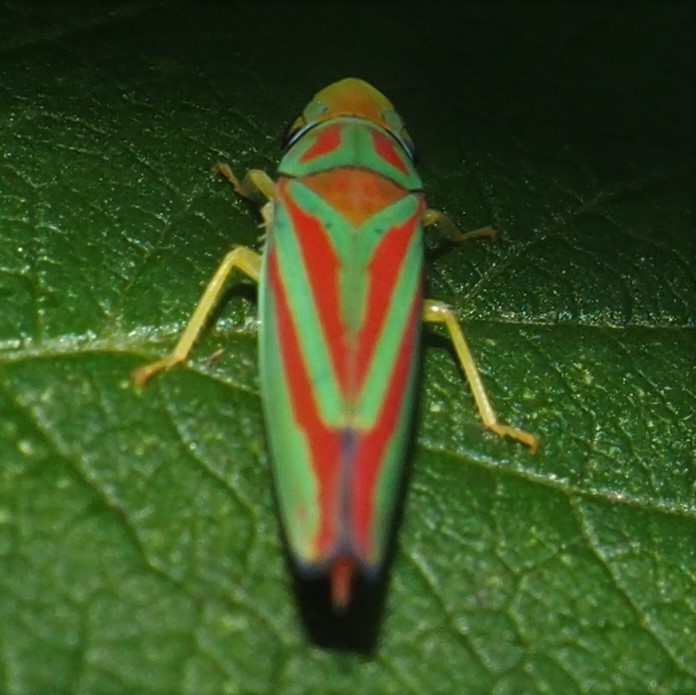
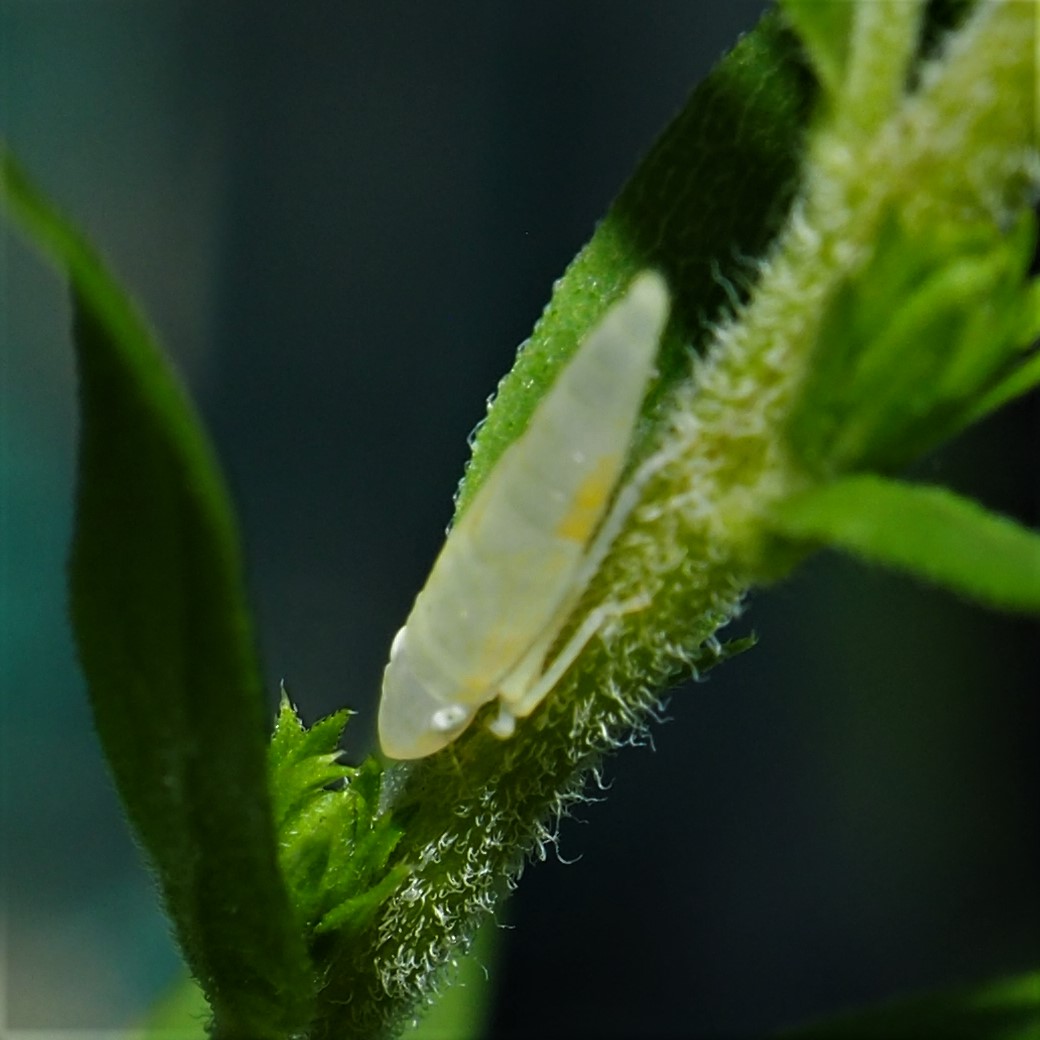
The Japanese Maple Leafhopper you may think you know by heart now. But look how different they look in different lights. This first one was taken on a green leaf. The second was on the Wall of Fame. The third was under a bright green leaf.
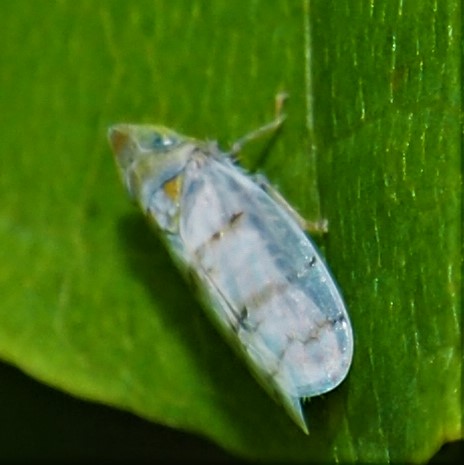

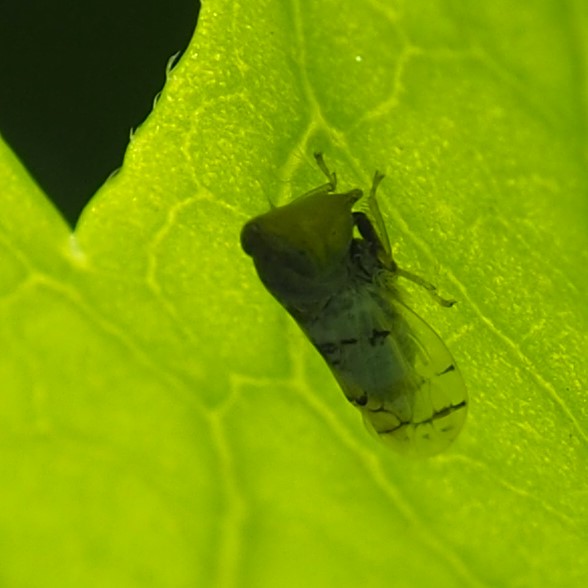
Almost last for this week is Jikradia olitoria, the Coppery Leafhopper. That's the one with the nymph with the turned-up tail and BIG EYES. This first picture shows off the Copper nicely. But try looking one in the eyes. This one was taken from a face view. It was hard to be sure who it was, but Kyle Kittelberger of iNat thought that Jikradia olitoria was a possibility. What a face! I love it! Just to check, here is a picture from a few years ago, with a face view of a nymph who seems to be practising martial arts at me. We do have one more Leafhopper - this is in the Genus Xestocephalus, which I'd never heard of before. I hope we get a chance to see more of them.
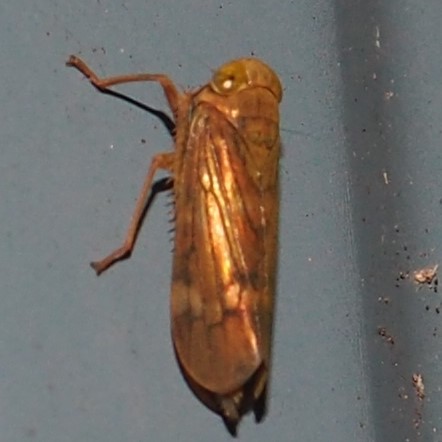
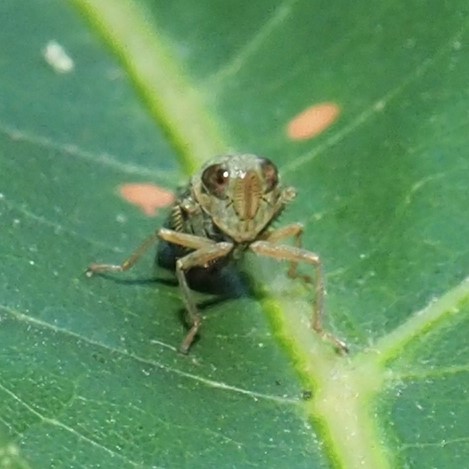
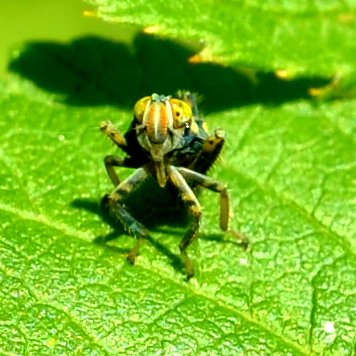

So we have come to an end of the Leafhoppers. The Planthoppers were even scarcer this week. I did spot one of those Green Planthoppers, Acanalonia conica. And this Delphacid Planthopper. This is an odd Planthopper. Instead of looking more like the other Planthoppers, it doesn't change much from nymph to adult. So this nymph-like creature actually IS the adult form. Finally, before we go to the treehoppers, here is one Spittlebug, the Alder Spittlebug. For a long time I thought that since we don't seem to have Alders near here, that this couldn't possibly be the Alder Spittlebug. But now it's been ID'ed on iNat as such, so here it is.
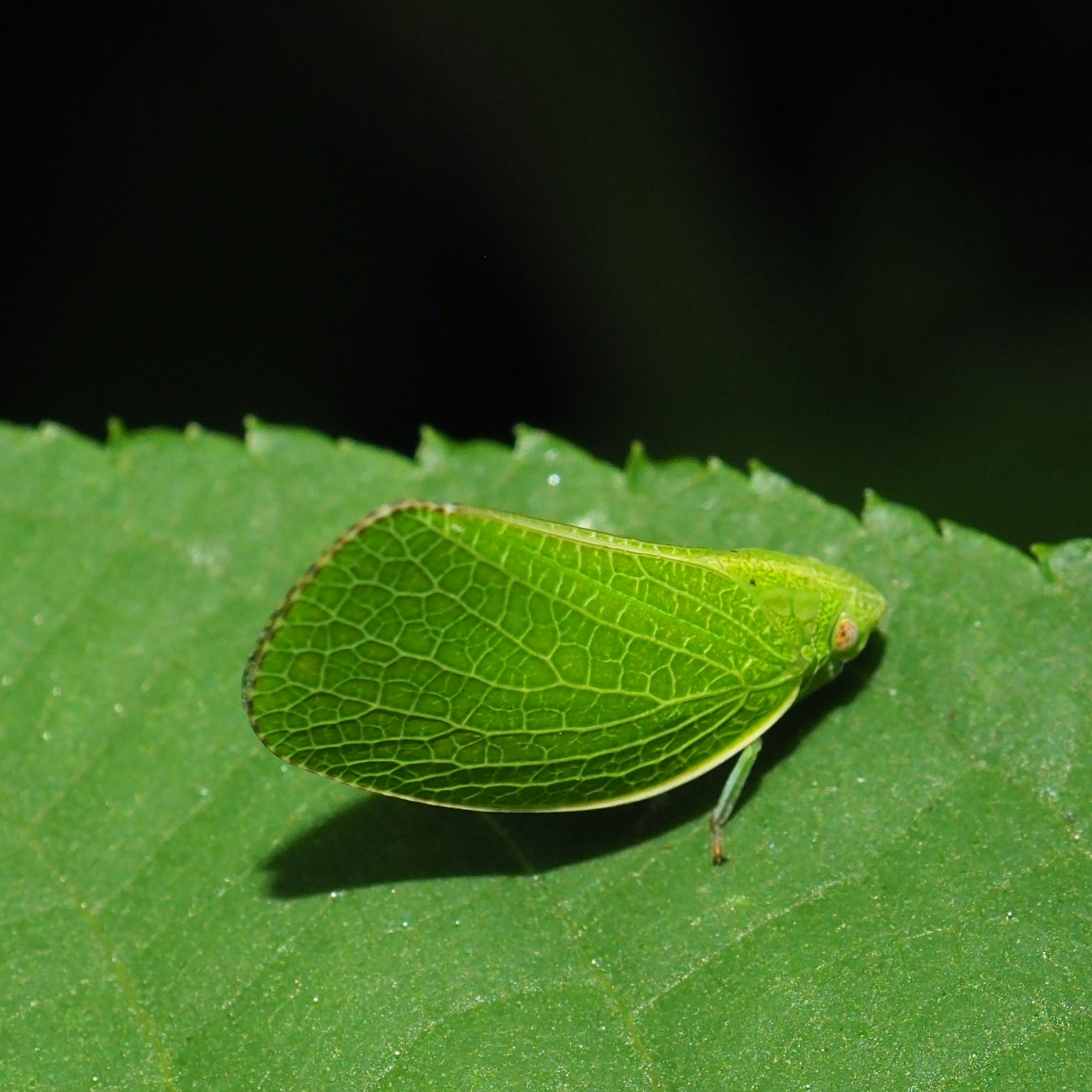
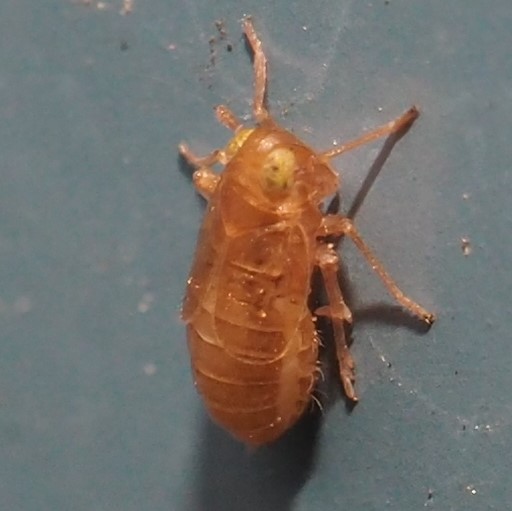

Last year when I was sending my Two Mark Treehopper specimens to my colleague in Canada, he suggested that when they lay their eggs in September I should see if I could get more specimens before fall. But this week, on August 16, to be exact, I noticed that the Redbud trees had lots of white egg masses and when I went in closer to take some pictures, I noticed that there were females still laying eggs. What a surprise!
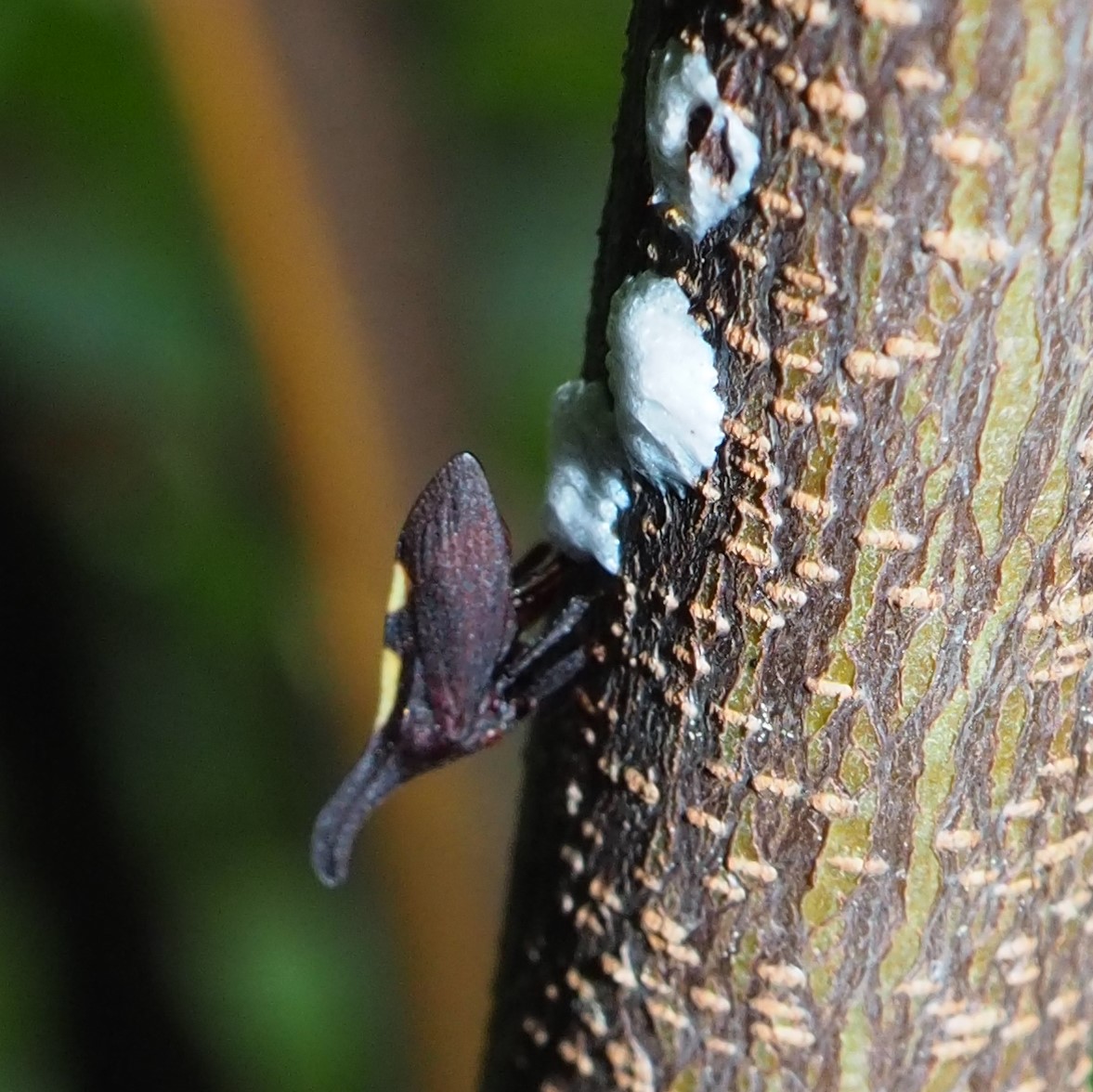
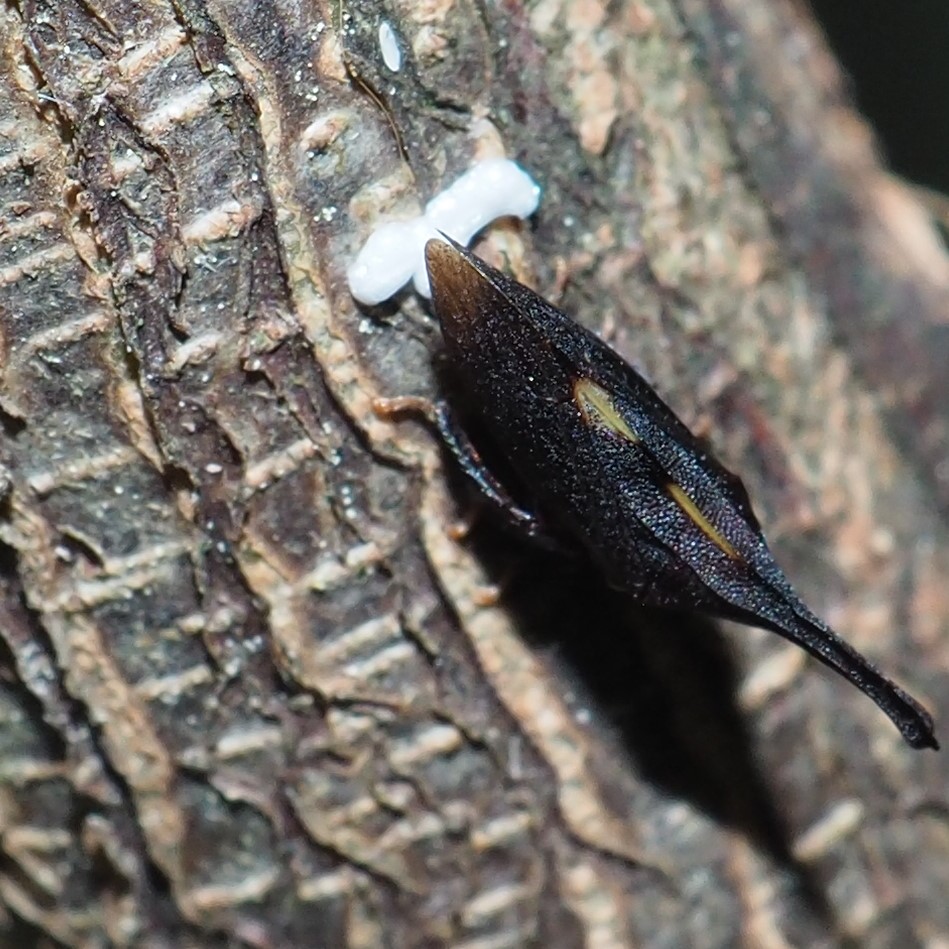
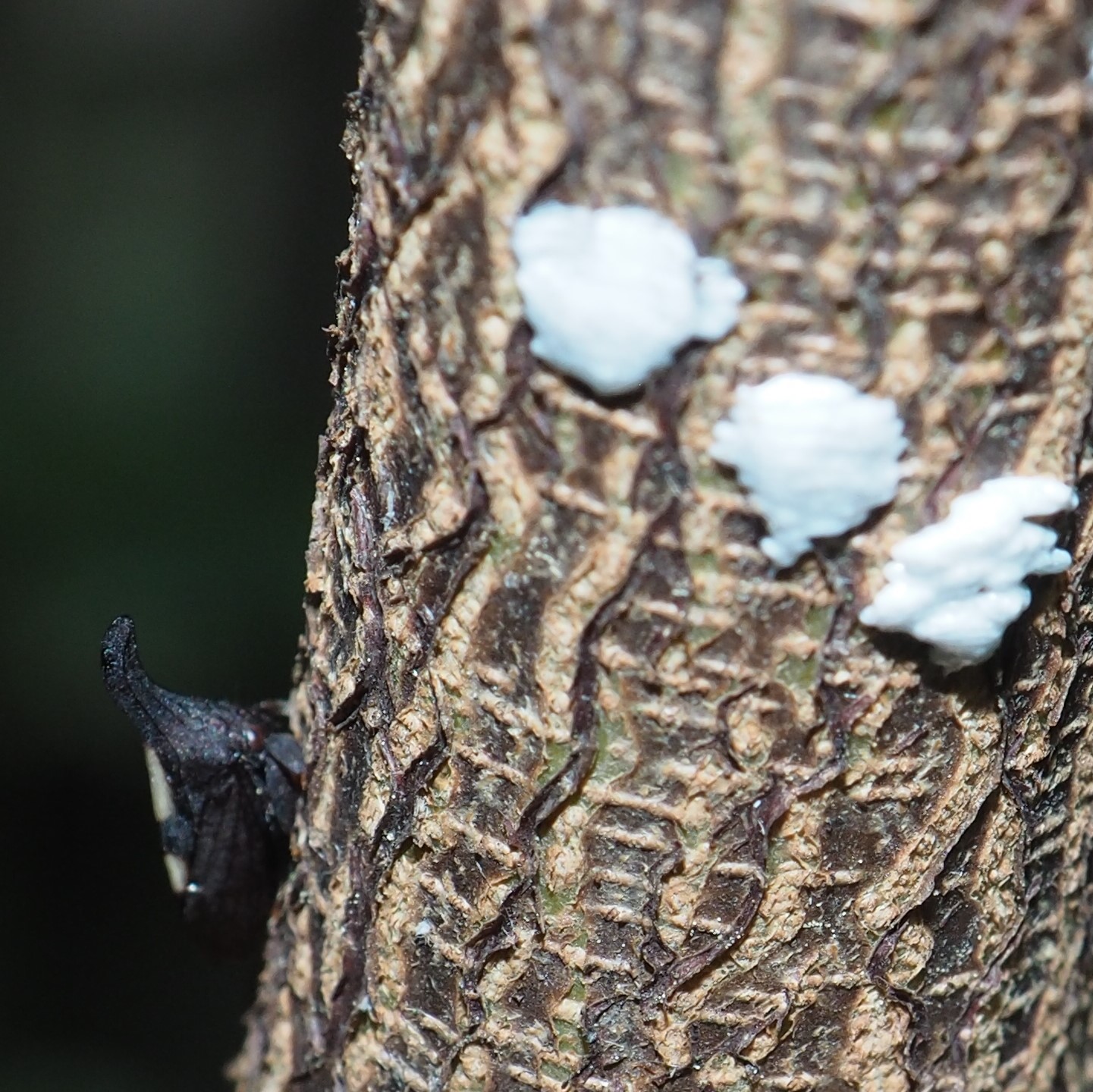
But at the same time as the females were laying their eggs, another creature seemed to be eating a batch of them. Sigh. So it goes. I don't know if the villains are exuding an egg of their own or maybe just peeing. Who knows? More to learn...

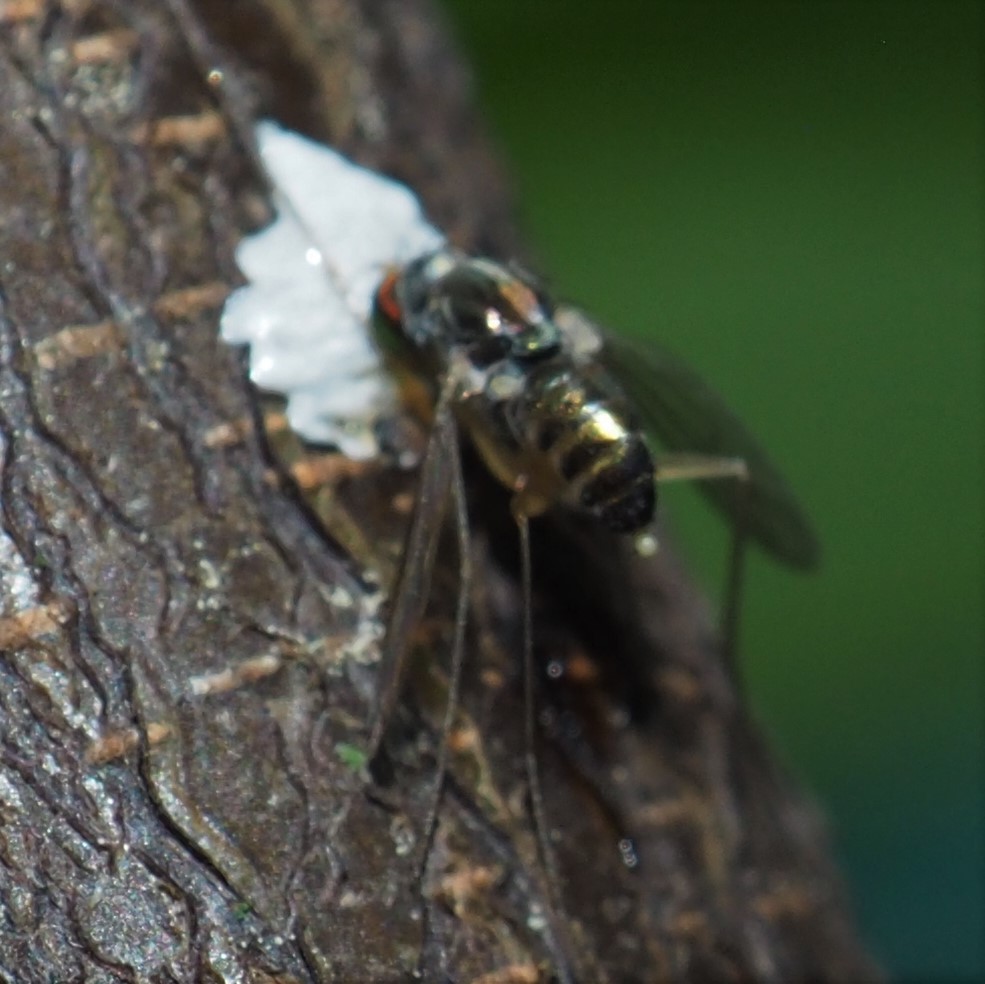
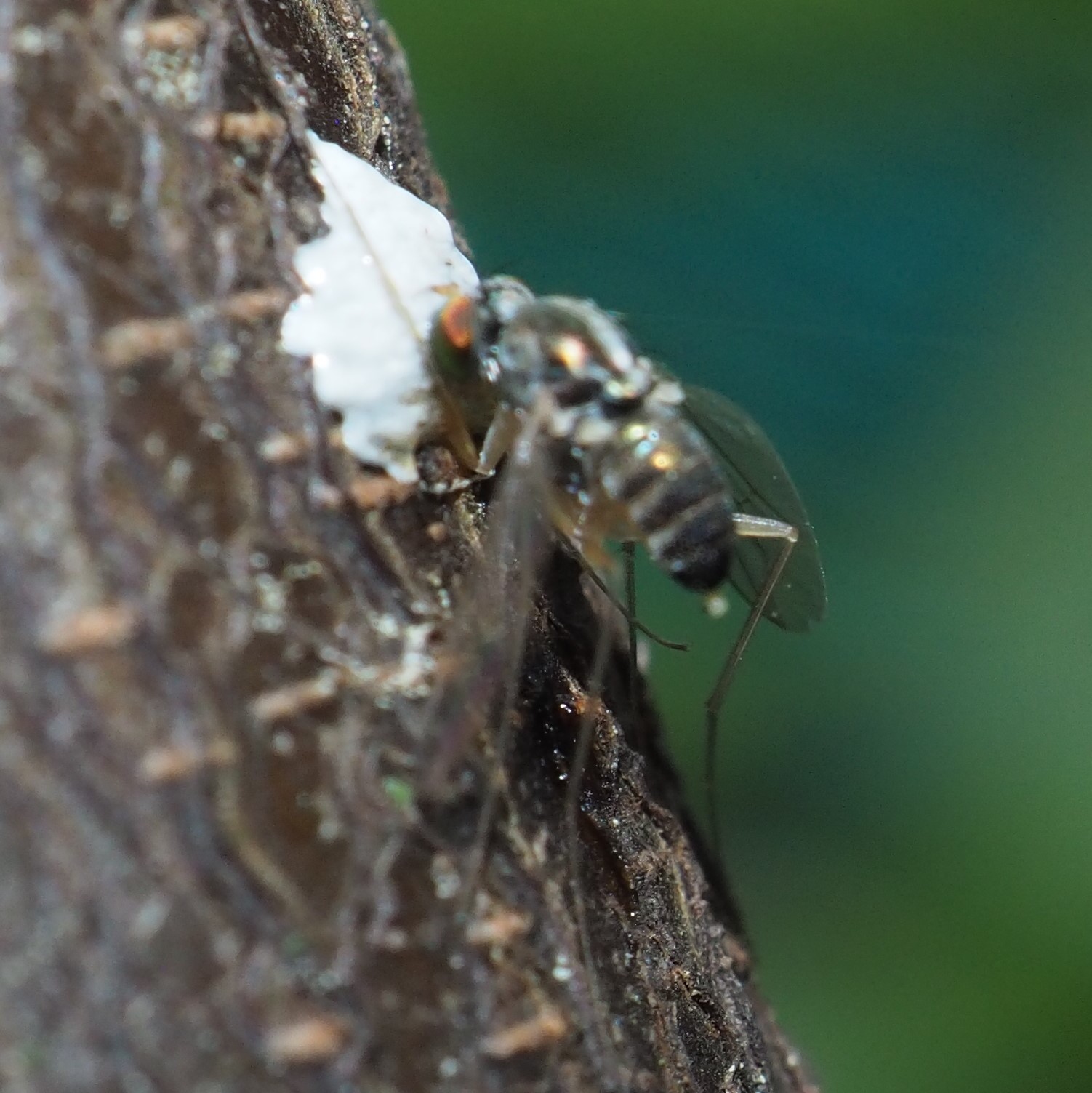
The Keeled Treehoppers have almost all left the Thistle, sad thing that it is now. I don't know where they will go. Last year I found a few Hoppers on the asters after they had left the Thistles. Maybe they live throught the winter as Adults. I know the Nymphs lived on Thistle, but maybe the Adults don't depend on Thistle - either eat nothing for the winter or can subsist on something else. This is something I want to learn. The Thistle made monumental seeds. Let's see where one or two of them manage to make a new Thistle for next year. Here is their last week. On the 17th, there were still a number of Nymphs. Gradually they all matured into Adults. Our favorite Eastern Black Carpenter Ant still nudges now a remaining Nymph, then sometimes a young Adult. Finally, the last enclave of Adults ready to strike out on their own.
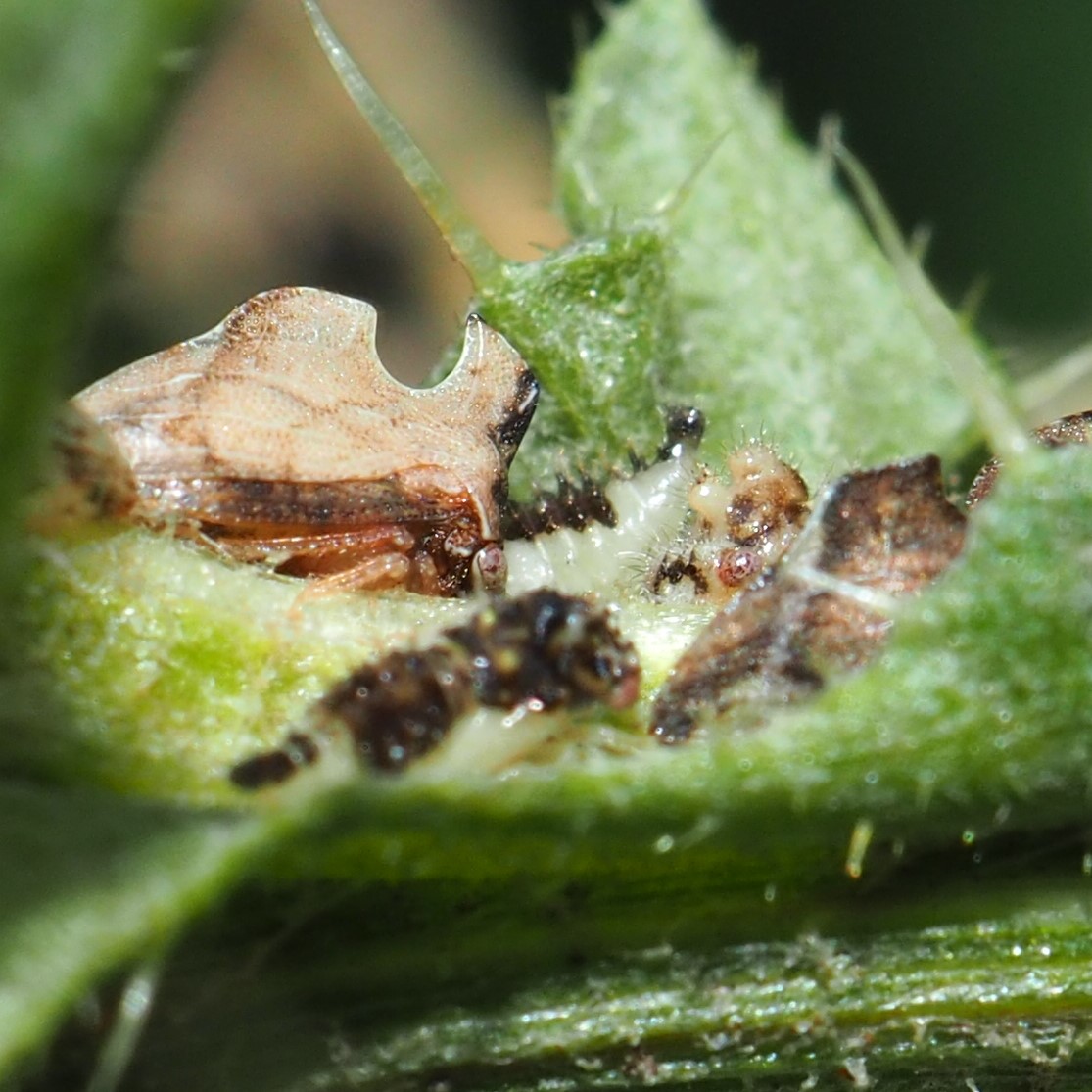
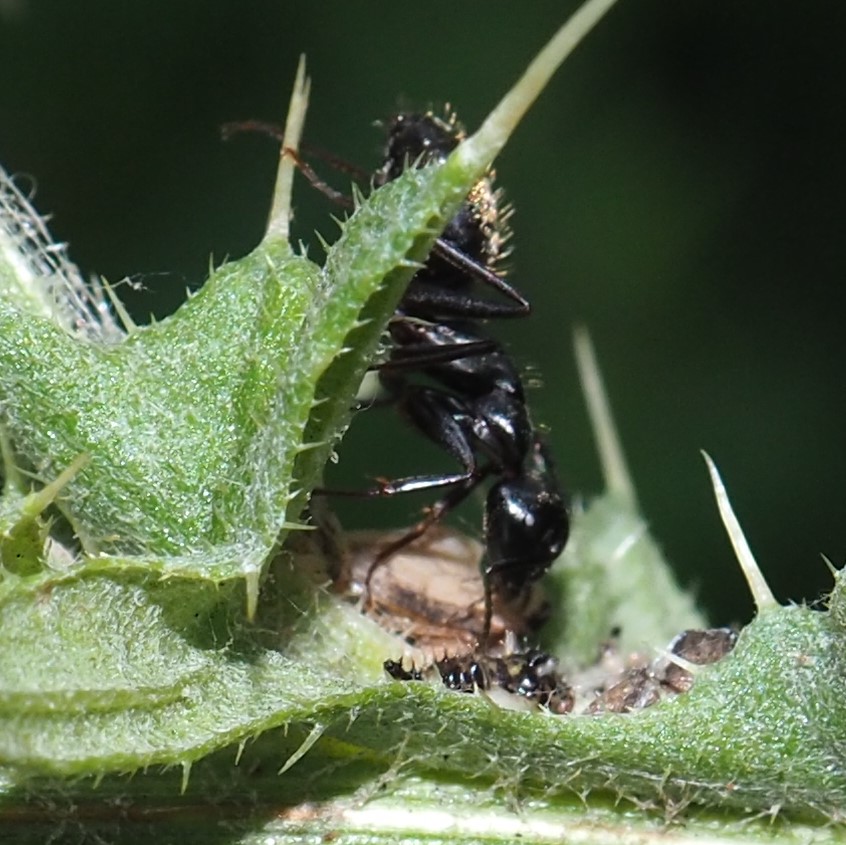
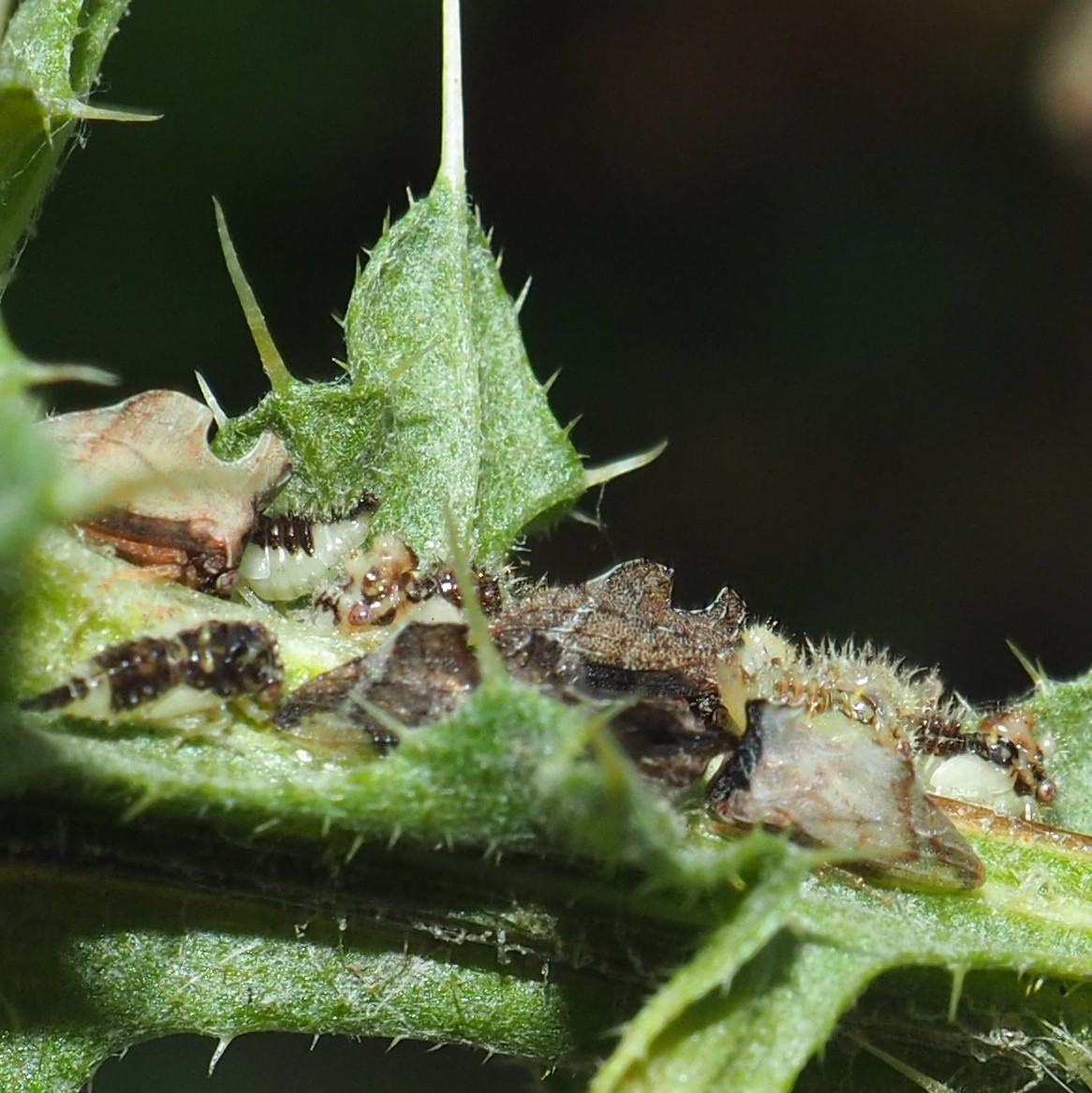
A family portrait of the Adults.

There were just a few more Bugs. This first one has been driving me crazy. The green and yellow colors would be just right if the shape of the pattern were different. So I've submitted it to iNat. The next one (two pictures) looks like one of those Phytocoris Plant Bugs. Picture 4 also looks Phytocoris-ish.
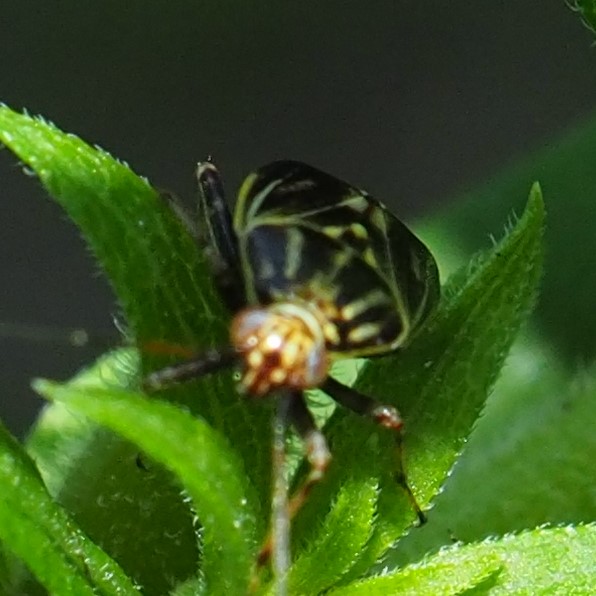
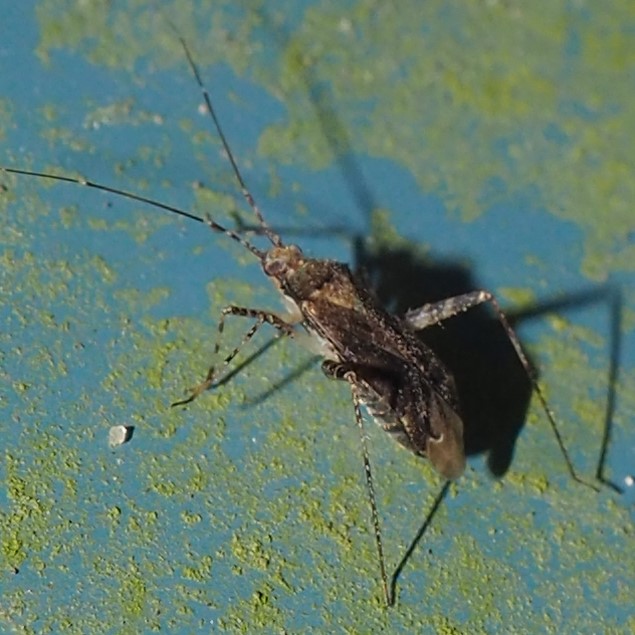
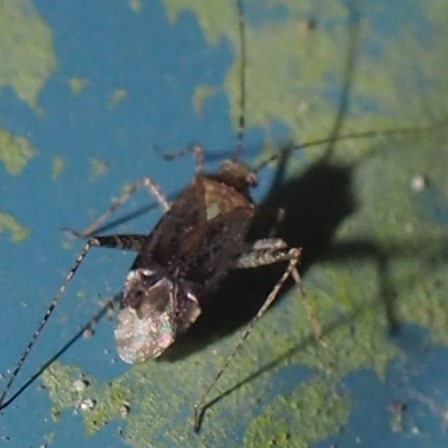
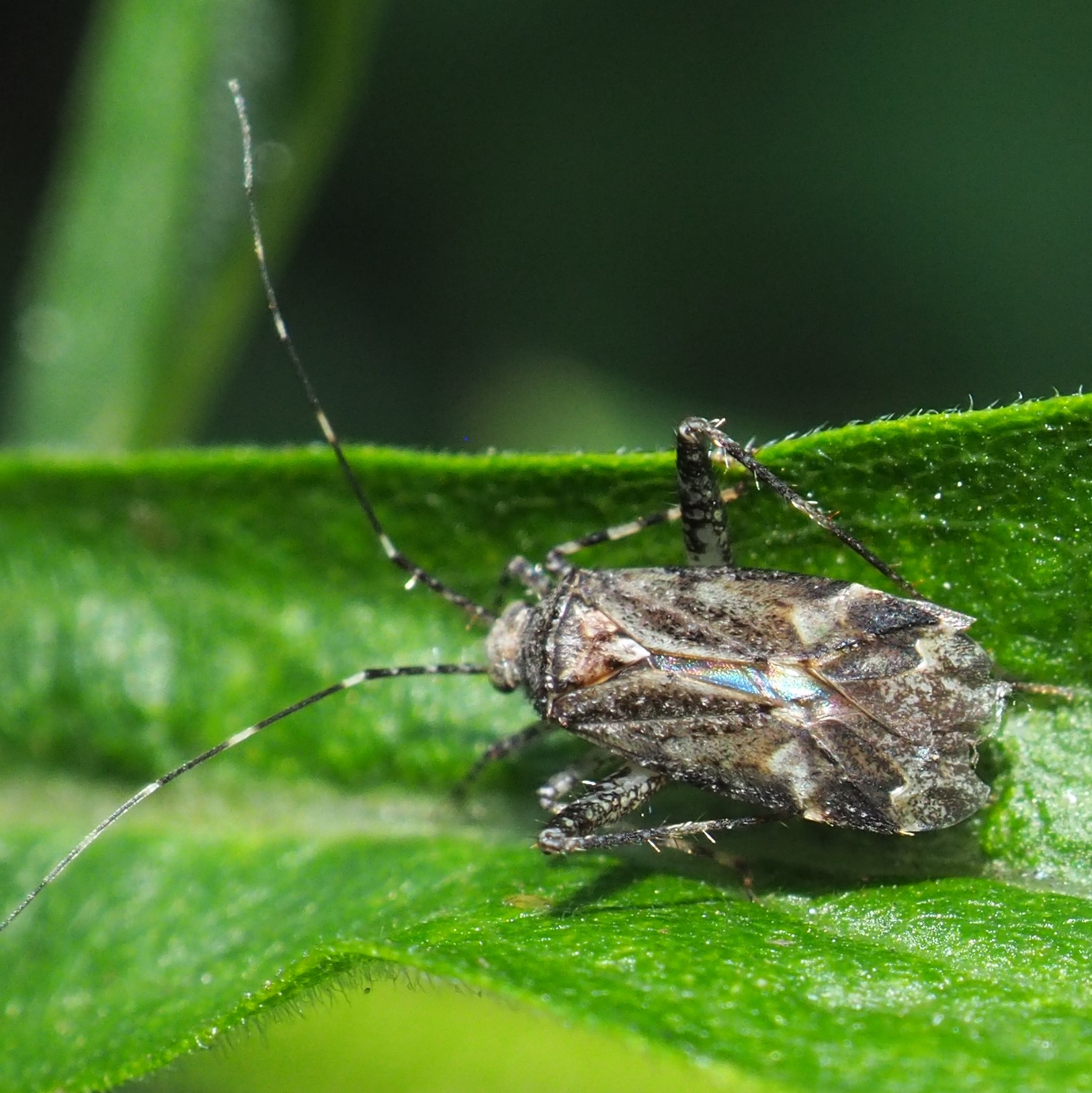
Usually if I've seen a couple of Caterpillars, I save them for a section after the Flies have been discussed, somewhere near the "M's". But since I didn't see any of those Lepidoptera this week, here are three Caterpillars. I hope you remember the Brown-hooded Owlet - we've seen them quite a few times now this year and they are a most beautiful Caterpillar (picture 1). Later this week this tiny new one appeared on the Goldenrod, where the Brown-hooded owlet has been, but the stripes are not the same. Nonetheless, inquiring minds want to know so I submitted it to iNat, and sure enough - that's what the nymphs look like - it IS a Brown-hooded Owlet, but much younger than the ones we've been seeing. Picture 2 shows the older one you're familiar with. Picture 3 is of a mysterious Tussock Moth, and iNat verified that it IS actually the Tufted Tussock Moth's larva.
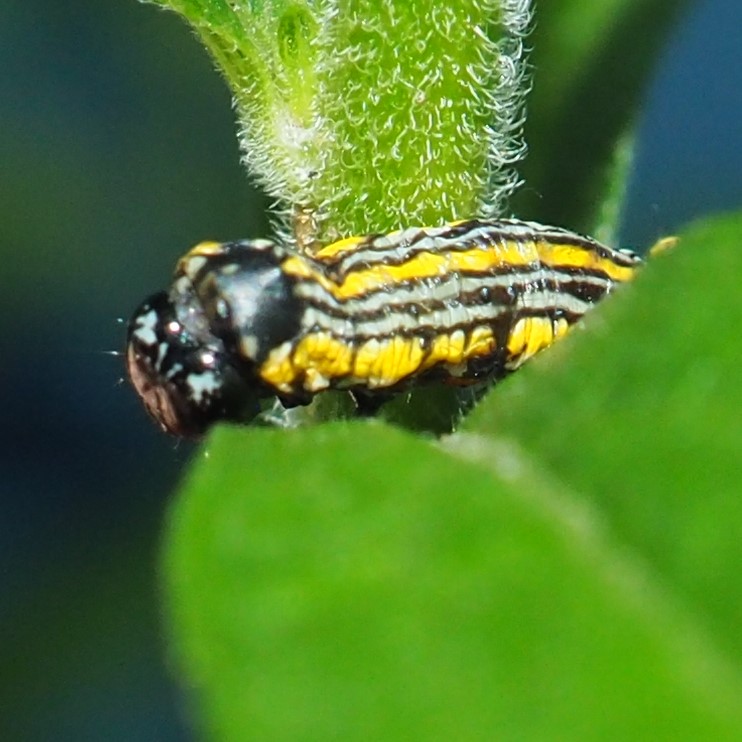
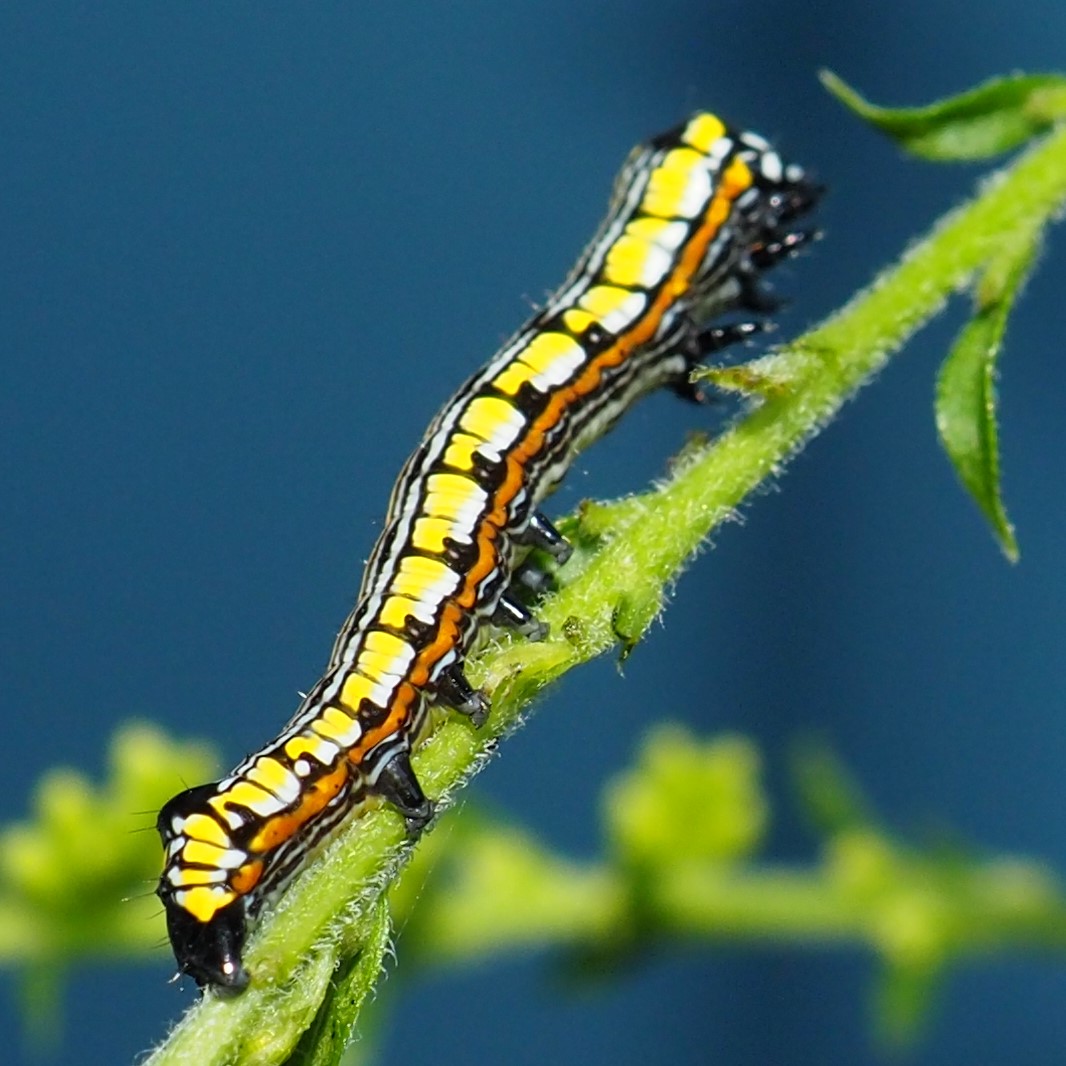
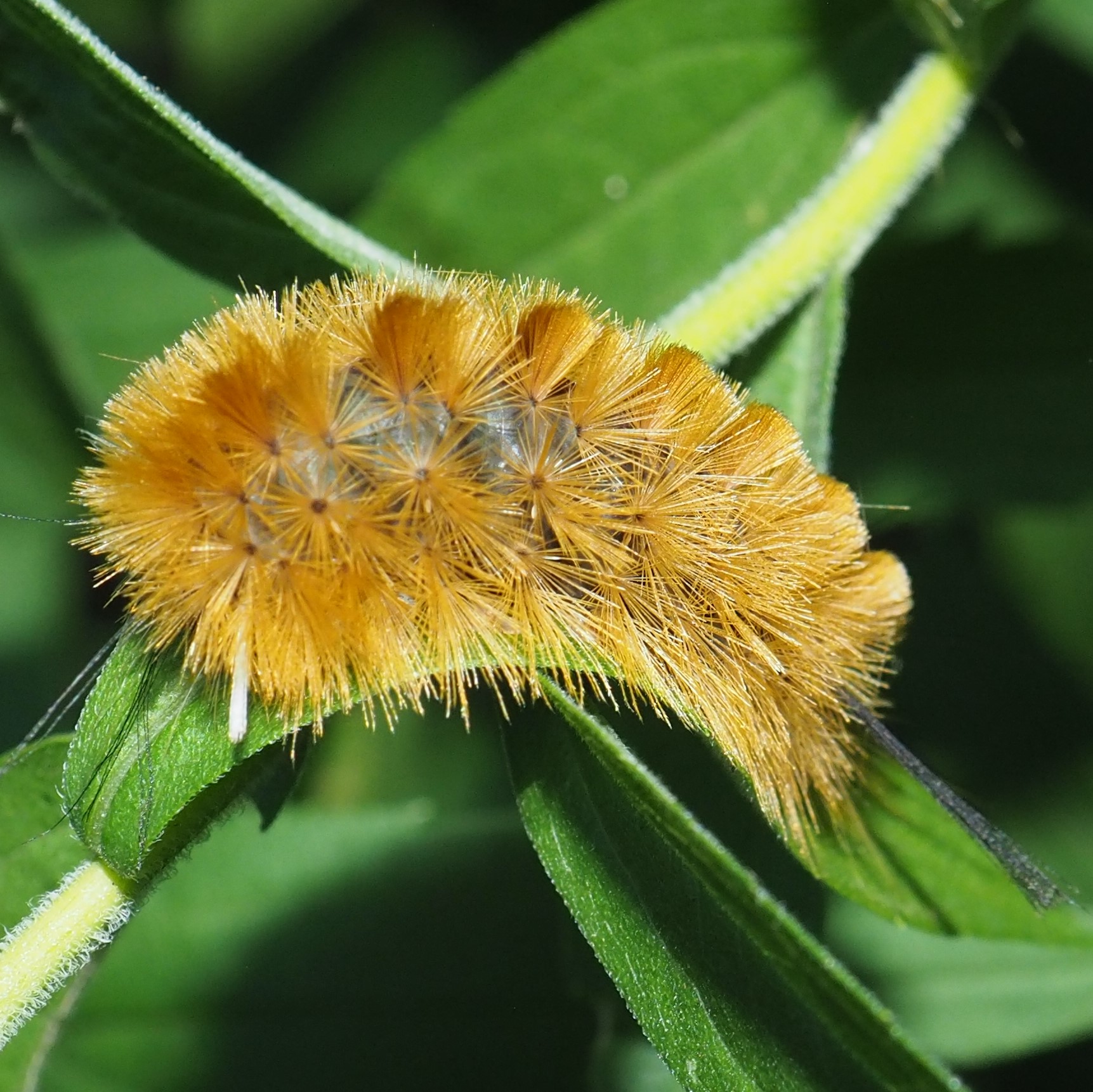
This one looks like some kind of Caterpillar, but probably not one of the ones familiar to us. It was on the family grouping from the Aphid Section. Picture 3 shows what looks like an Aphid trying on that long orange tube. That whole group was so puzzling!
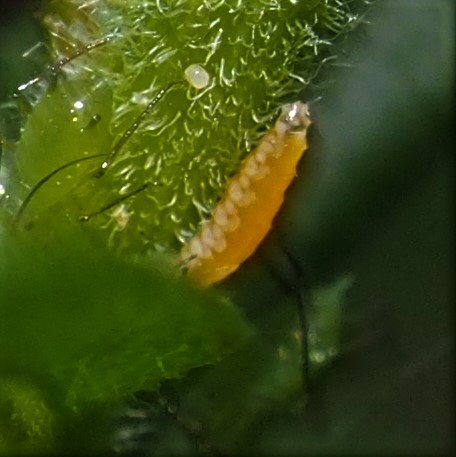
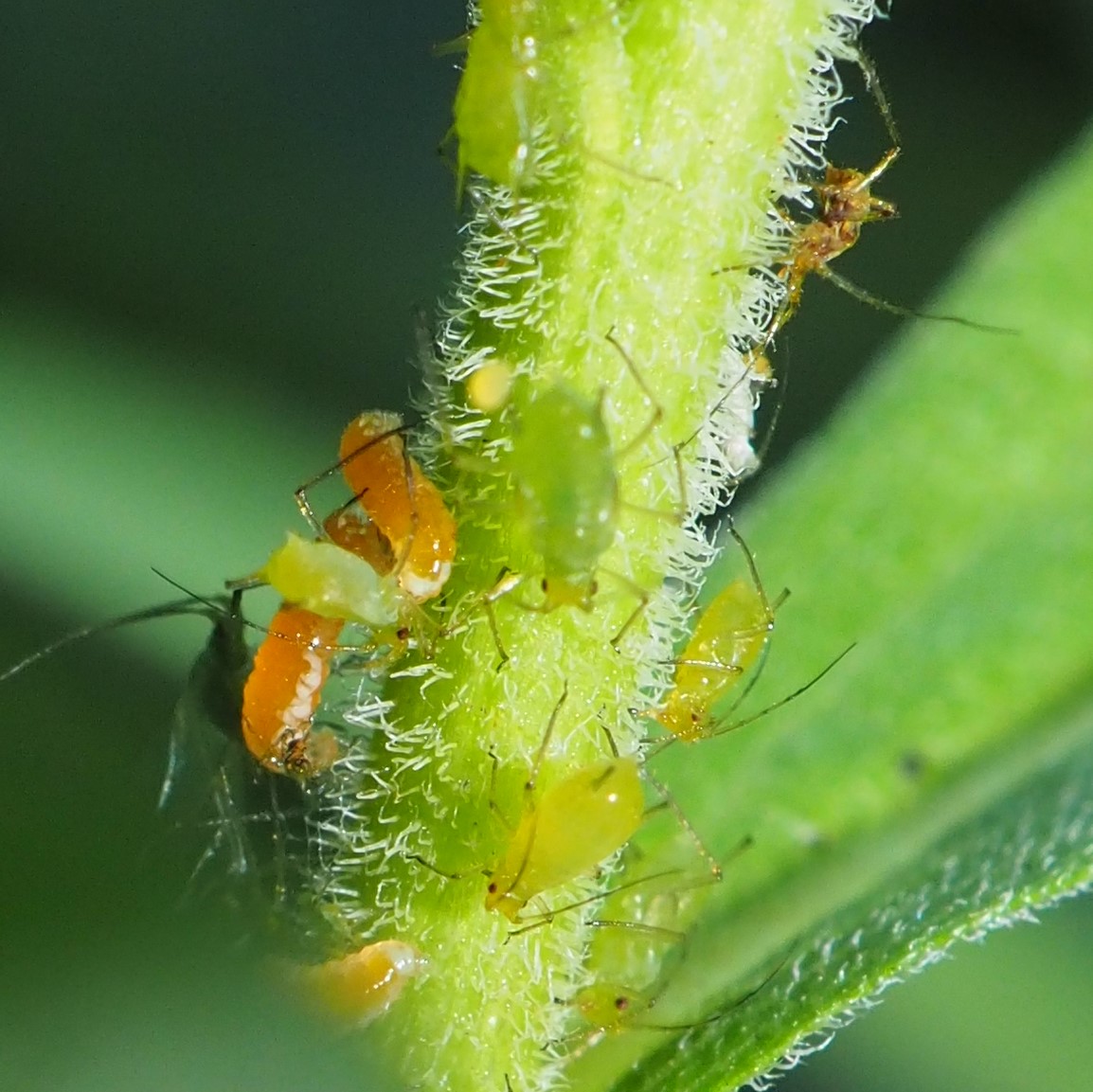
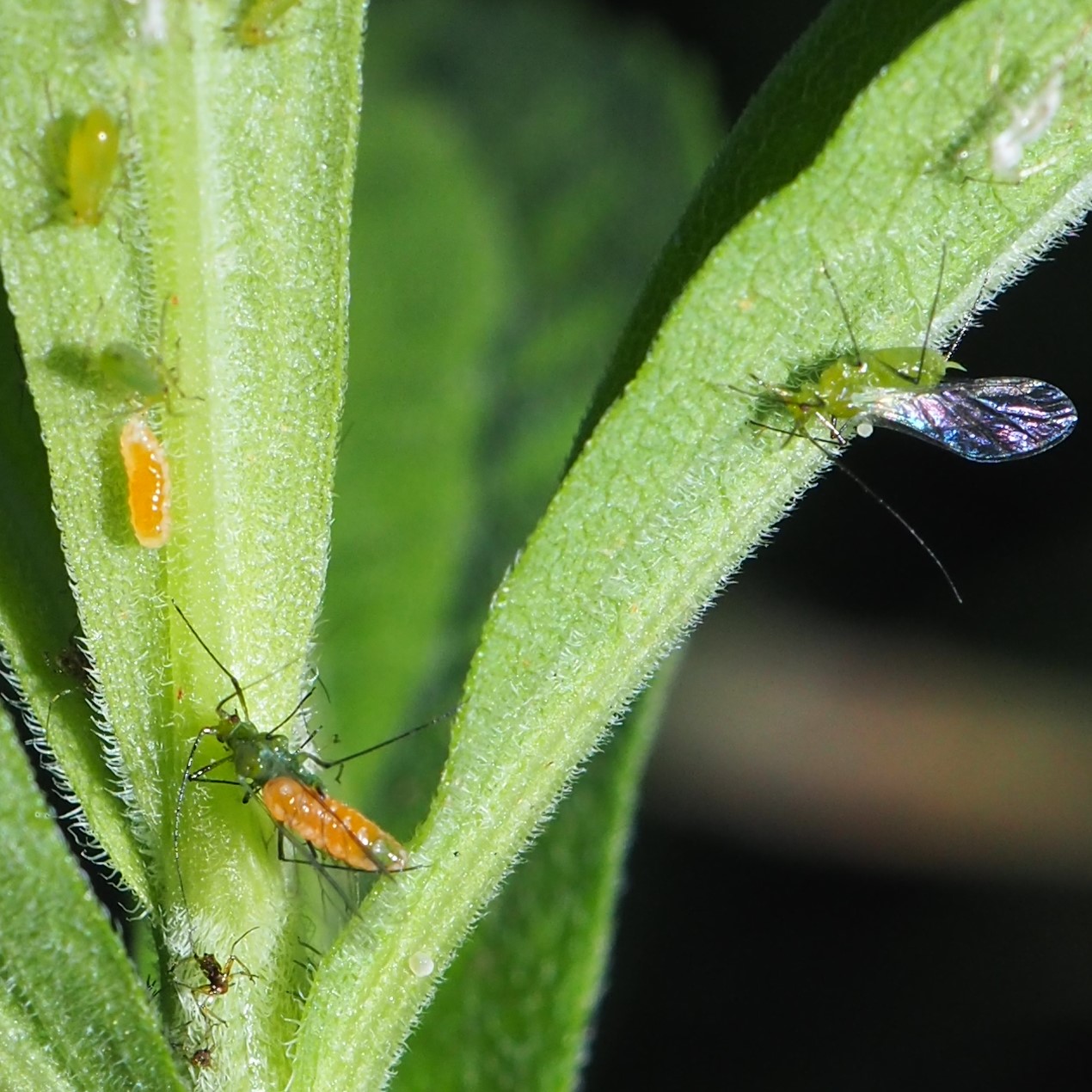
Before we investigate the Flies, I have some interesting Fish pictures, all from the shallow end of the pond. First, a representative group. Then, the pinkish baby fish, and Torty, who was a baby a couple of years ago. I love his/her markings and colors. Then the baby Stripe (or Spots, I can't decide).

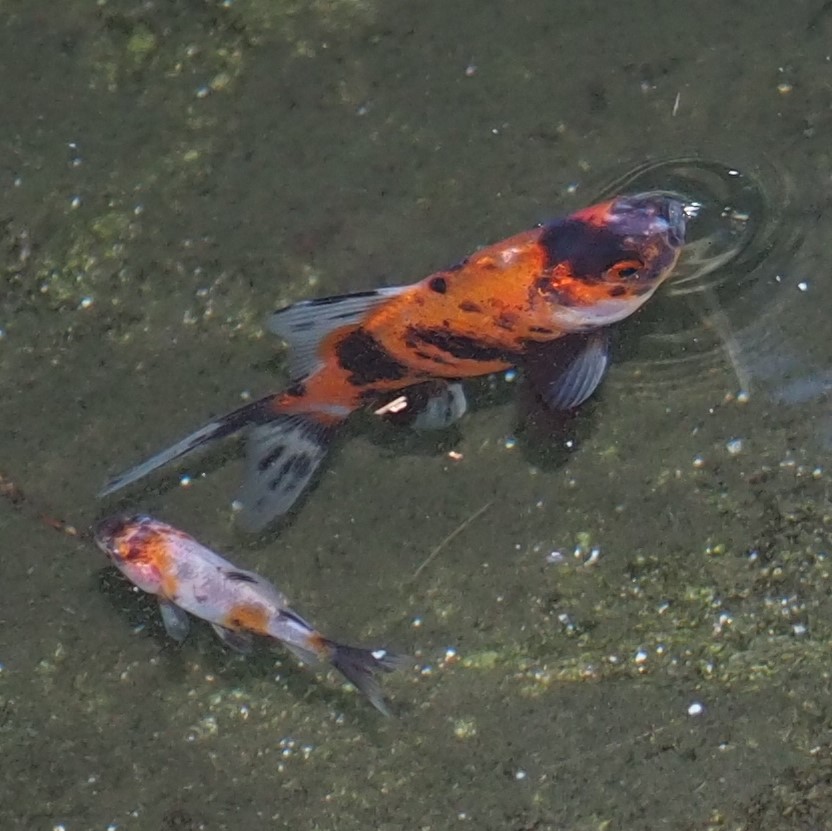
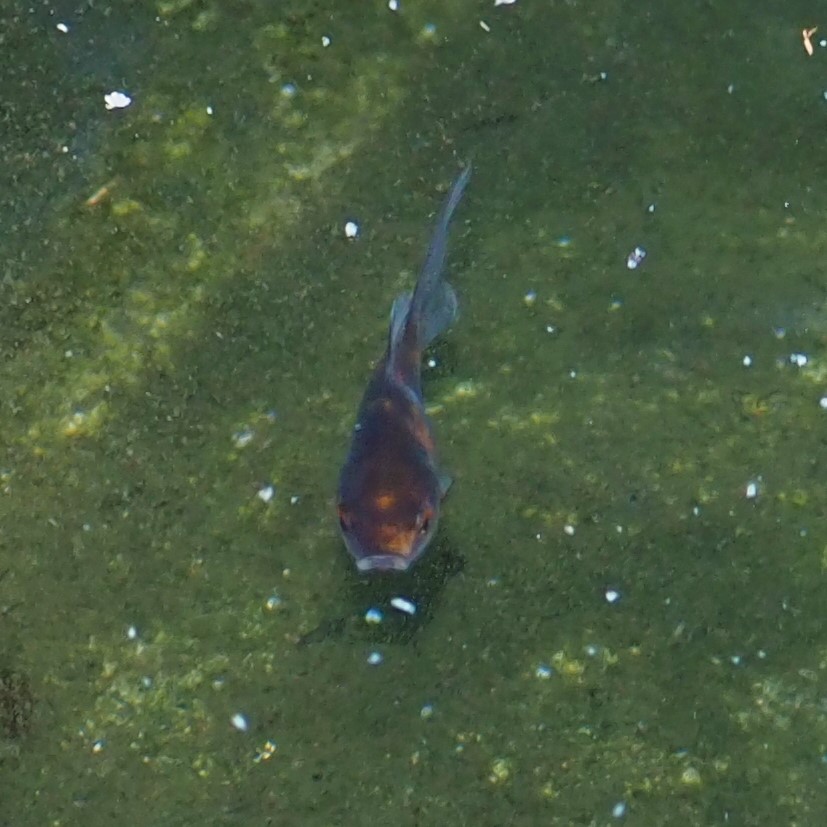
I had just topped up the shallow end and was snapping shots like the above. Suddenly I noticed that Chica, the big Mama Fish, had a worm in her mouth. Just as suddenly, Bunky, the beautiful Shubunkin, also showed that he had a big long whitish earthworm-like creature in HIS mouth.
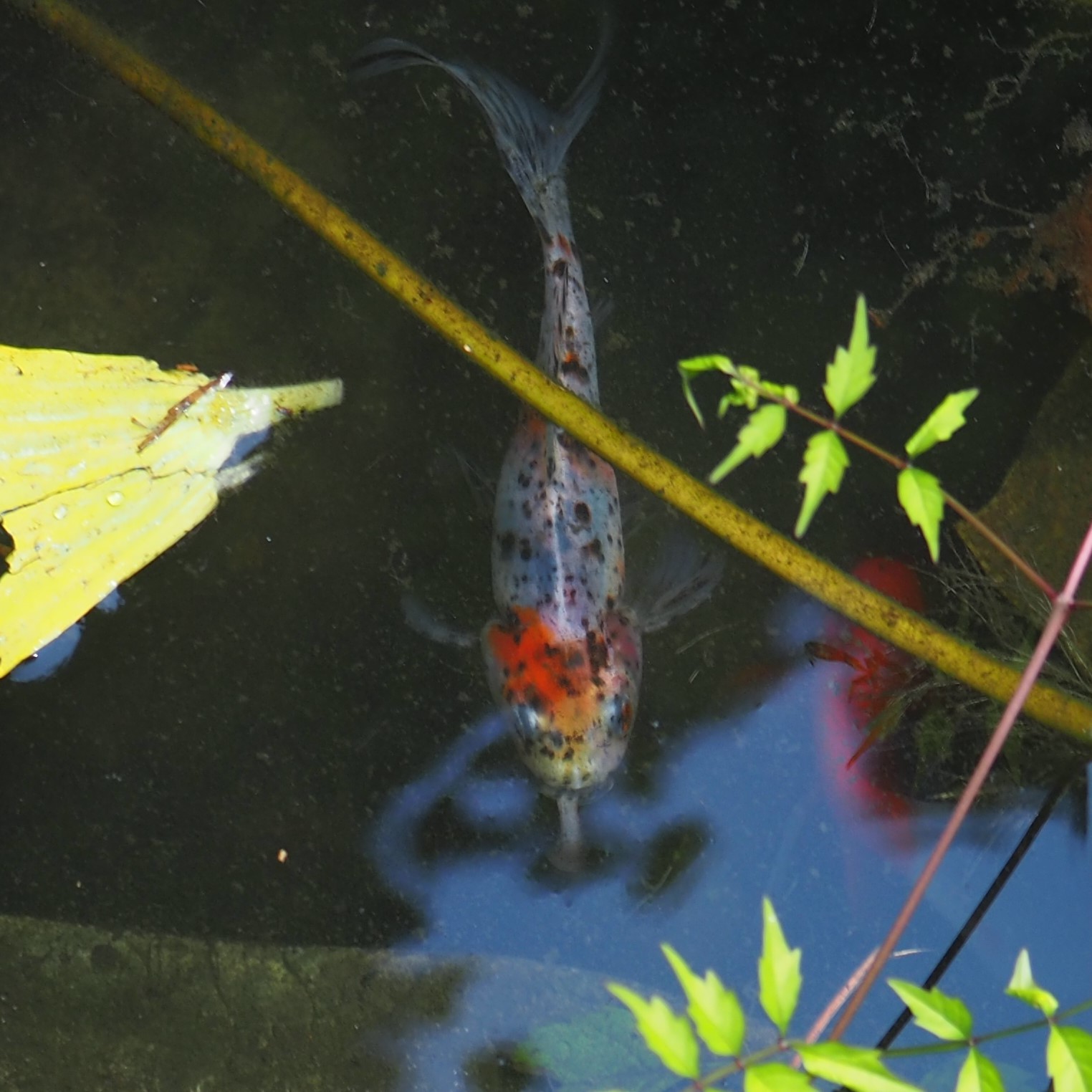

Then: Here's Bunky in action. He tries to swallow the monster worm, and has some progress and then it seems to grow back in his mouth. Suddenly one of the brown fishes makes a pass at it. Then what happens next: I'm sorry it was so hectic, and the rest of the scene is missing, but use your imagination. Eventually Brownie gets the worm right out of Bunky's mouth and is swimming away with it when one of the bigger Red Fishes snatches it from Brownie and swallows it in one huge swallow.
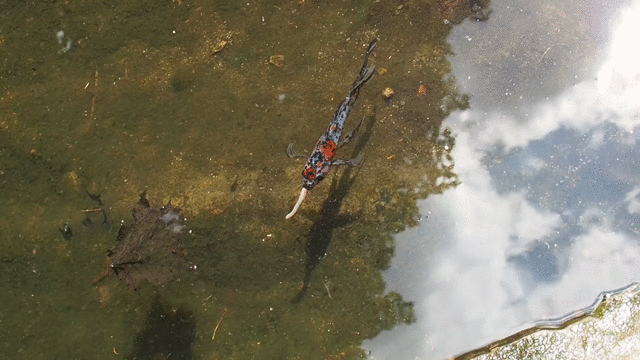
Froggy, of course, sits in the shady section and if I mutter something, he starts his Gollum imitation. What a pal!
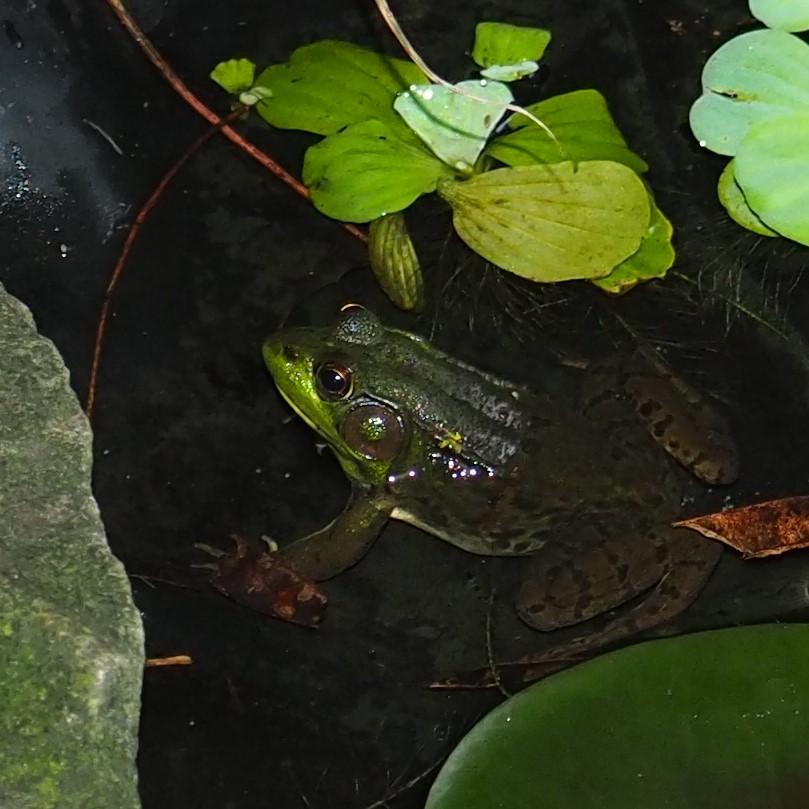
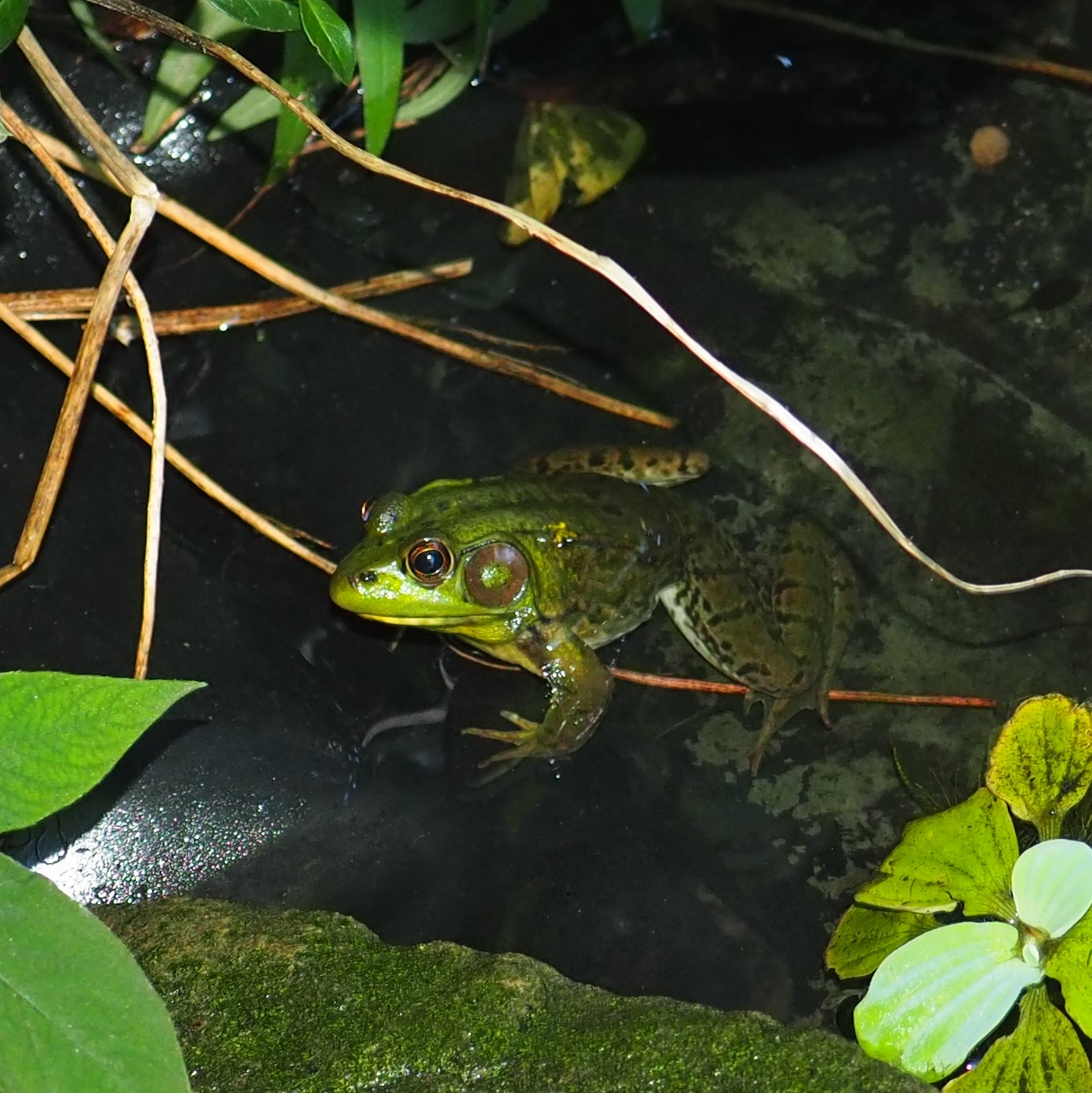
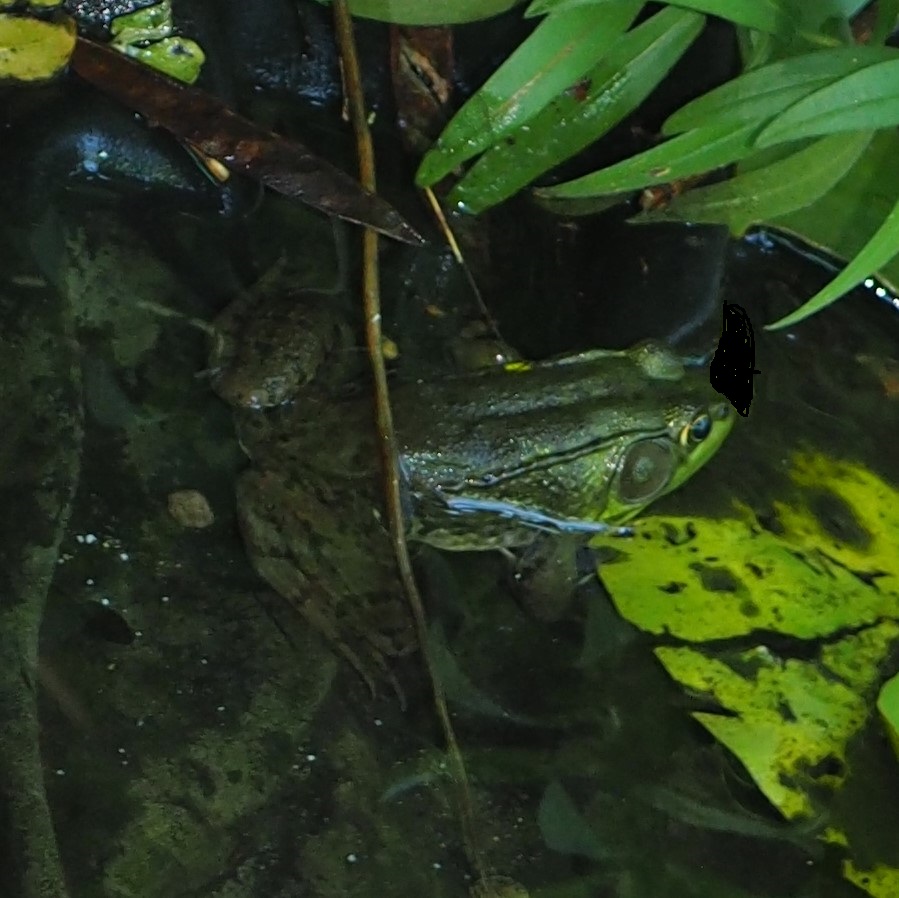
So to the Flies! You already saw this one eating the Treehopper eggs. Second, one of the Root-Maggot Flies. Third, a yellow needle-butted Tachinid Fly.
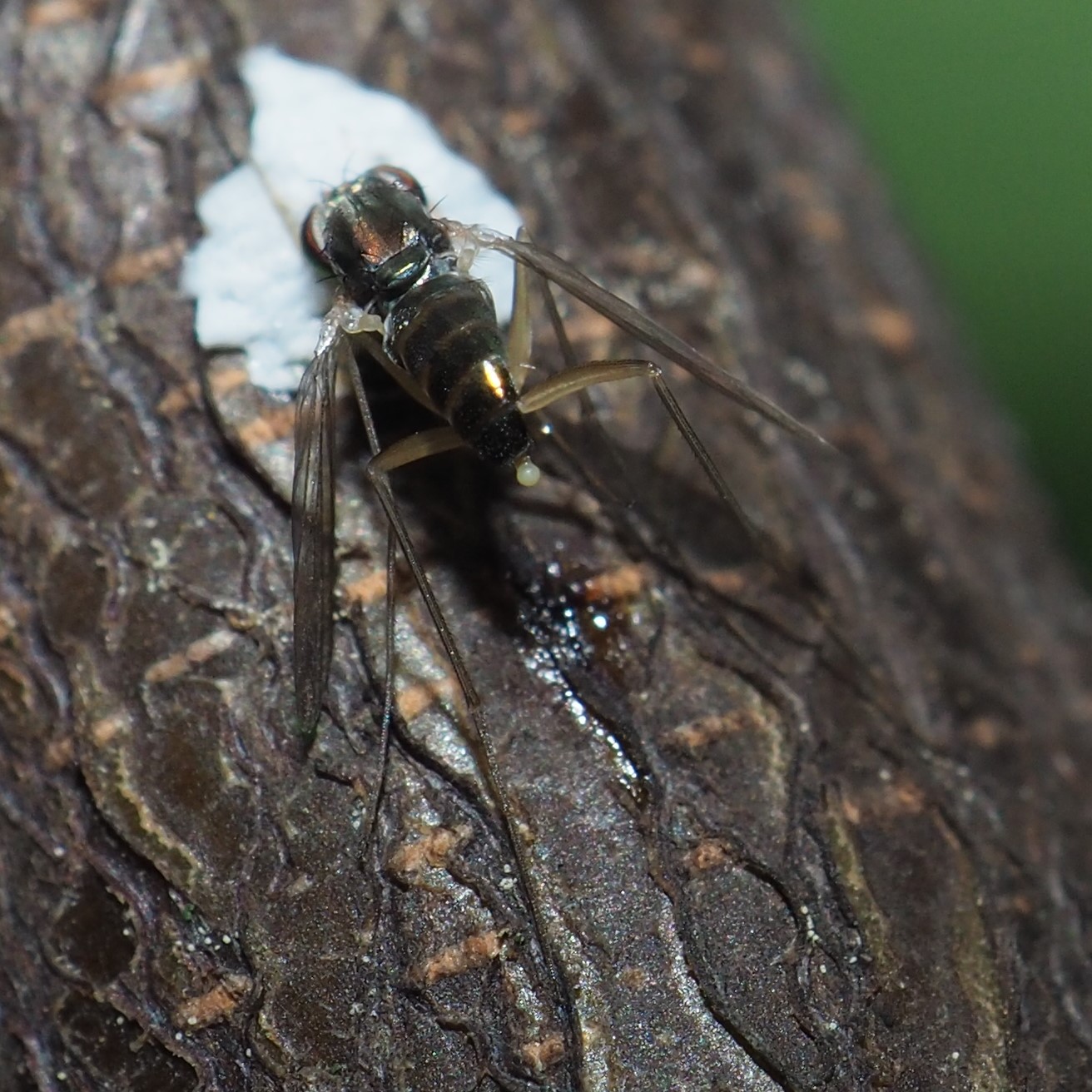

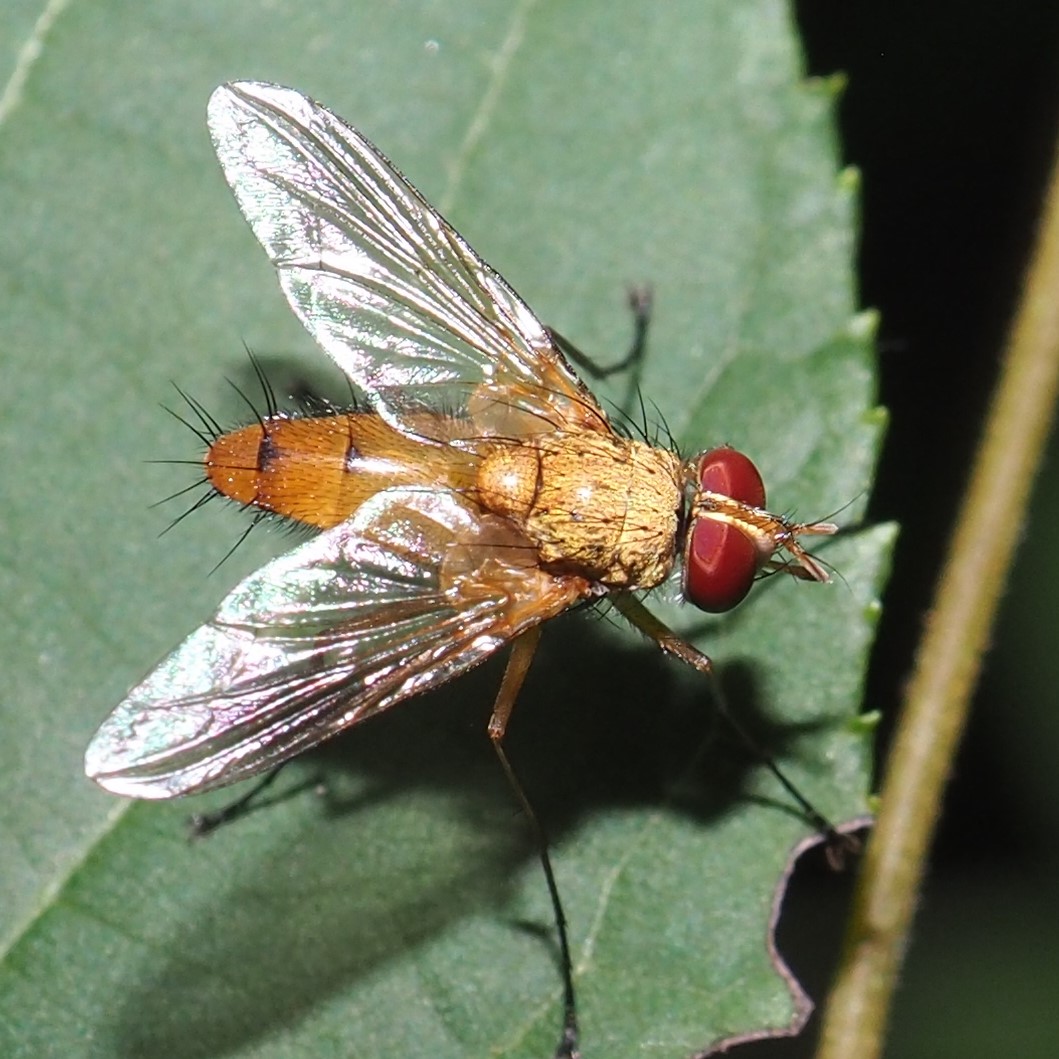
First, the Smoky-winged Woodlouse (pillbug) Fly. Second, look at the two hooked appendages to the hind legs. This is supposedly a Dark-winged Fungus Gnat. The last Fly is a mystery to me.
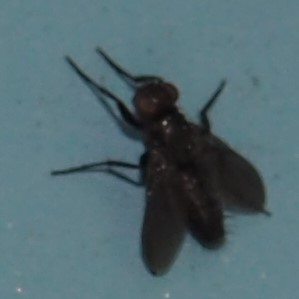
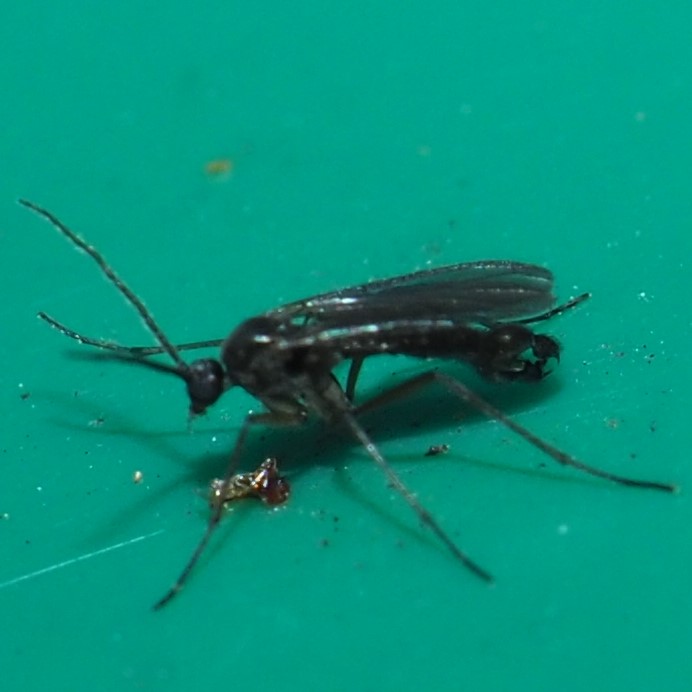

Here is a fairly small Fly with a spotted abdomen (pictures 1 and 2). Third is another little guy.
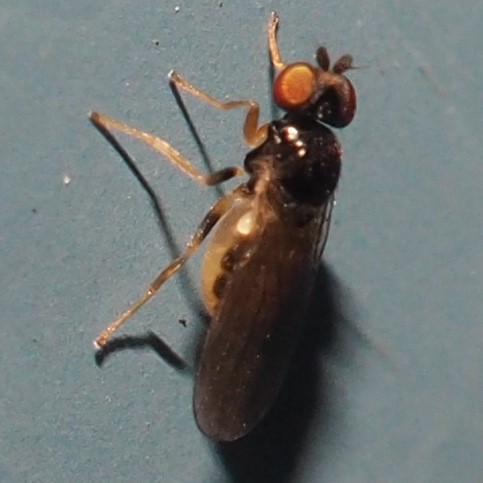
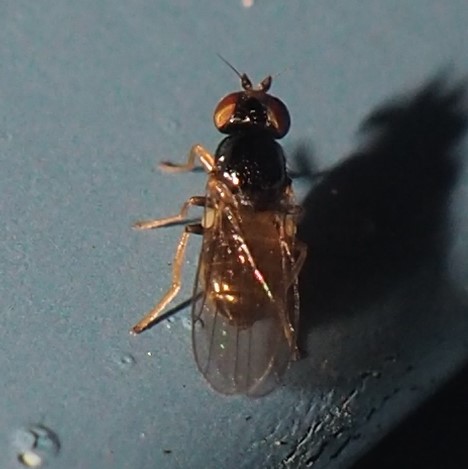
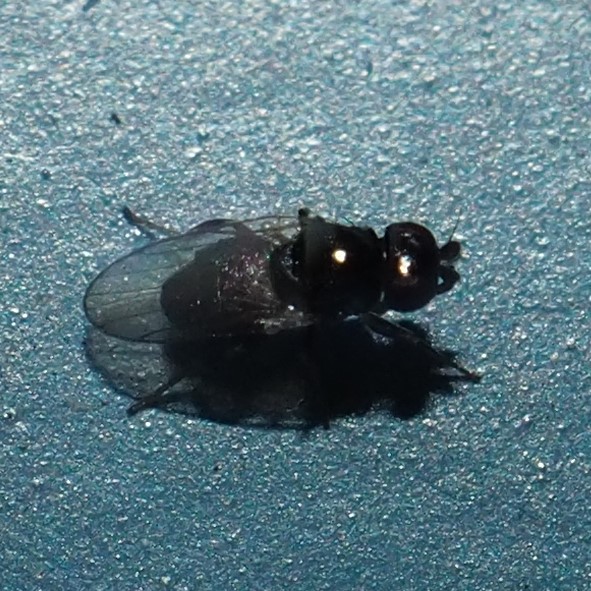
Three different Moth Flies.
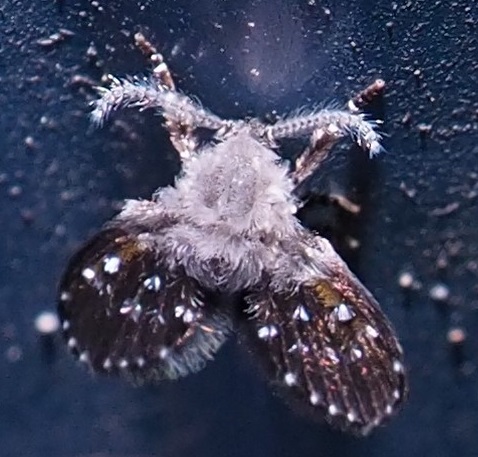
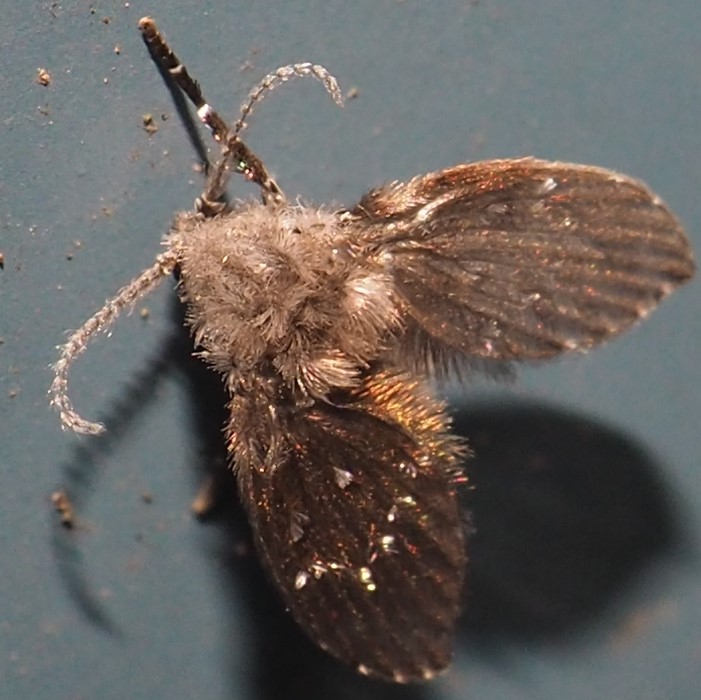
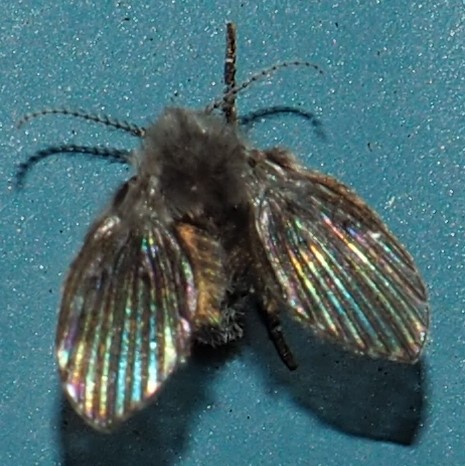
These long-legged Flies are so hard to capture. They respond either to the click or the sudden burst of light when you click on them. So you have to crop the picture of the new location to get the moth after the click-burst. But the iridescence makes chasing them worthwhile. The second fly is a Hover Fly, Toxomerus geminatus. If you believed that the strange shape I showed you last week was really a Hover Fly larva, then this (what the other morphed into) is probably a Hover Fly pupa. We have to watch it to see if and into what it morphs!



The Mosquitoes were cagily following me around to see if Breakfast was Served, but this week I only identified one kind - the Eastern Treehole Mosquito. You can tell it by the black upside-down "V" shape on the back of its neck. In picture 2, yes, Breakfast was indeed served.
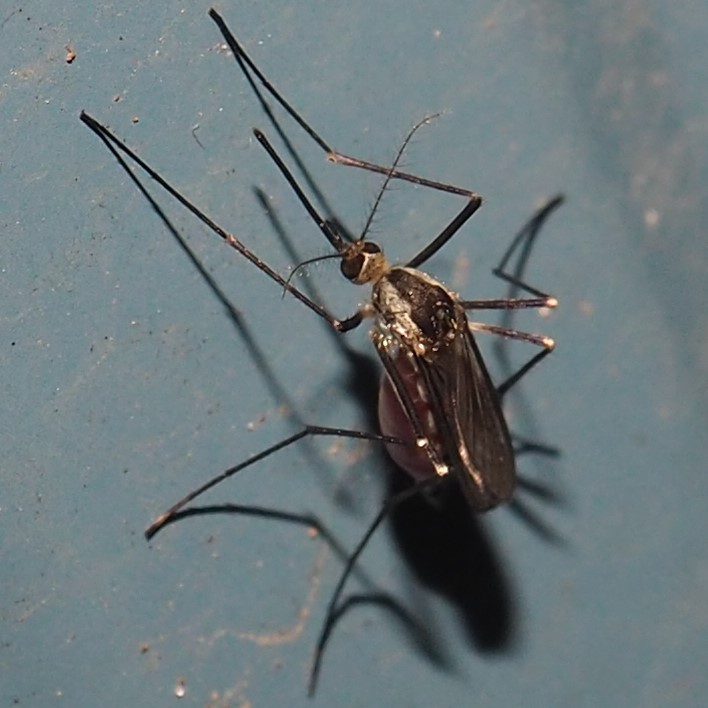
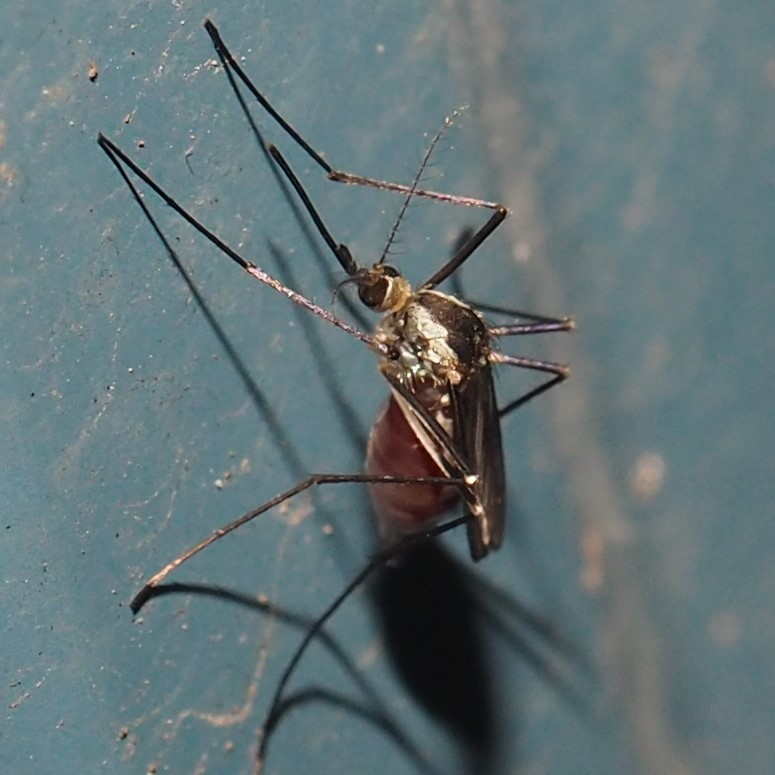
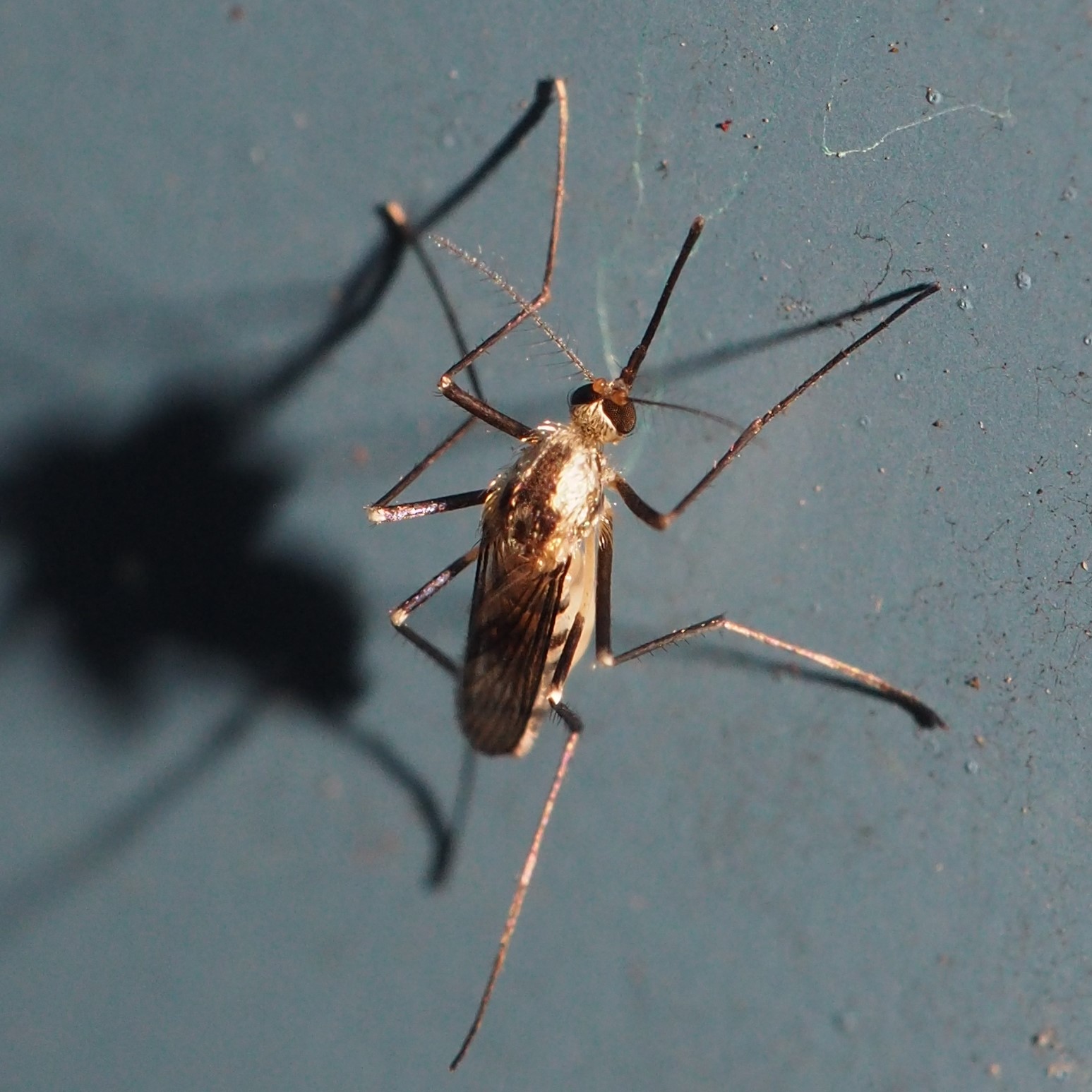
I think it's time to beat the bushes and see what kind of Flowers are out. For one thing, the Goldenrod seems to be about a month later than in other years getting blooming. But nope, I checked my pictures for the past 4 years and it is right on schedulte. In picture 1, you can see the buds opening gradually. Picture 2 shows one of the galls to which Goldenrod is so susceptible - these powder-puffs are caused by the Downy Flower Gall Midge, Rhopalomyia anthophila. Picture 3 shows one of the puffs turning purplish-brown.
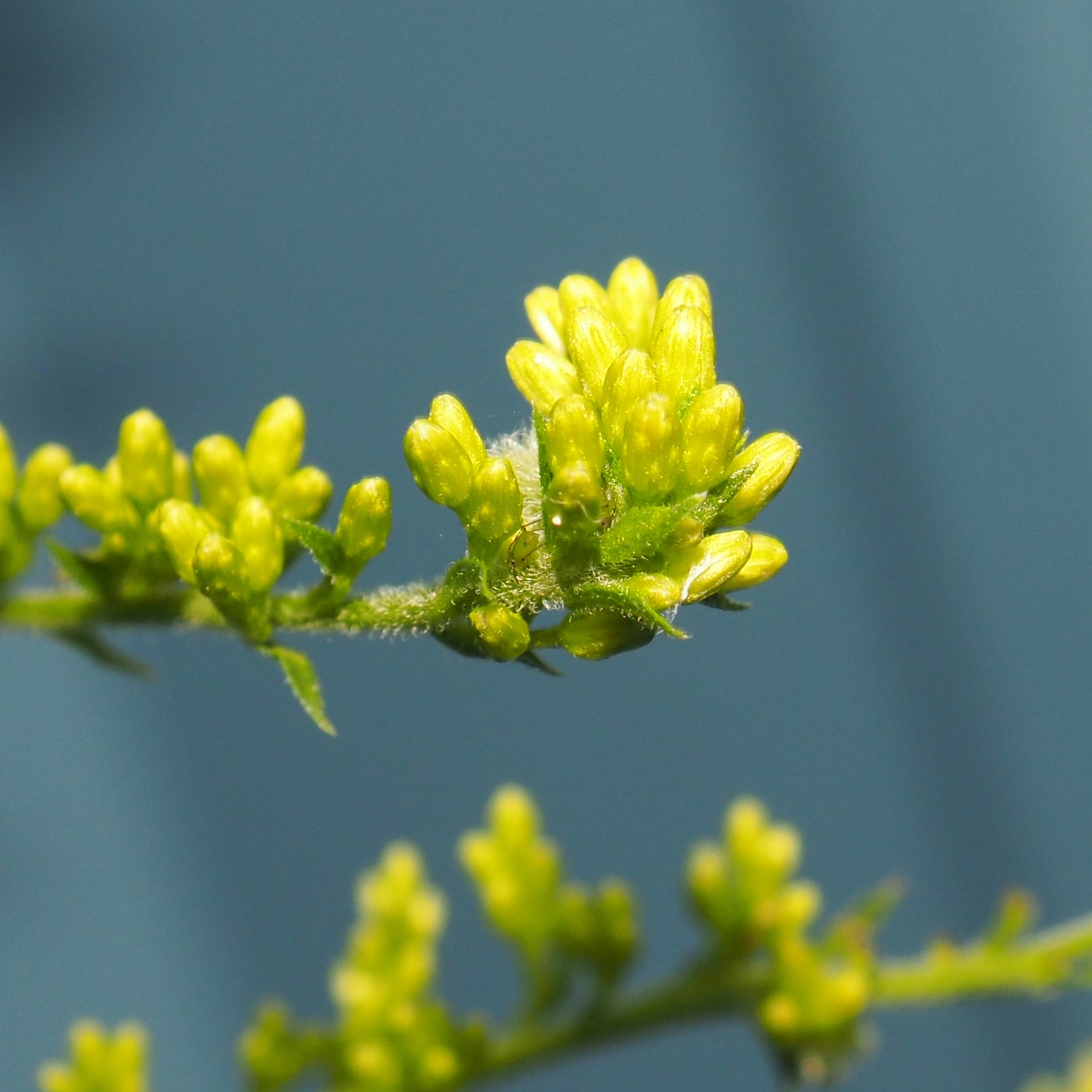
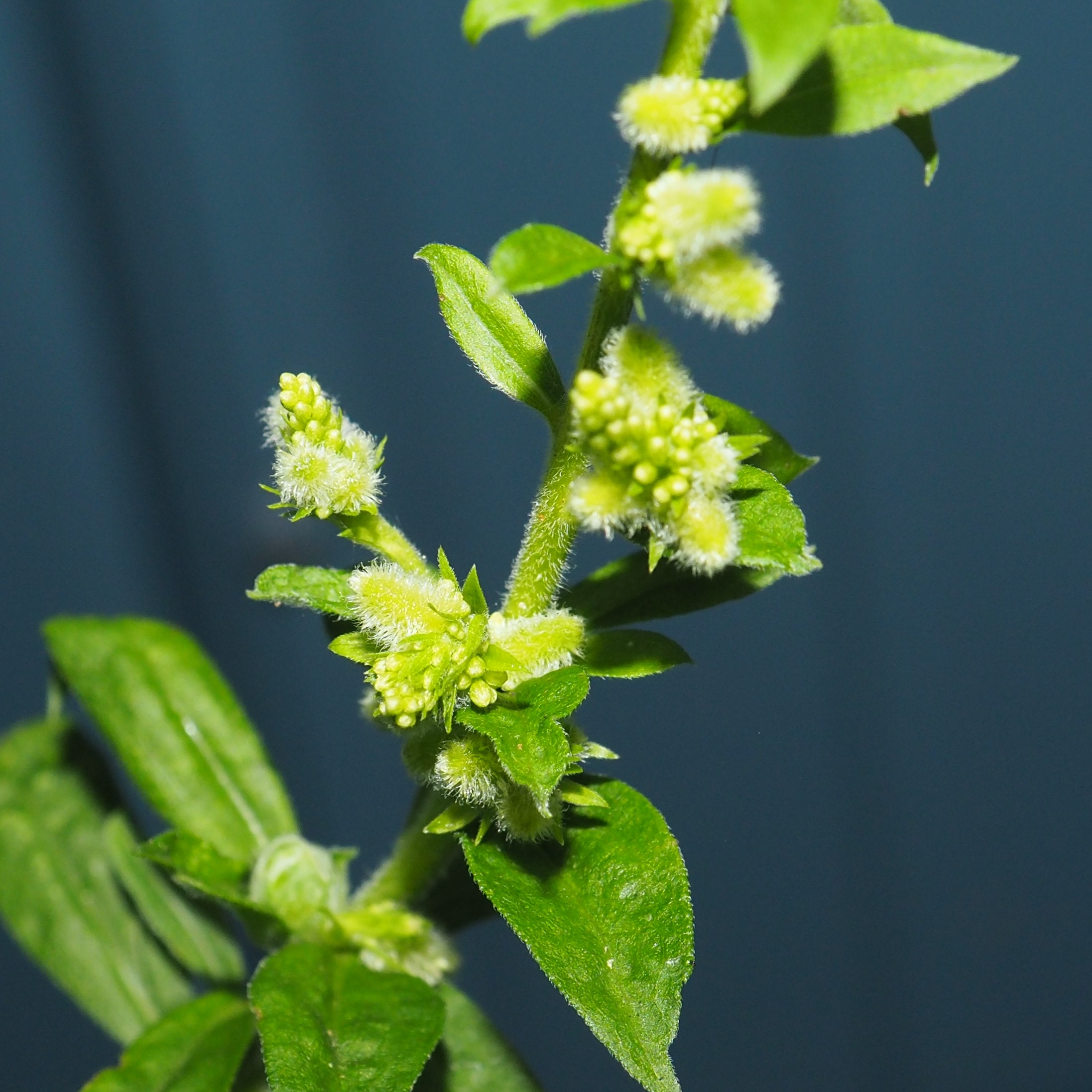
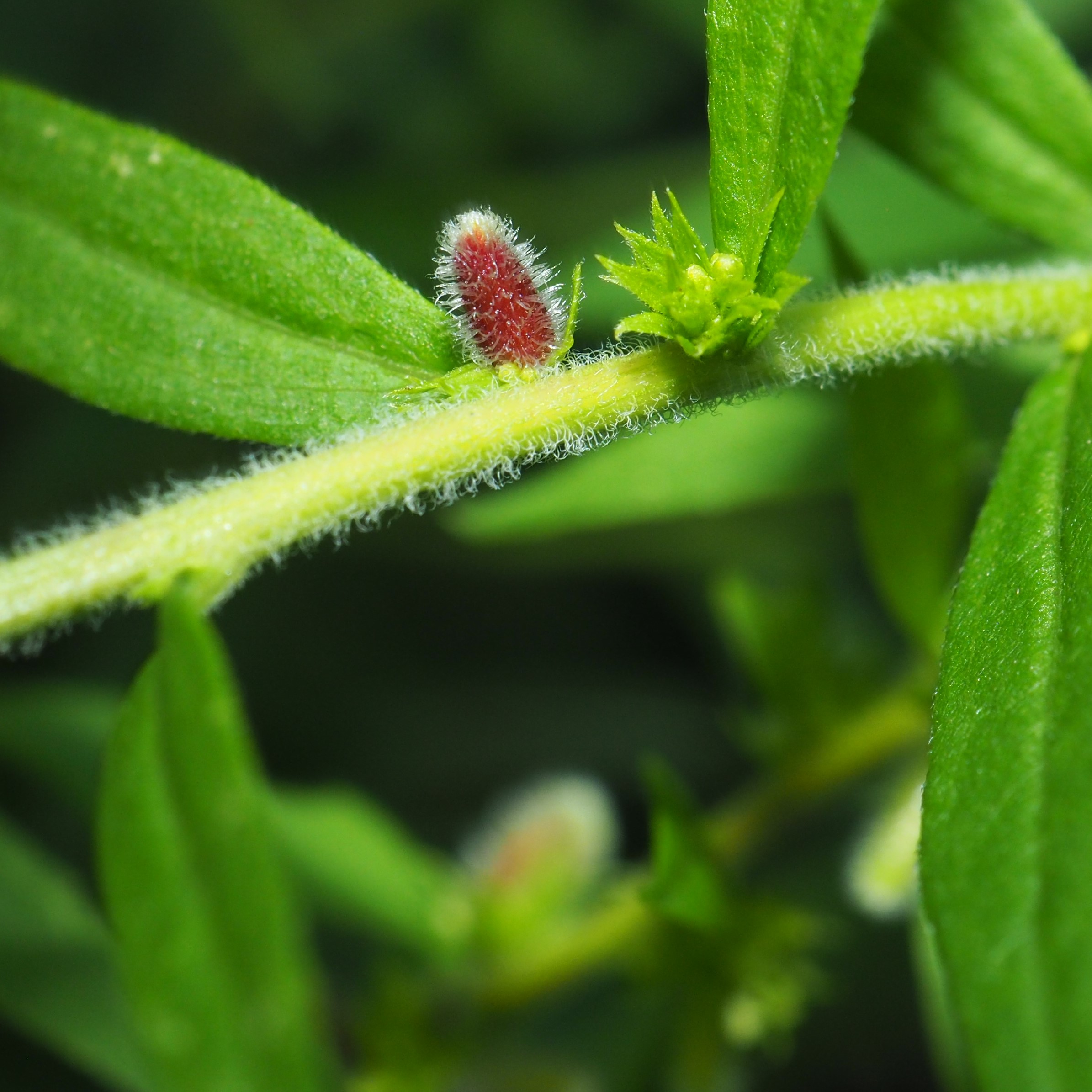
Many of my plants suffer from galls of various types. Some are caused by little Flies (like Gall Midges), some by tiny Wasps, and some (I believe) by Moths. Here are some manifestations. Picture 2 seems to have two kinds.
In the last picture, the Goldenrod has been attacked by a bunching gall, and by an orange mold on top of that!
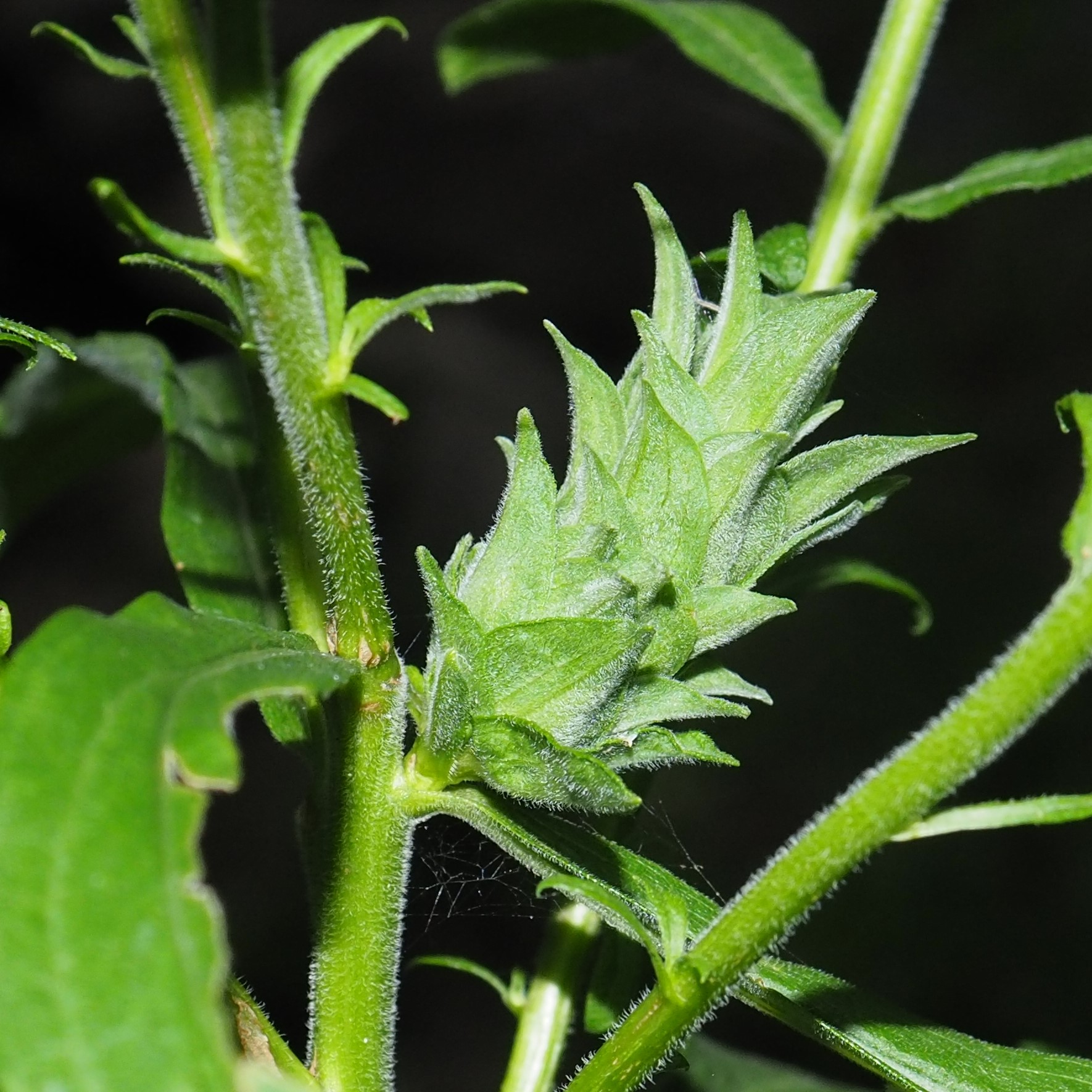
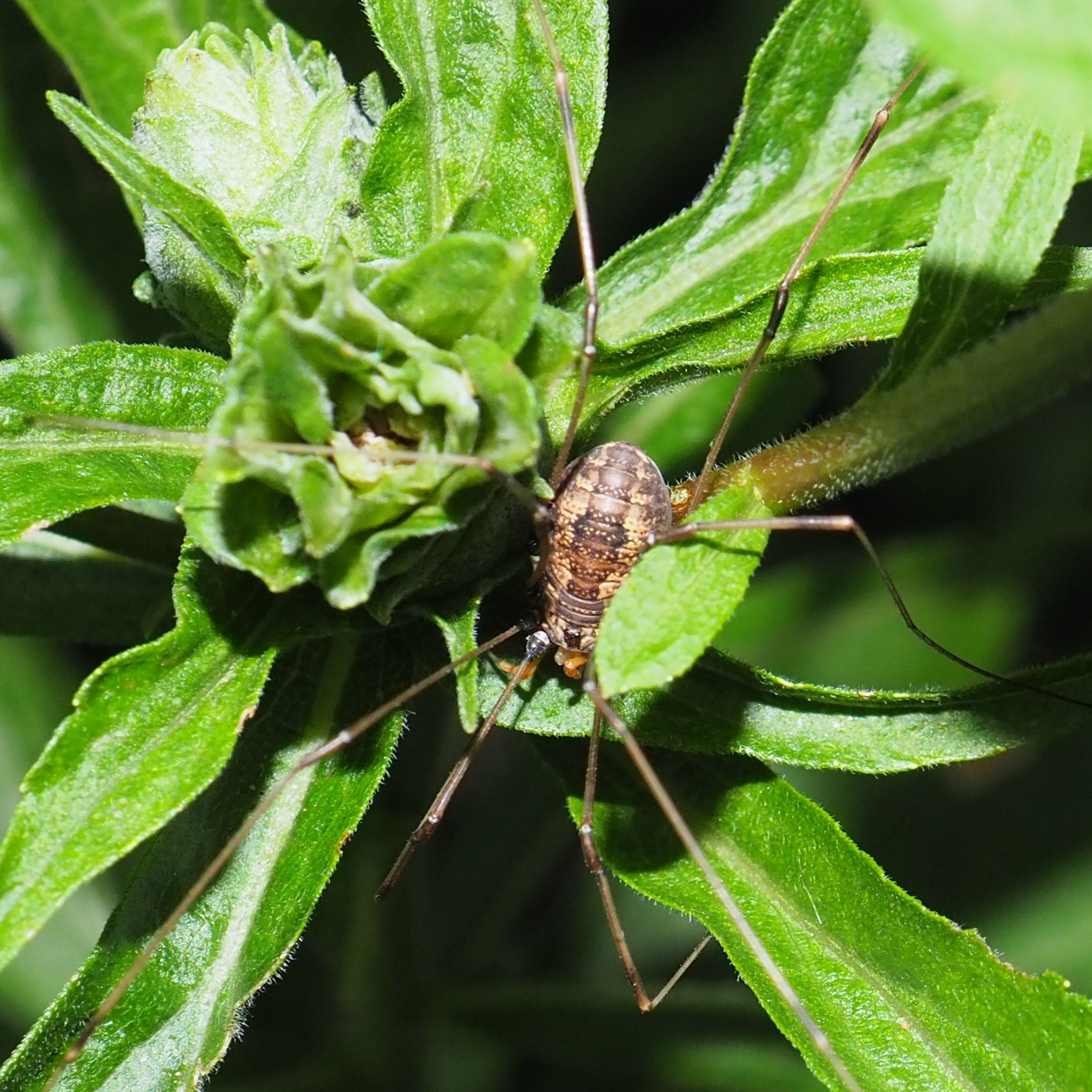
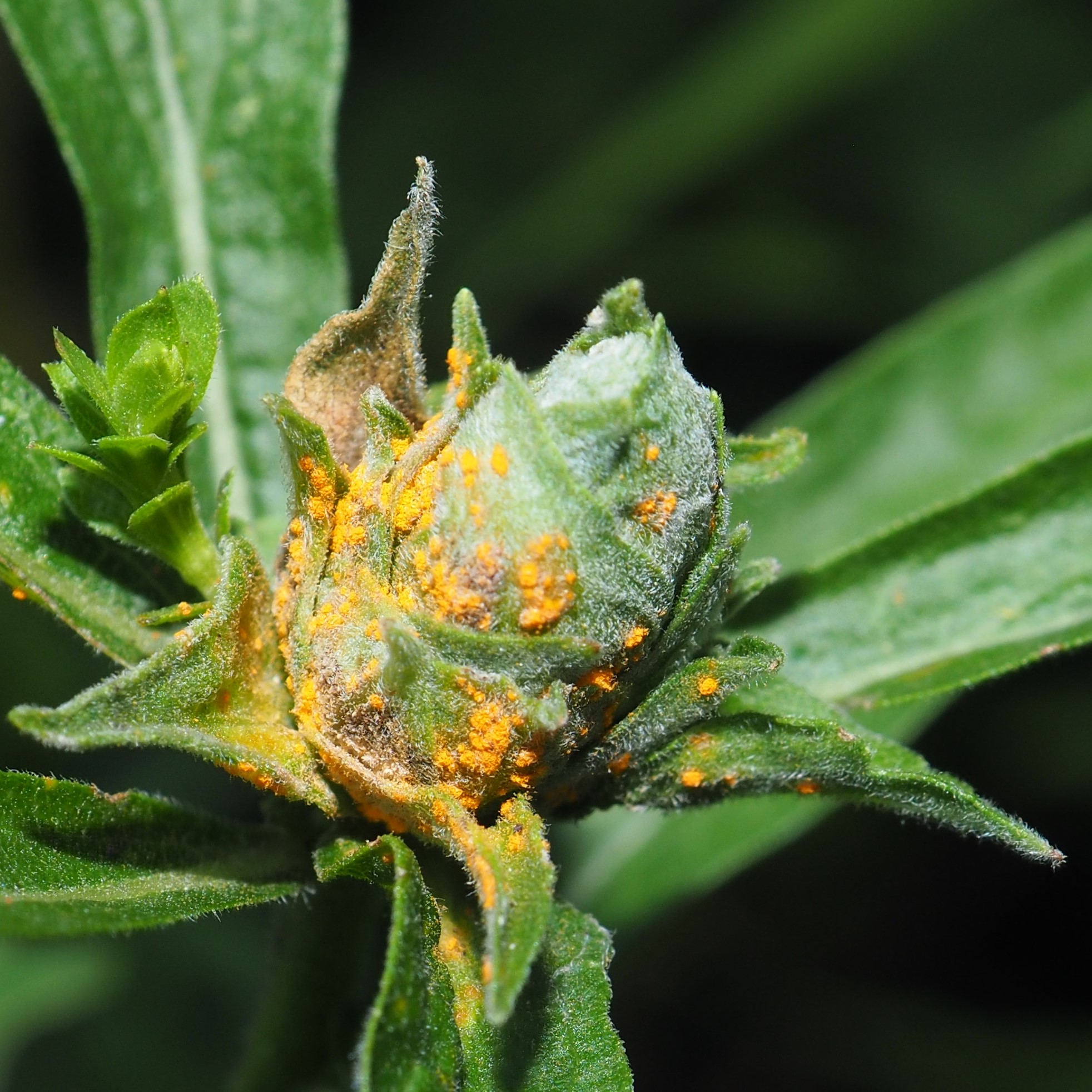
Oh, excuse me. I said Flowers. Well, the Goldenrod makes some of MY favorite Flowers. But you are probably panting for something that doesn't mean something is wrong. Here is some of the Phlox I bought at Horrocks years ago. And next is the "wild" stuff, Fall Phlox. Do you see any difference? Last is the Chinese Hibiscus that had a hard time blooming this summer. Maybe it was just too hot and dry.
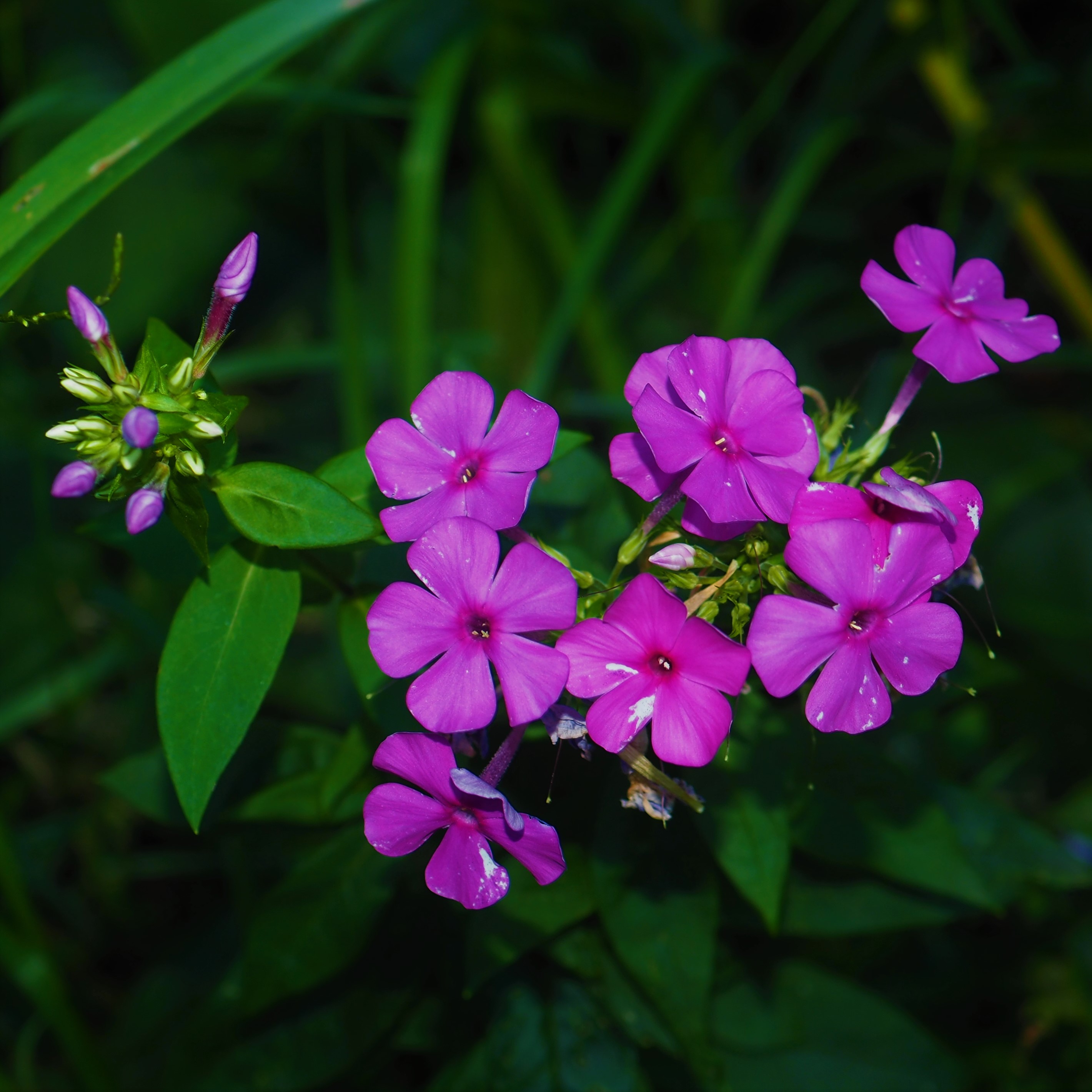
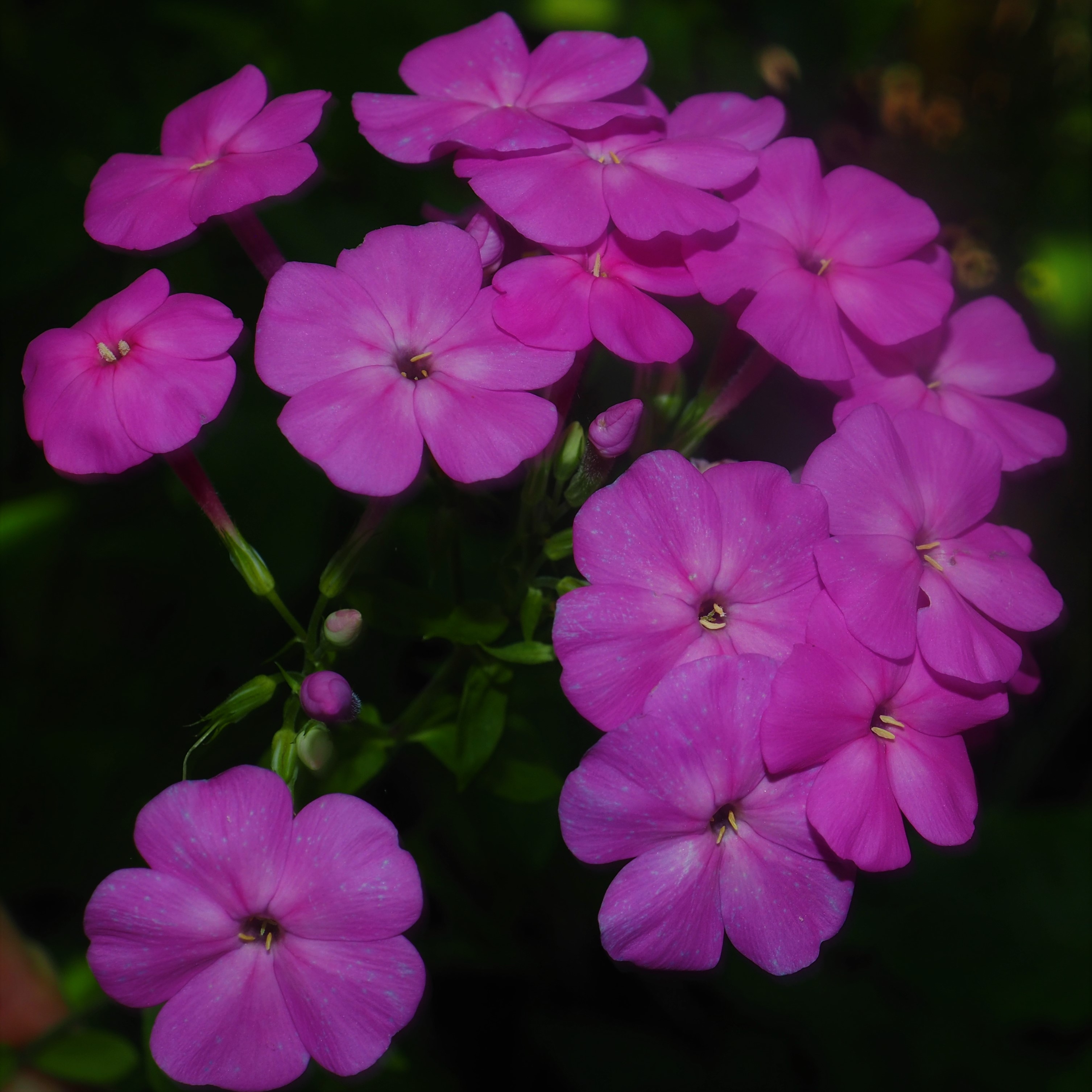
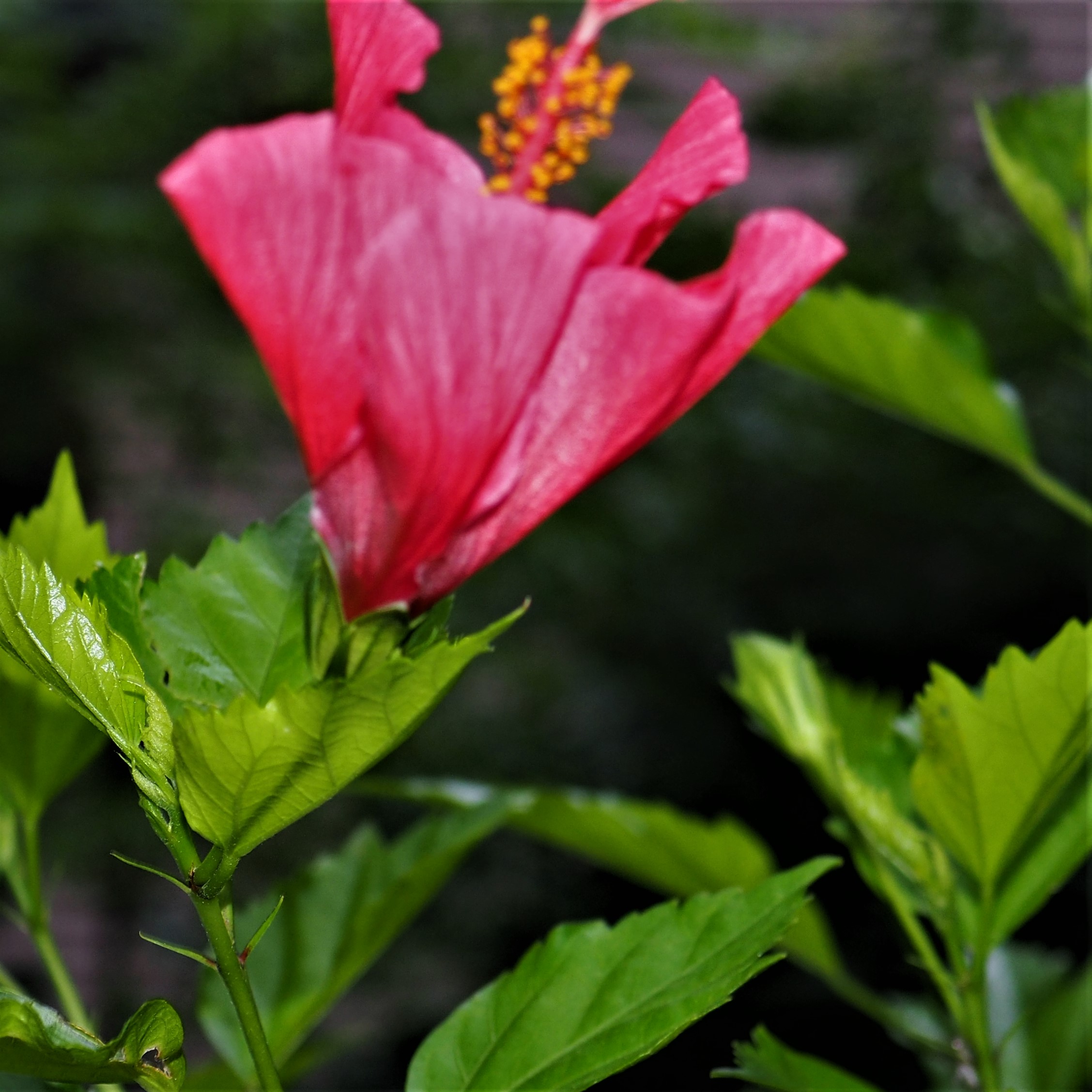
Here are three Dianthus blossoms. The first two are the ones that bloomed from last year's roots and the third is the Deptford Pink, that little jewel from the front yard.


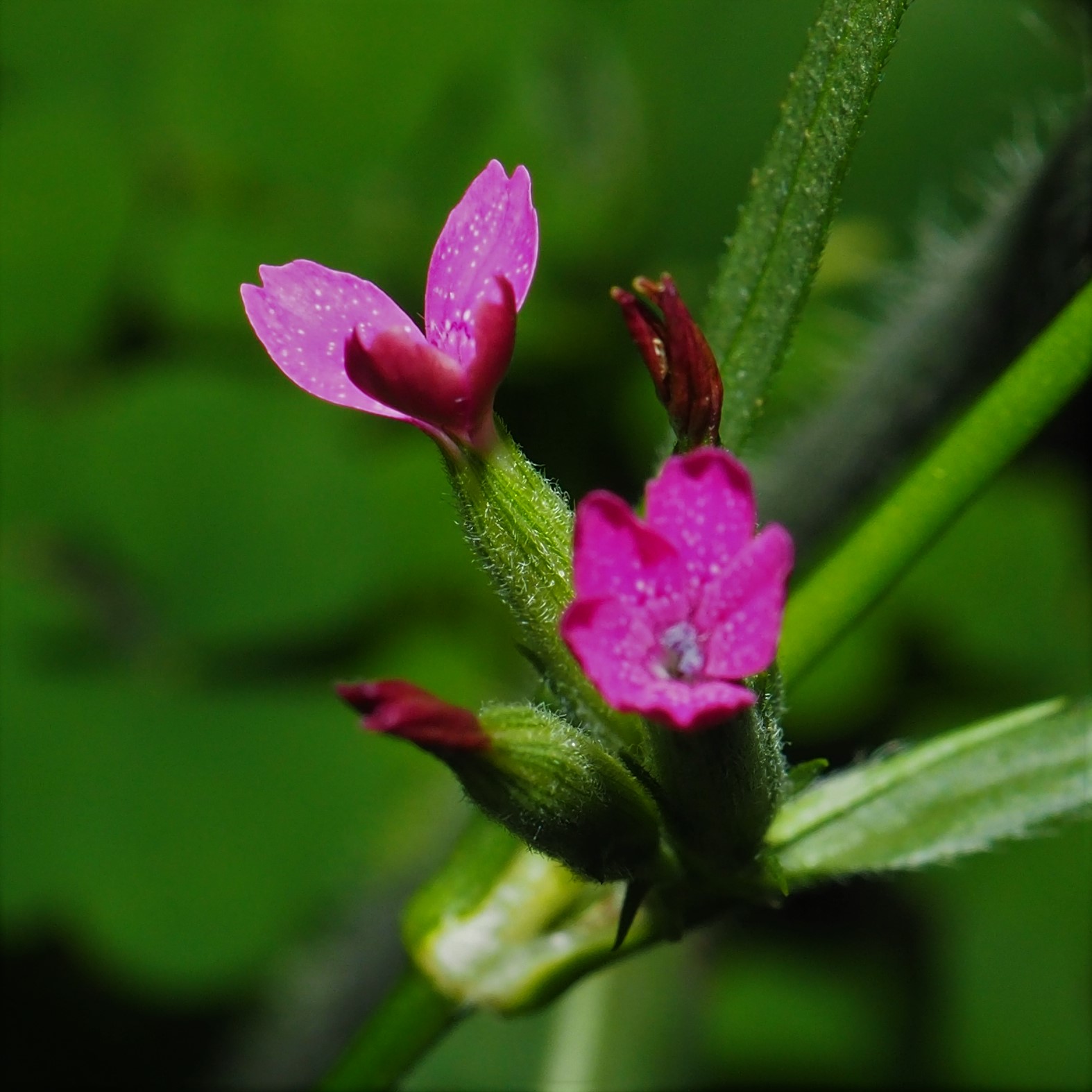
First is the August Orange late Daylily. Then comes the Trumpetvine, which bloomed big the first time and is now coming back. And the glory of the pond (after the fishes of course), the Water Lilies.

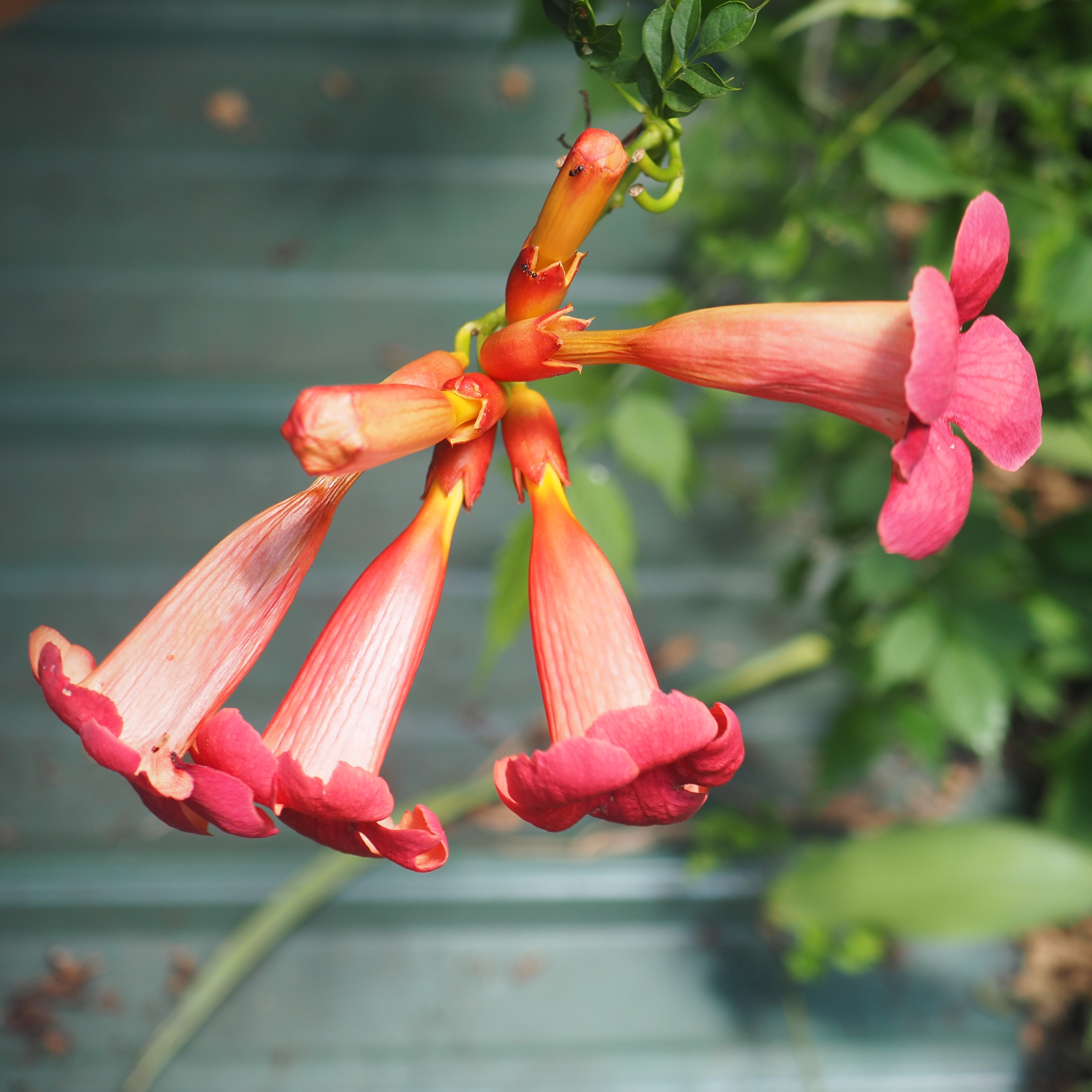
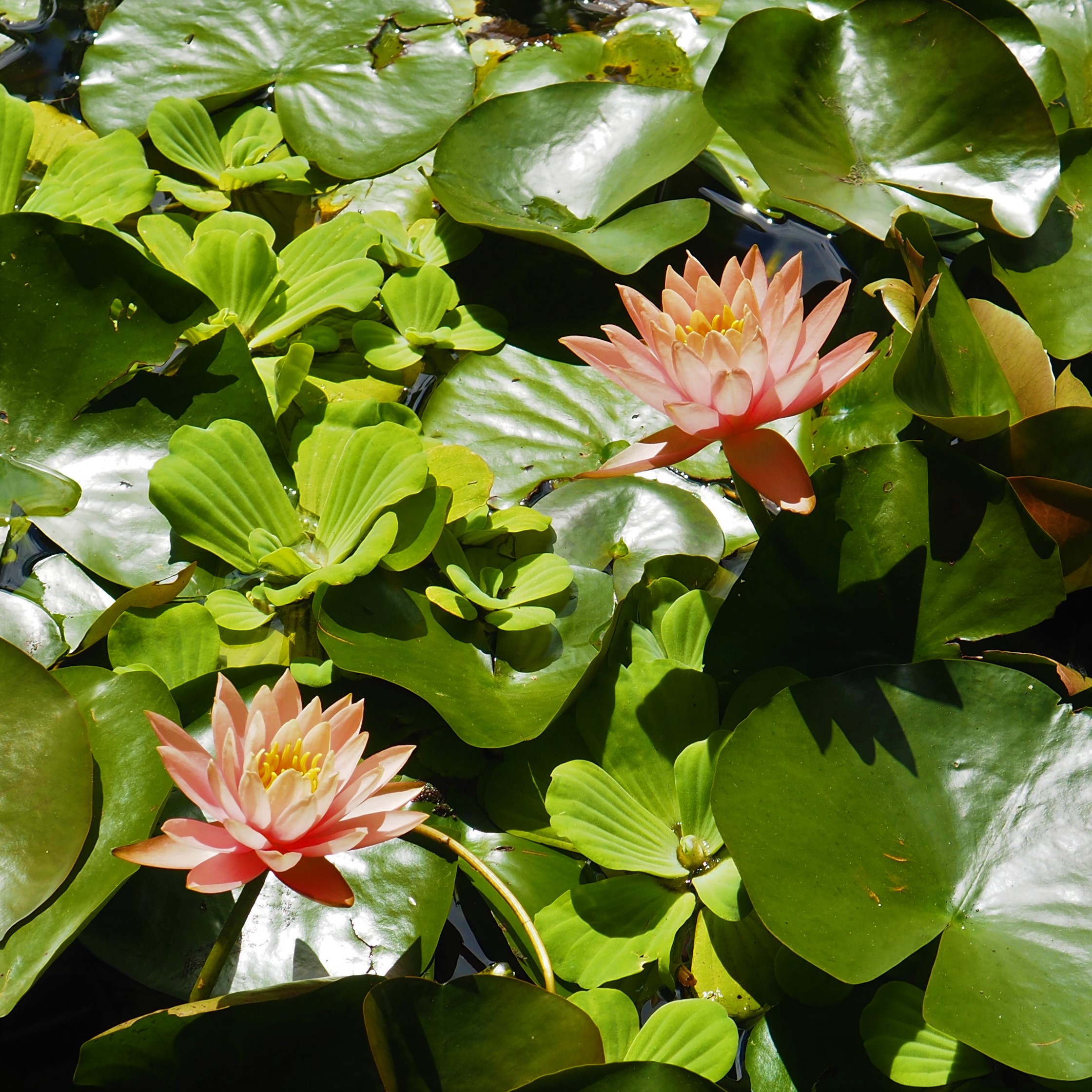 We had a couple of Orthopterans - a Cricket of subfamily Hapinthinae and a lovely all grown-up Scudder's Anglewing Katydid (last two pictures).
We had a couple of Orthopterans - a Cricket of subfamily Hapinthinae and a lovely all grown-up Scudder's Anglewing Katydid (last two pictures).
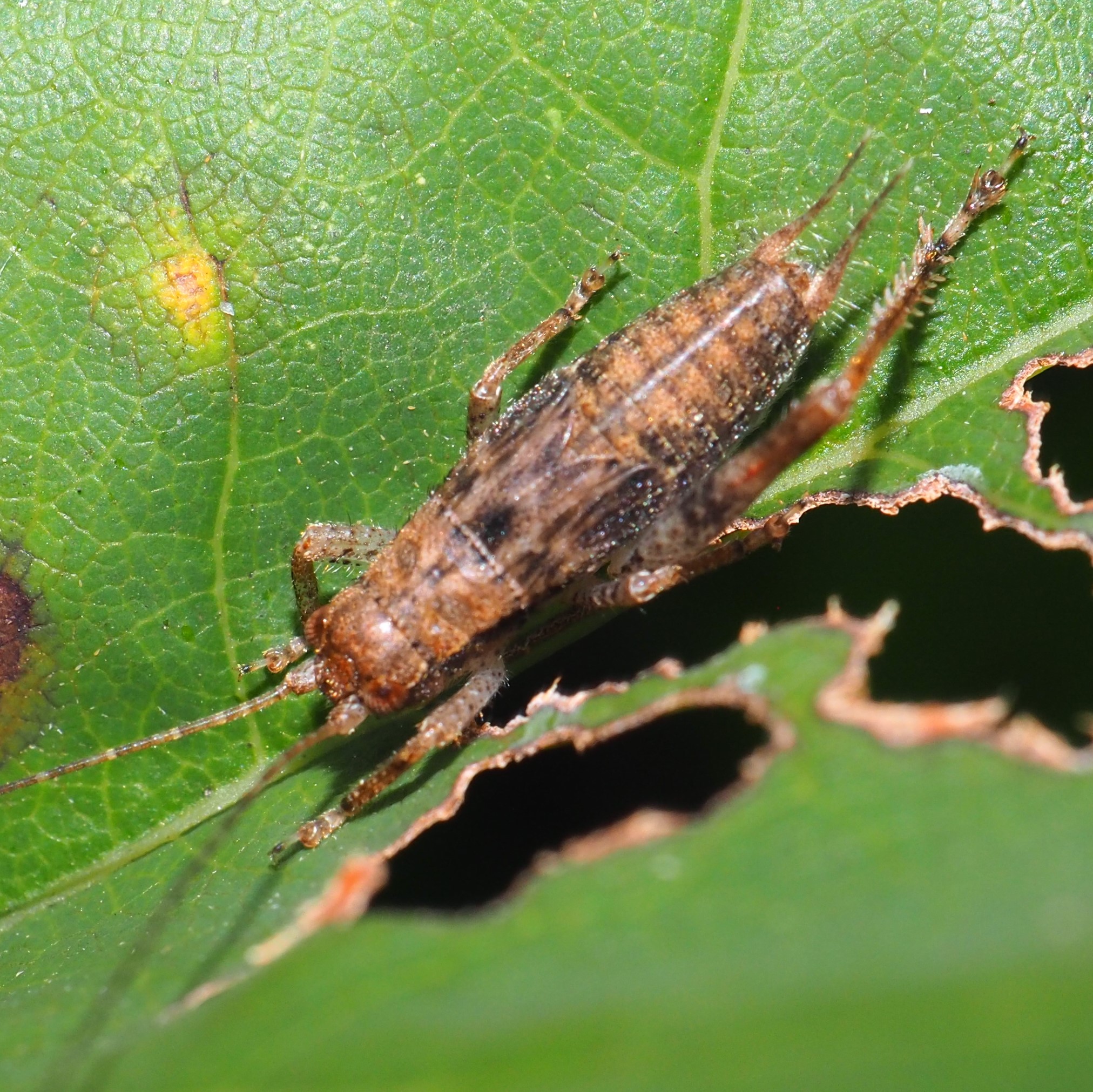

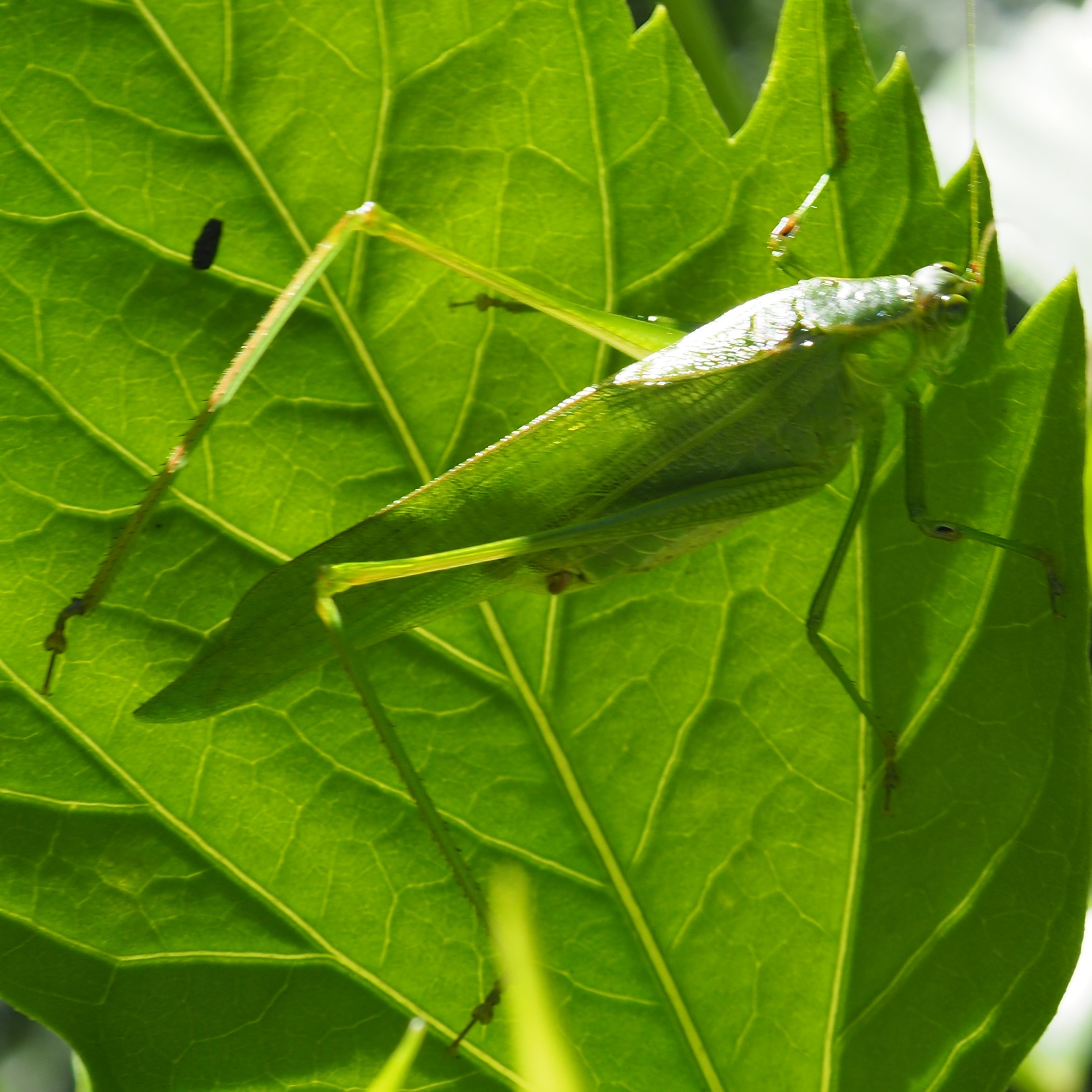
Here are some of our Harvestmen. We have several color combos, but after posting 4 that looked different to iNat during the Bio-Blitz last week, I heard that they were all the same species with some differences bases on age and sex. I think these are all the same Eastern Harvestmen.
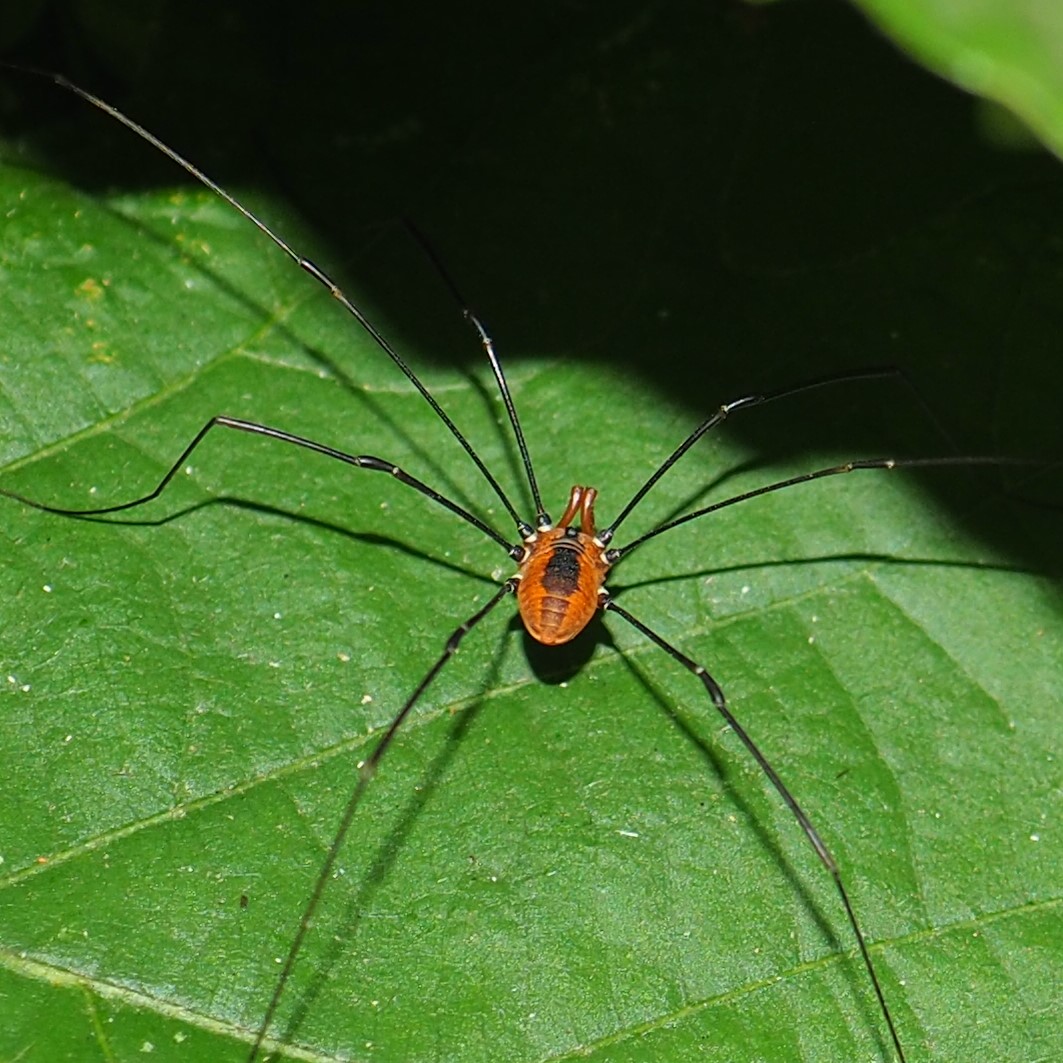
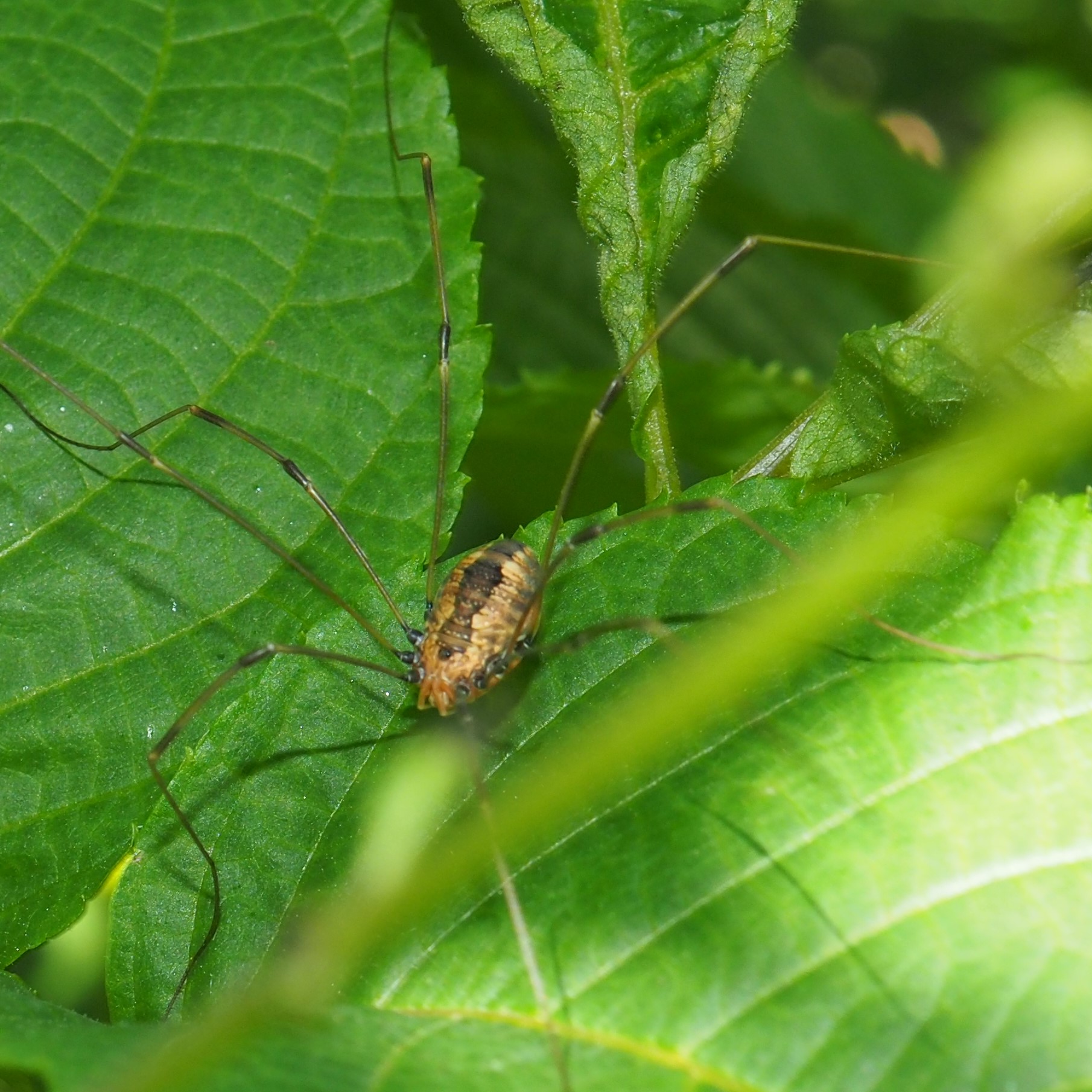

Now for our Spiders. Let's start with some exciting Cobweb Spiders. This first one is laying an egg mass. Next is just showing off its long legs. Third is a Ghost Spider.
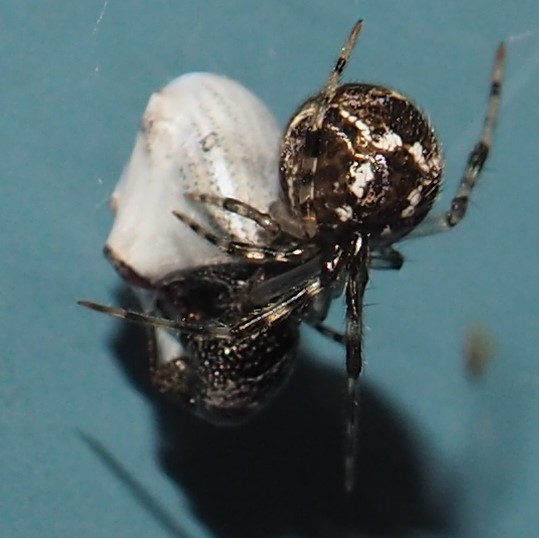

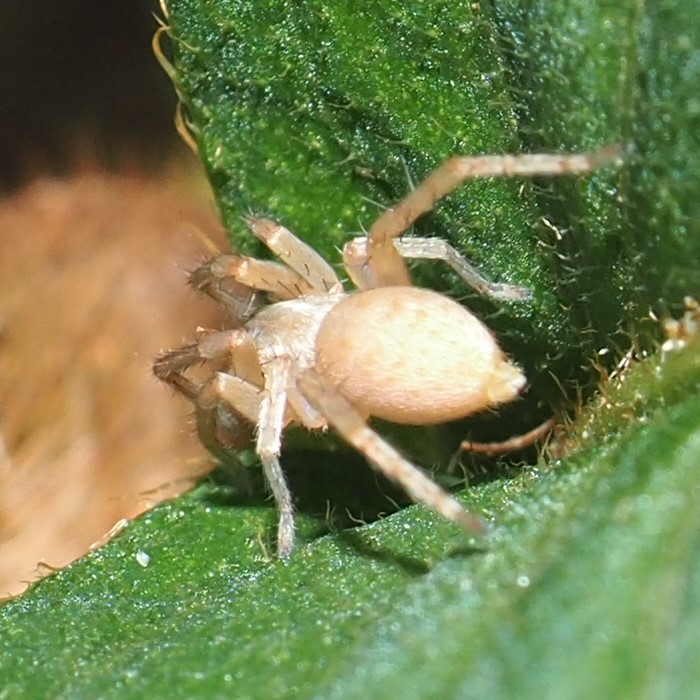
The Common House Spiders don't want you to know it, but they are also Cobwebbers. Here's a nice one. And another. They can have many looks. Brown to Black. Long-legged to shorter. This third one may be a male. If he is, he will gradually turn red.
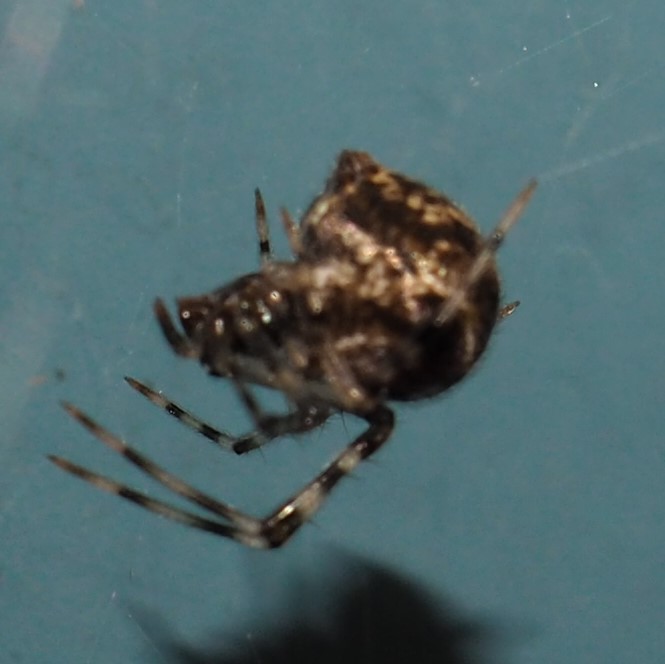
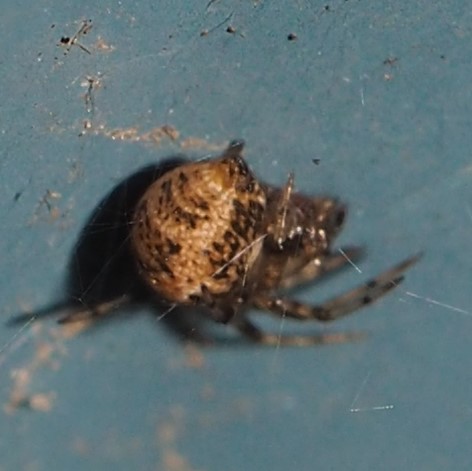
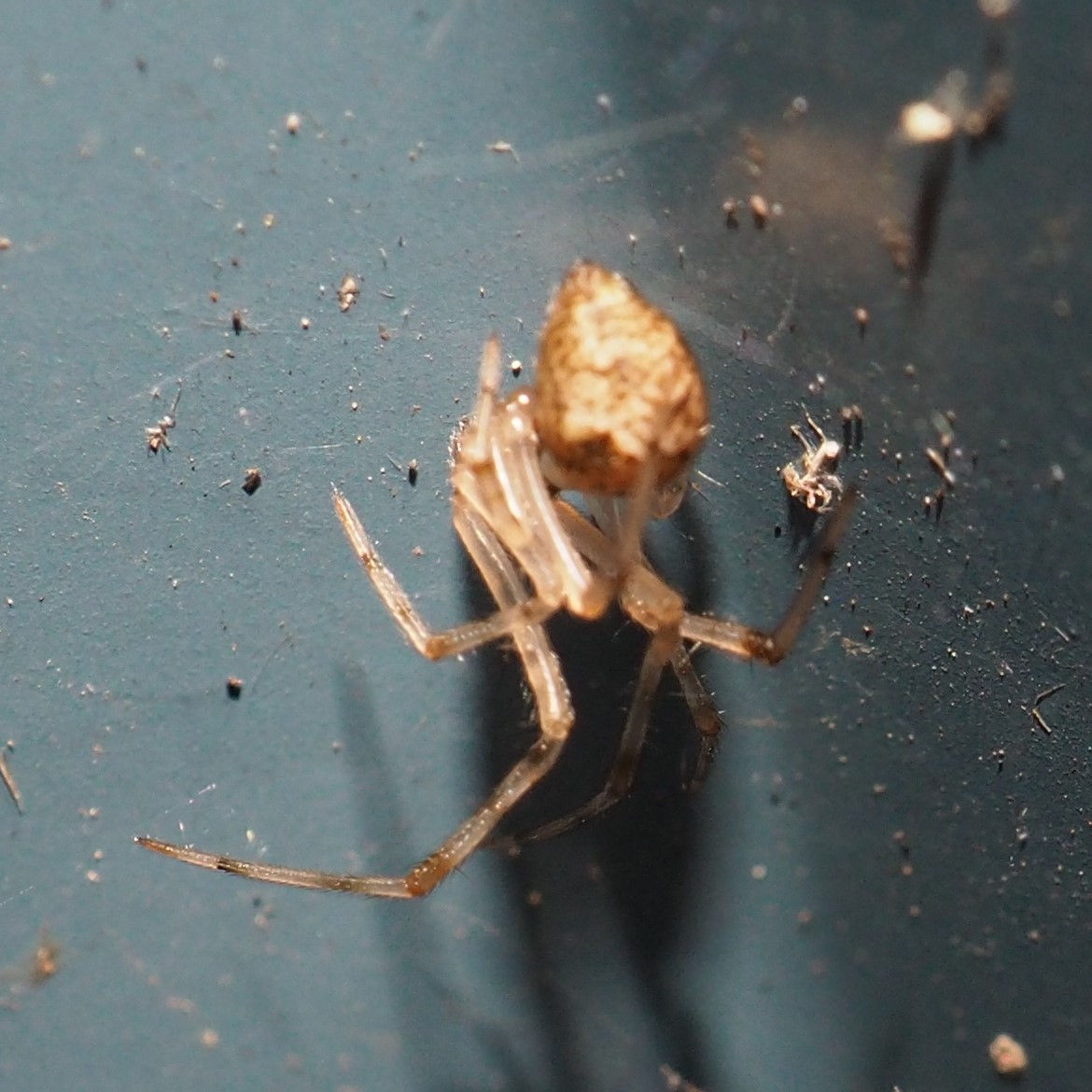
Here's a nice Crab Spider, of genus Mecaphesa. I find them very aesthetic.
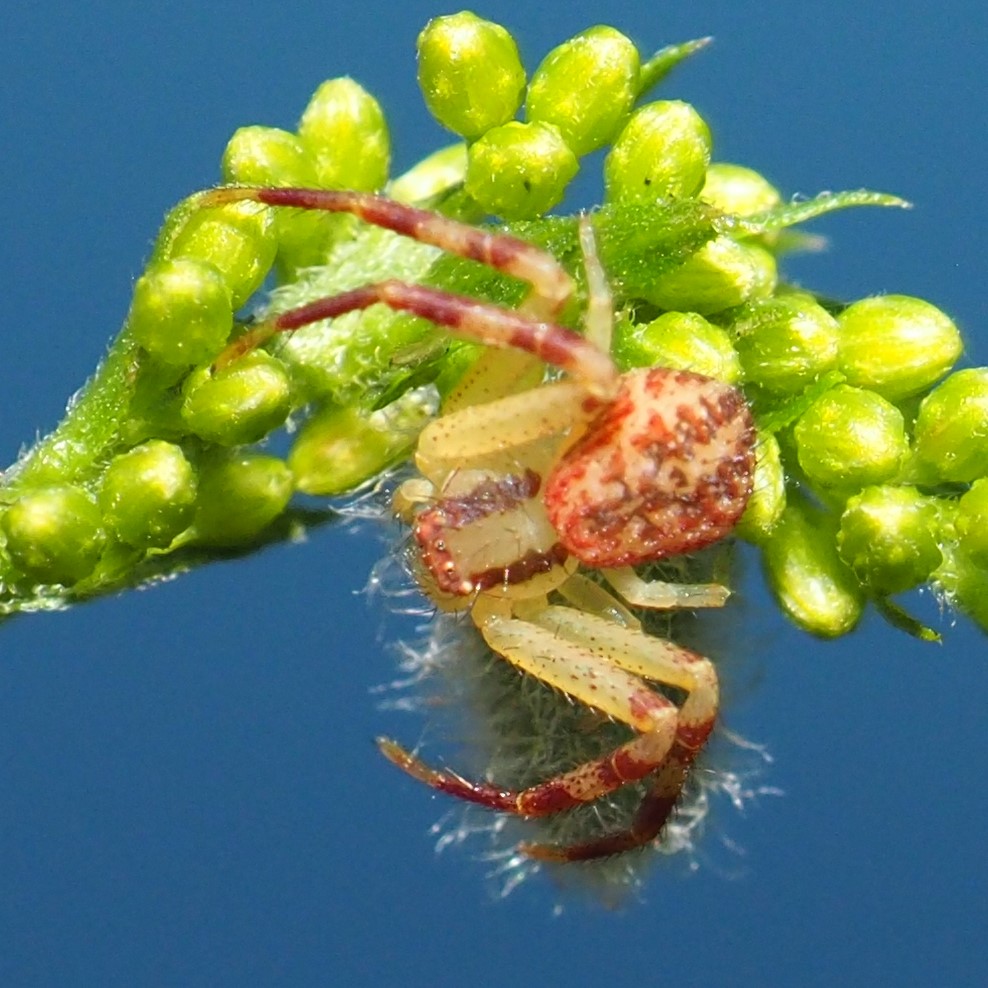
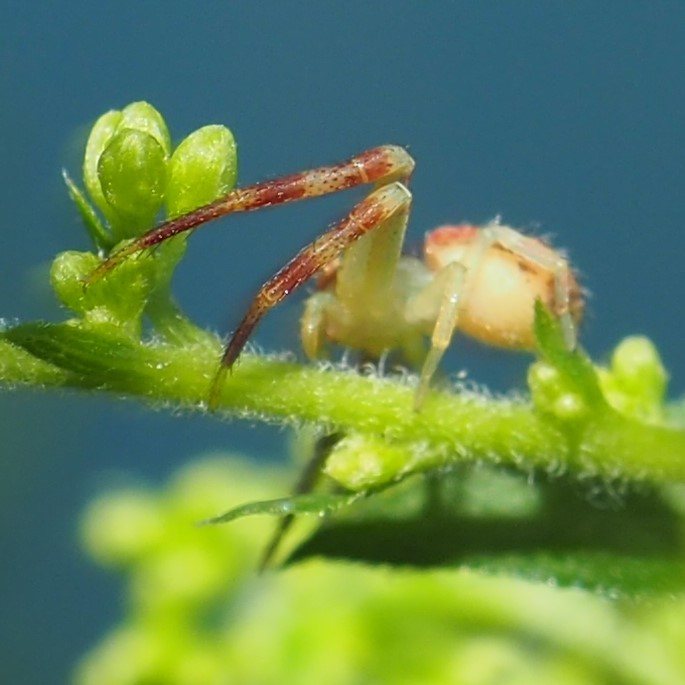
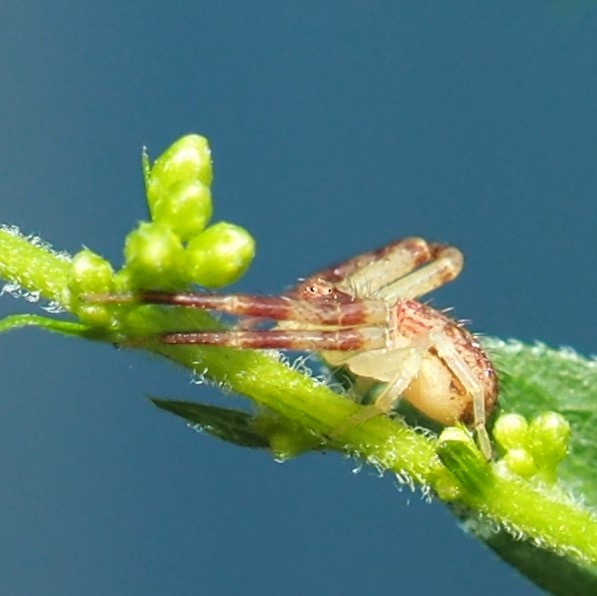
I had labeled this first one "mystery" but I think it's another Common House Spider. The second is still a mystery - she has carefully displayed her catches. The third is a real mystery. It was in the front yard making an egg case. Must be the season!
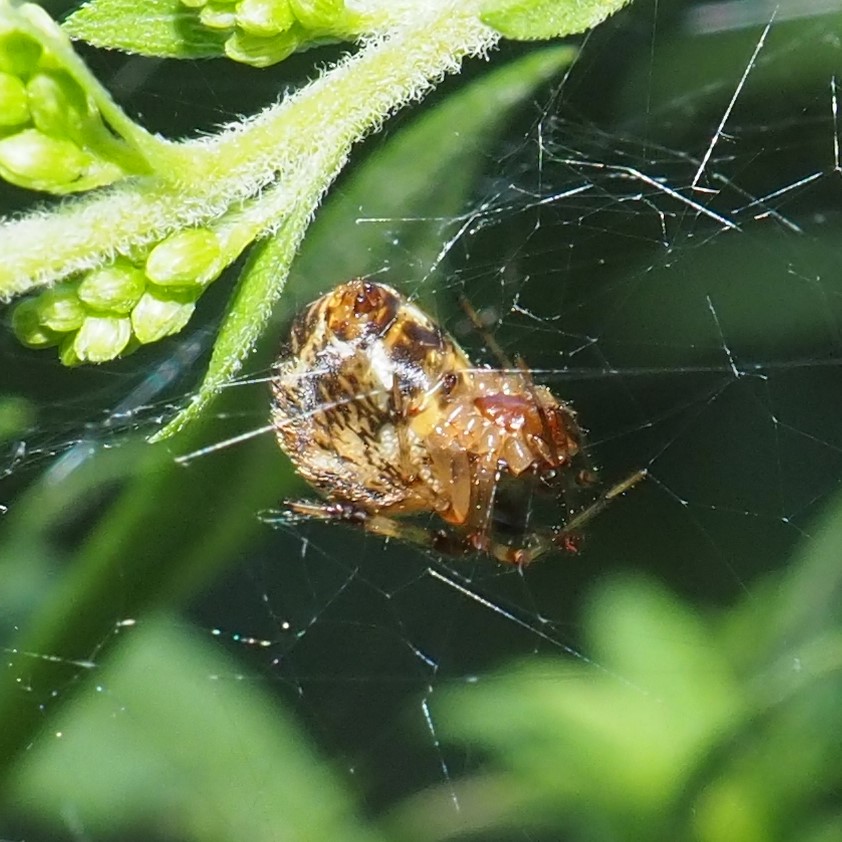


The Toadlets continue to come up out of the pond and head for the bushes. Here are four at once coming out once the pond is filled to the top. The others have gotten to dry land.
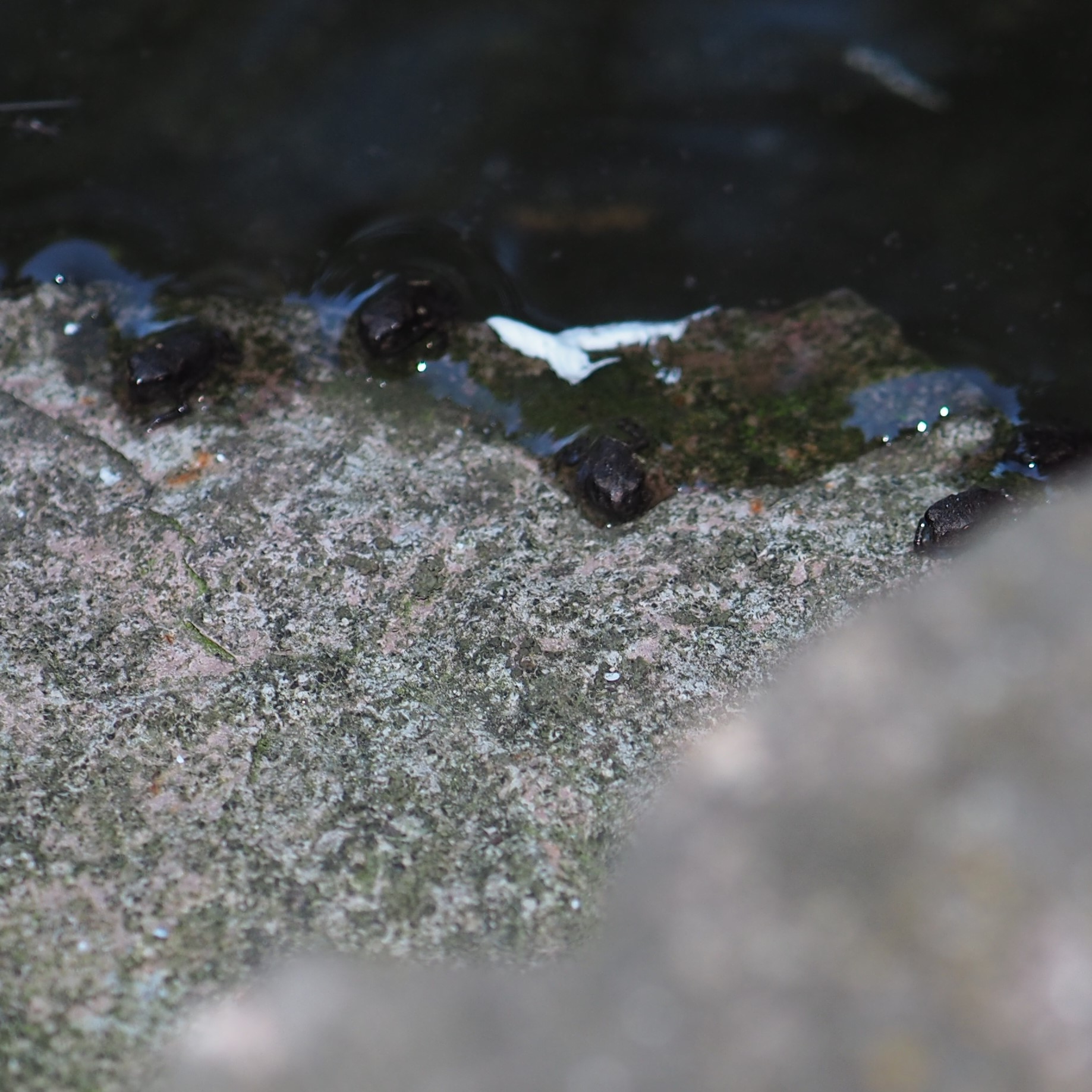
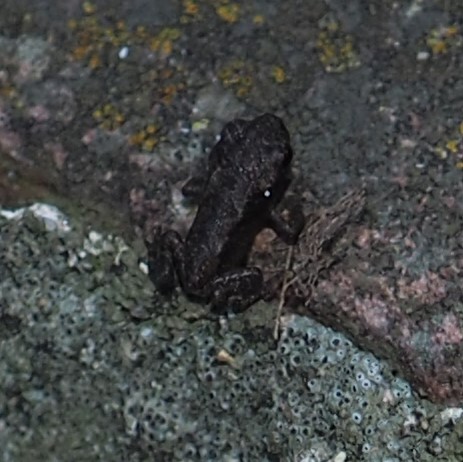

Here is another of those colorful Chalcidoid Wasps (two pictures). Third is a paper wasp of genus Polistes but I'm not sure which one.


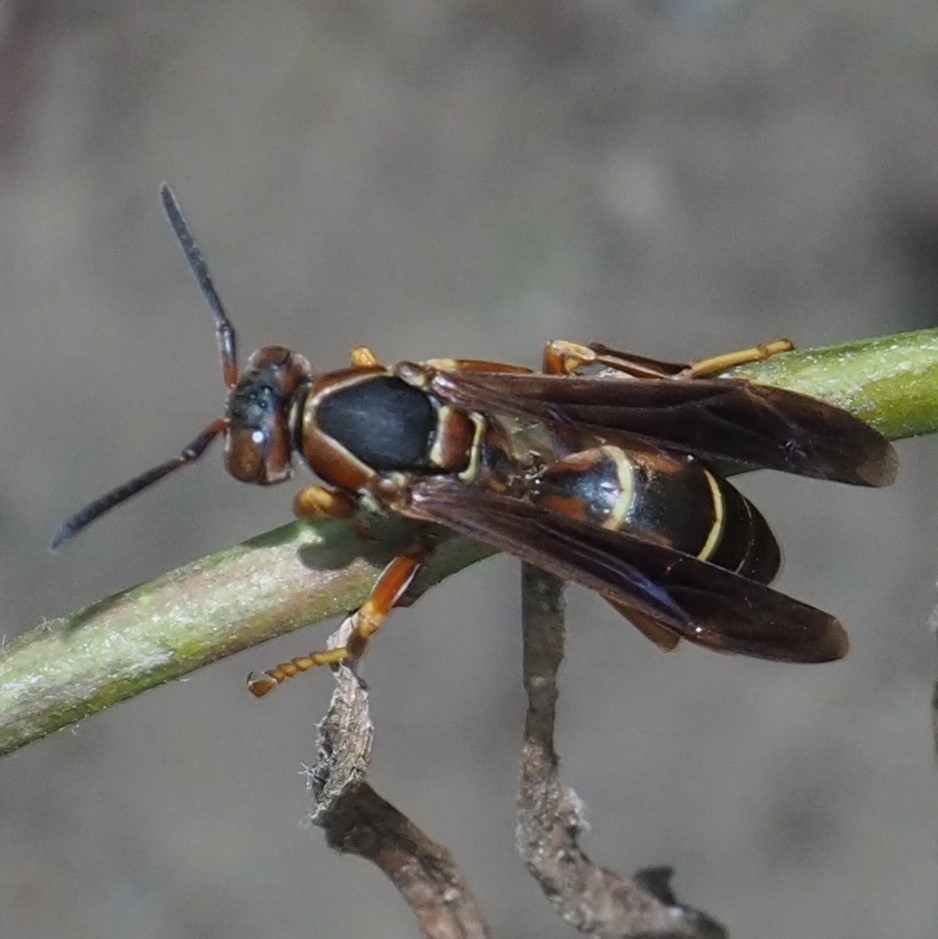
Finally, three little wasps.
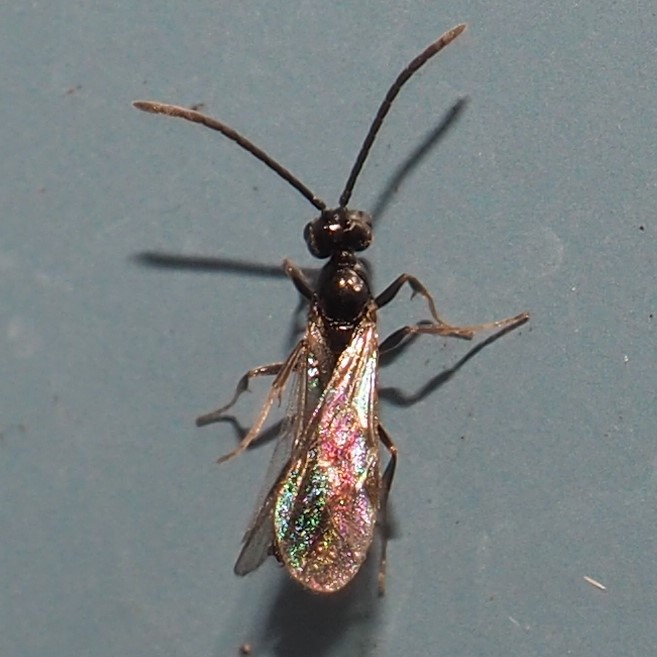
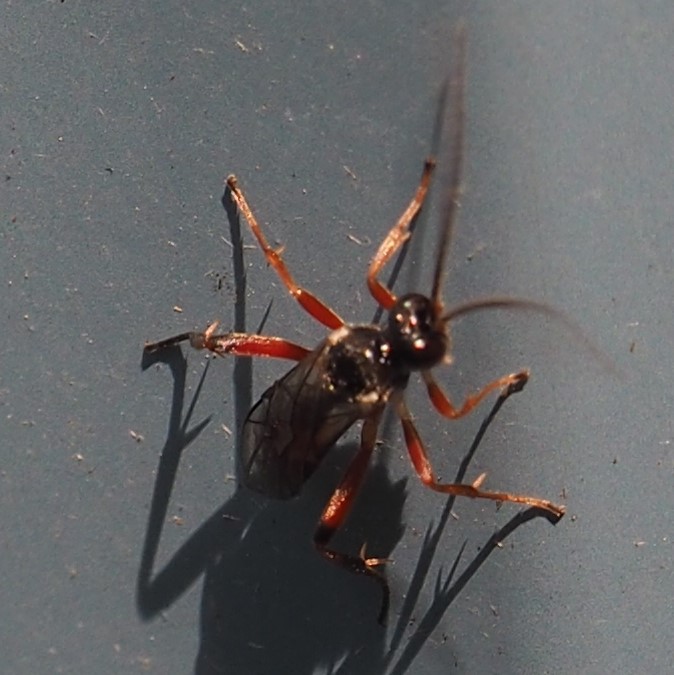

A few more Flower pictures. The Spiderworts still have a few blossoms. The tall Common Evening Primroses have a few flowers at eye level. And the Japanese Anemones are just about to open!
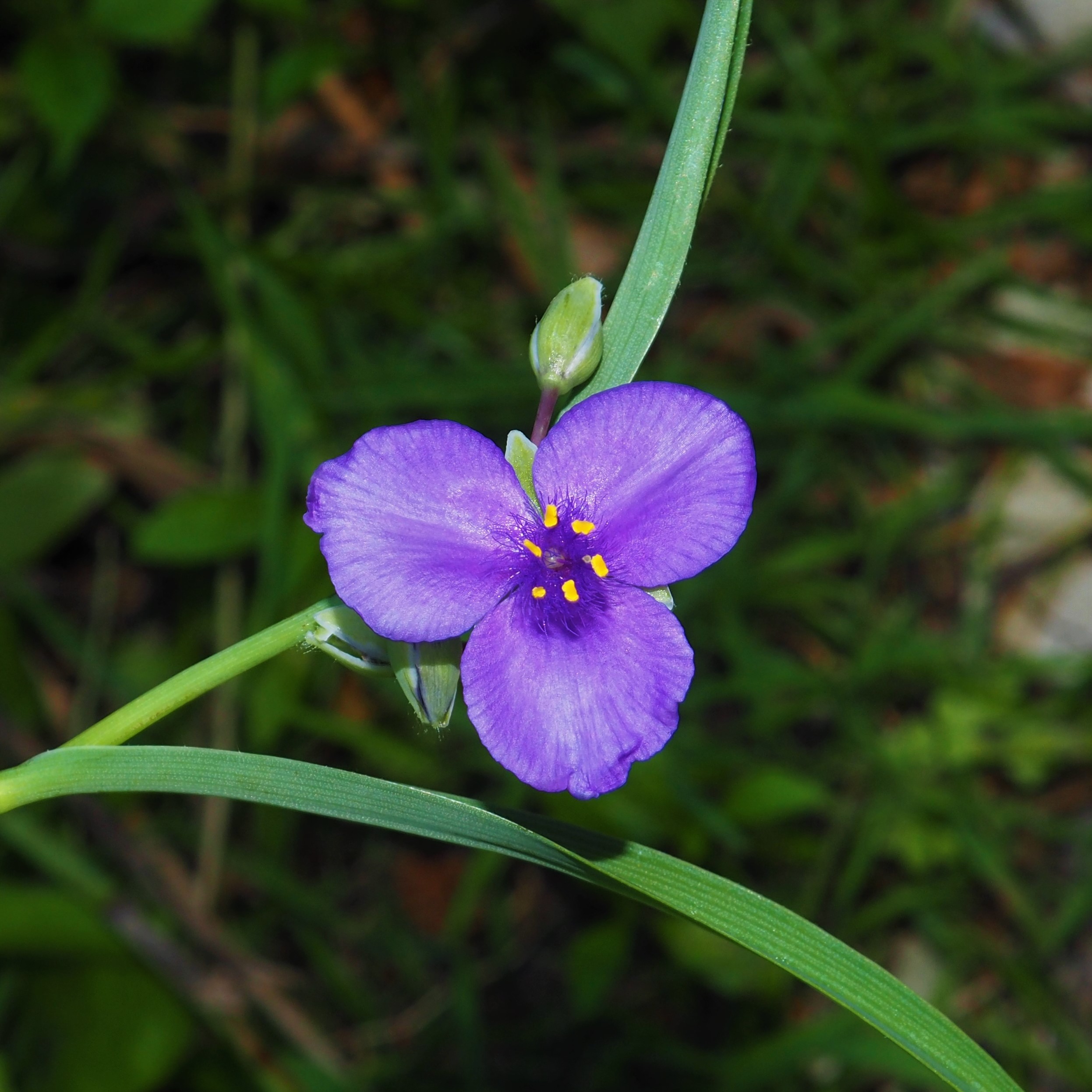

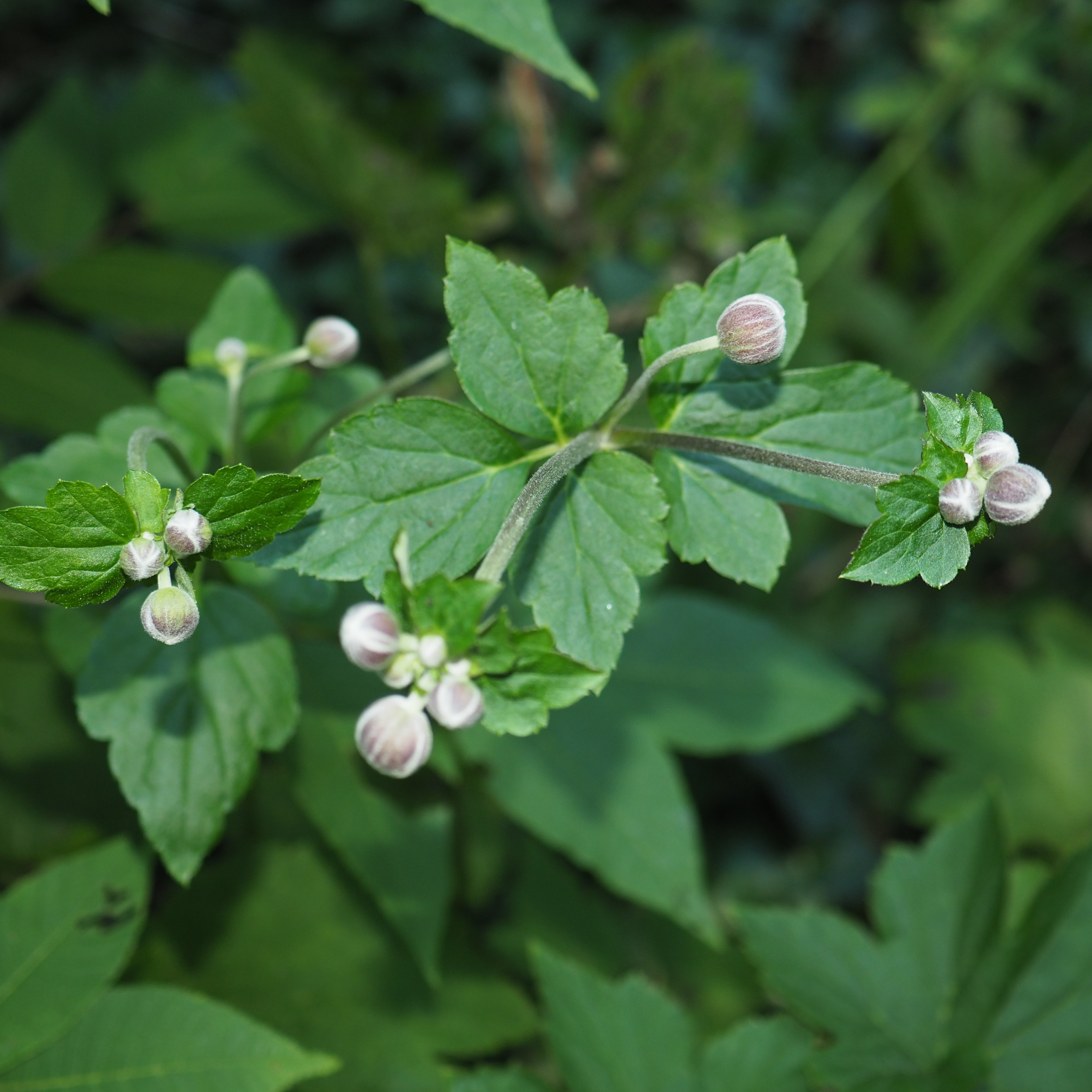
And here are some Japanese Anemone morphings from last year.
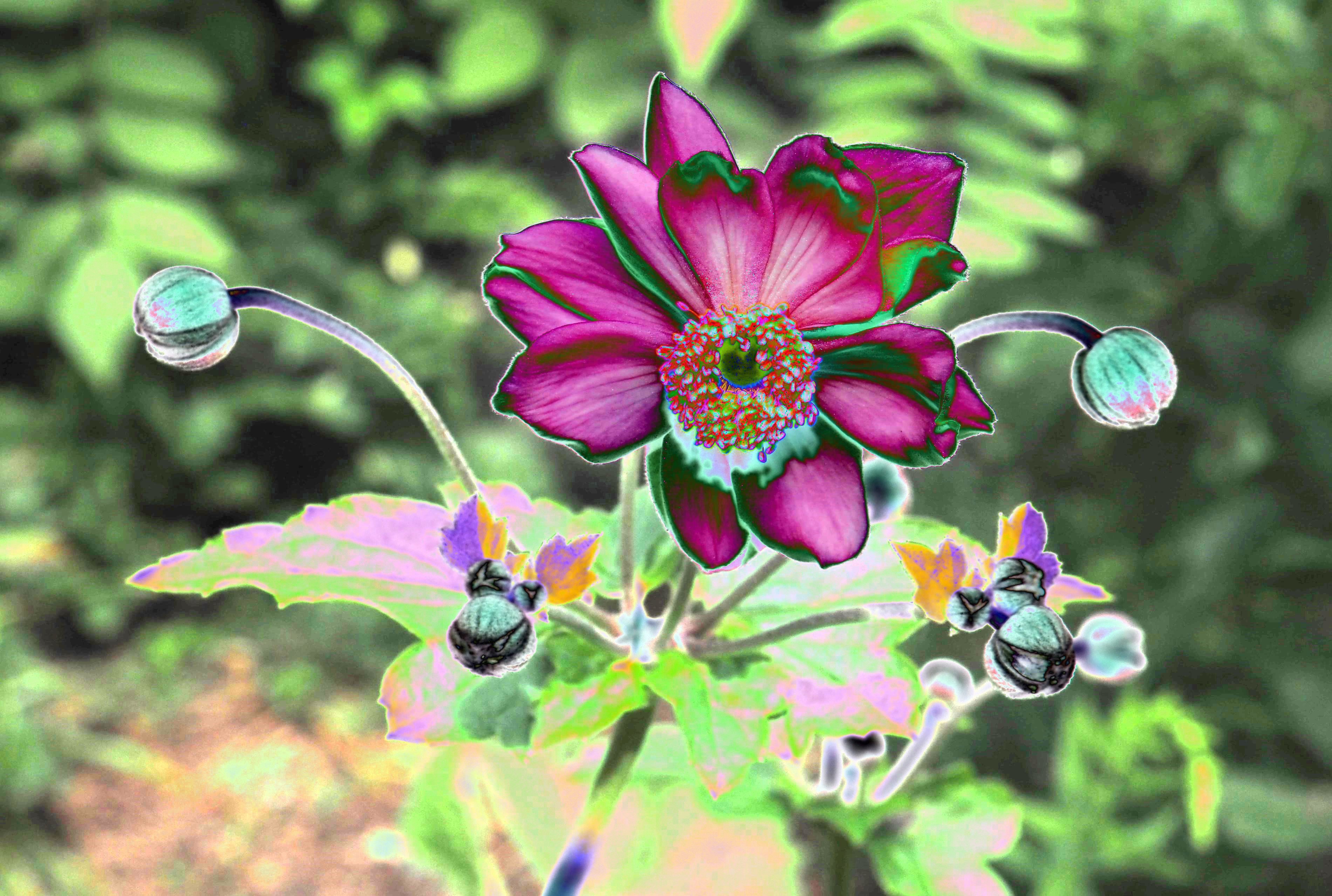
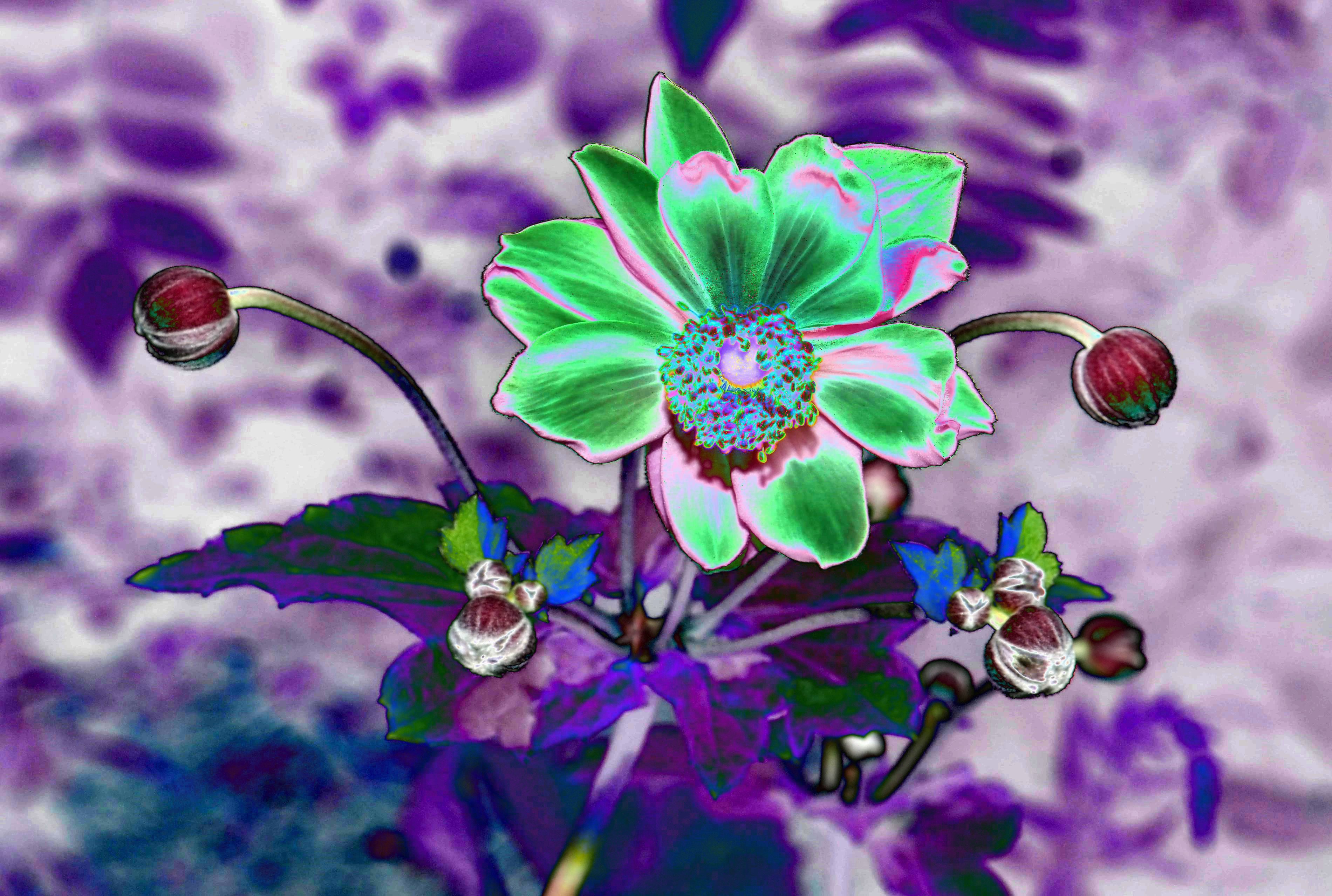
Another week. I hope it passed well. It has now been many months of isolation but not really isolation. Locally, things go on and we hear about them. Friends call and a few come for an hour by the pond. And we have Zoom. I've been practicing on scheduling a meeting and think I have the basics down. So here's the invitation - email me if you would like to attend a simple Zoom party on Wednesday, August 26. I'm thinking of something about noon my time - I think most people on this list are at most 6 hours later. If this isn't good, please let me know and I'll schedule another party for Thursday, August 27 in the morning (here).. This is your invitation!
Love, Martha
Back to August 16, 2020
Forward to August 30, 2020
Back to main menu
copyright Martha O'Kennon 2020
















































































































































